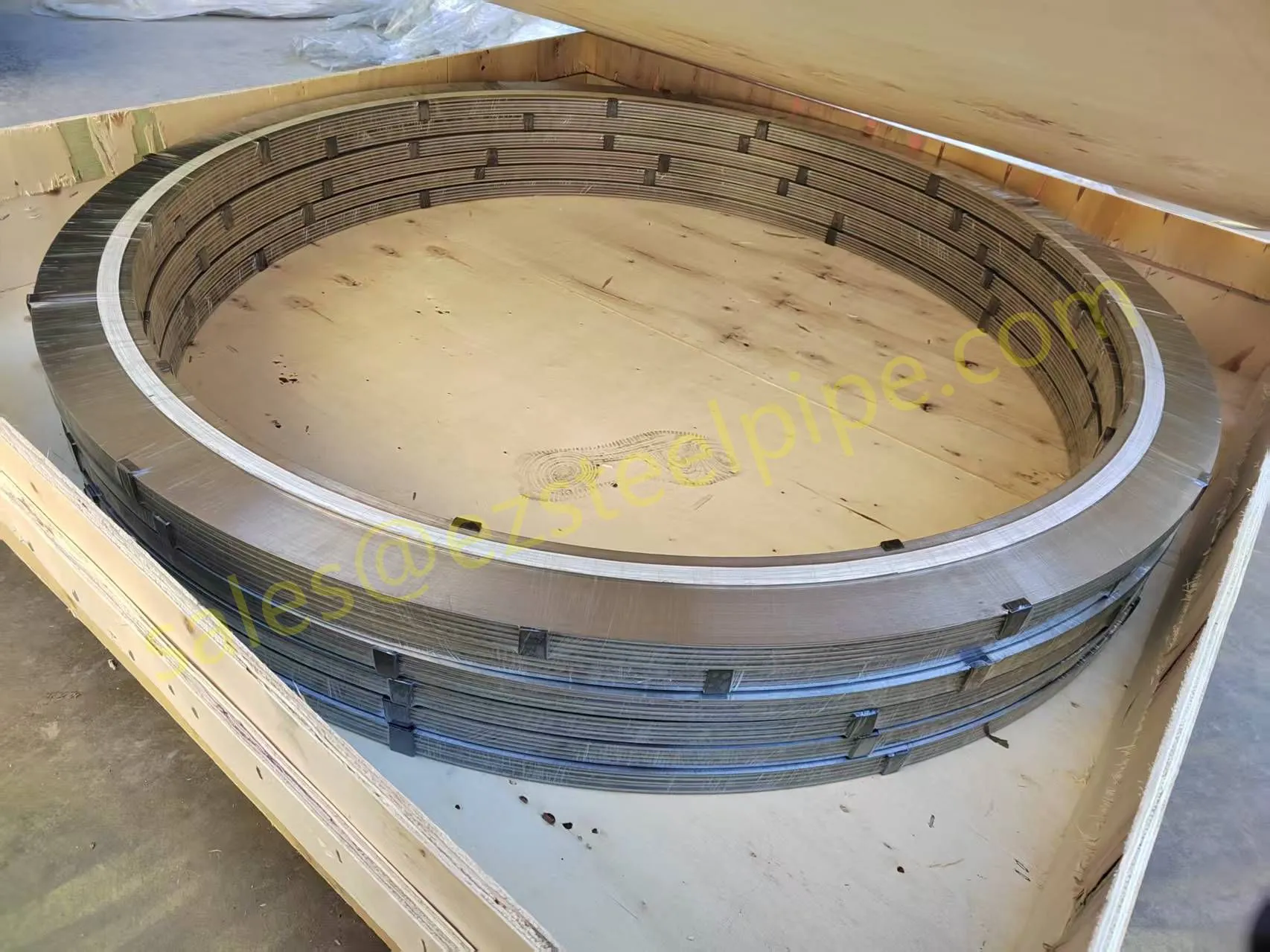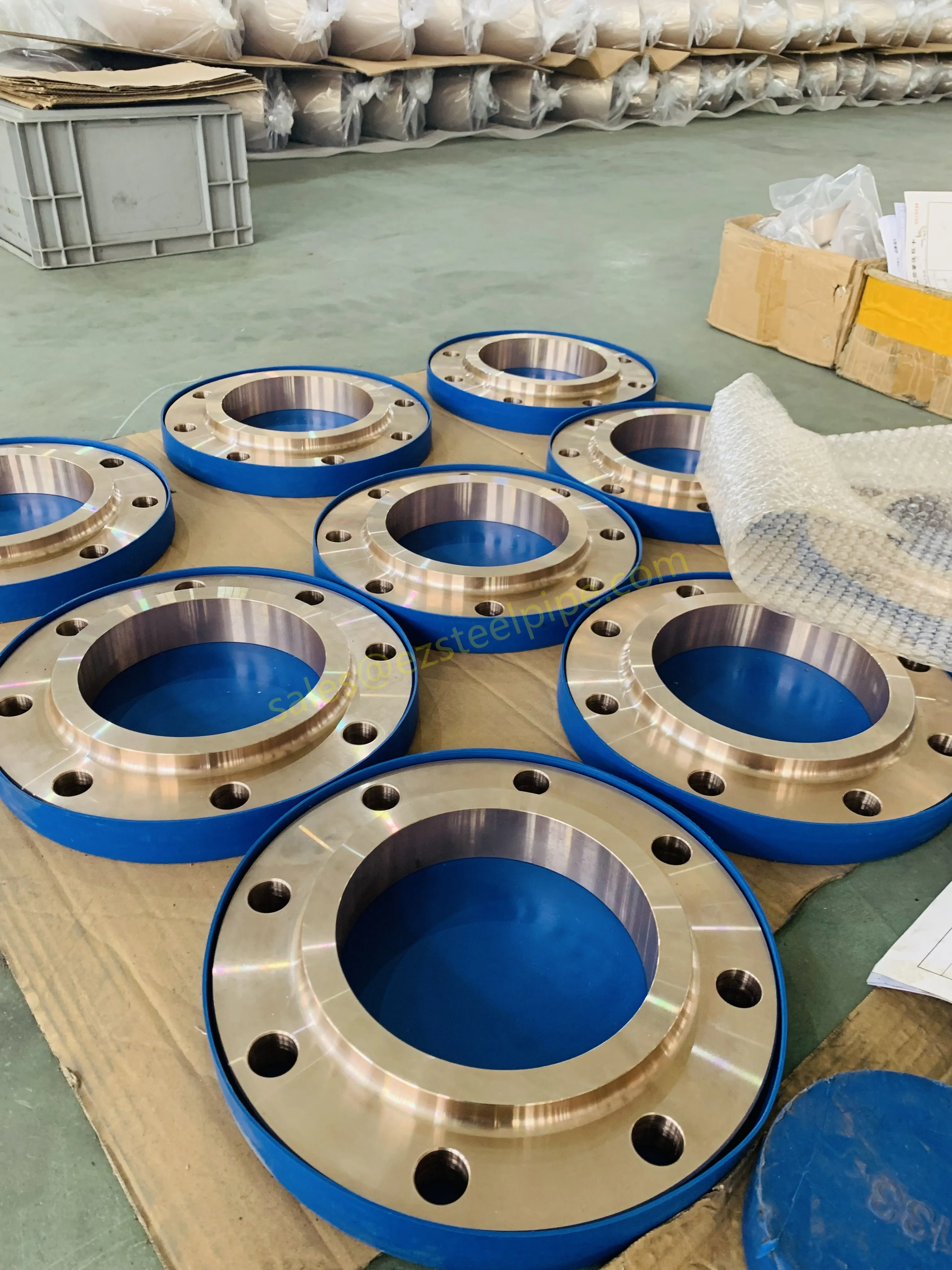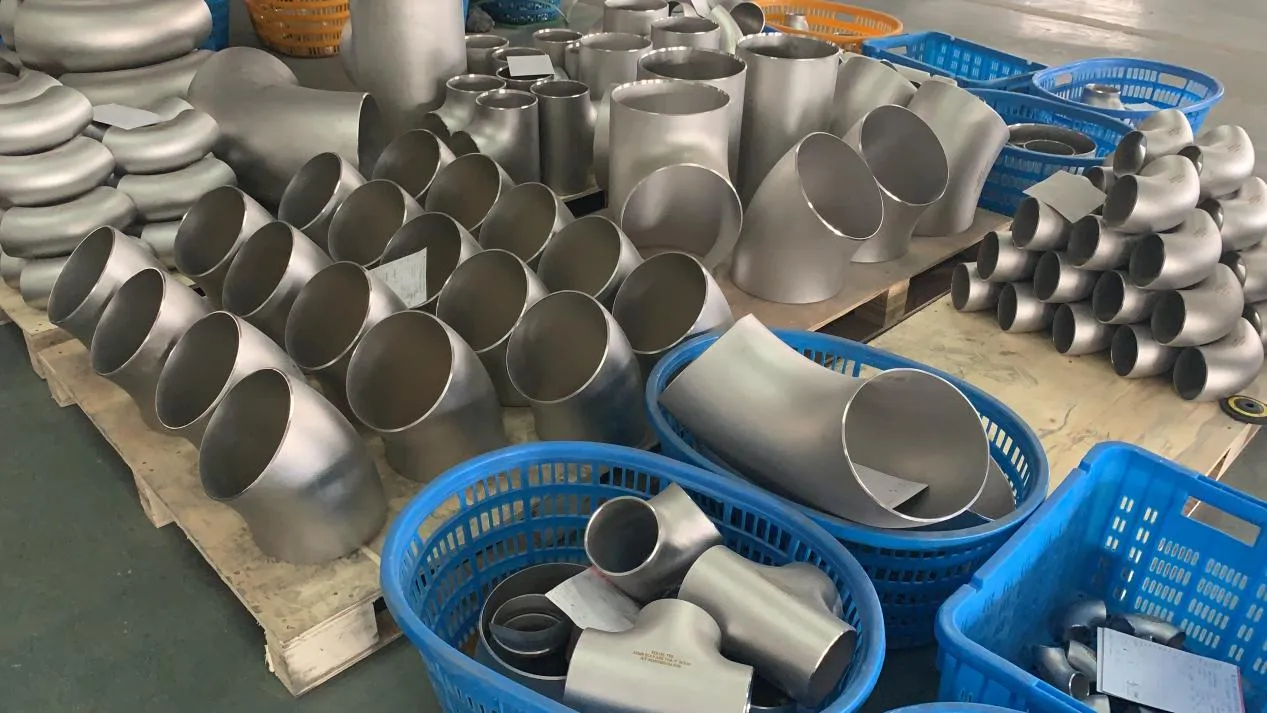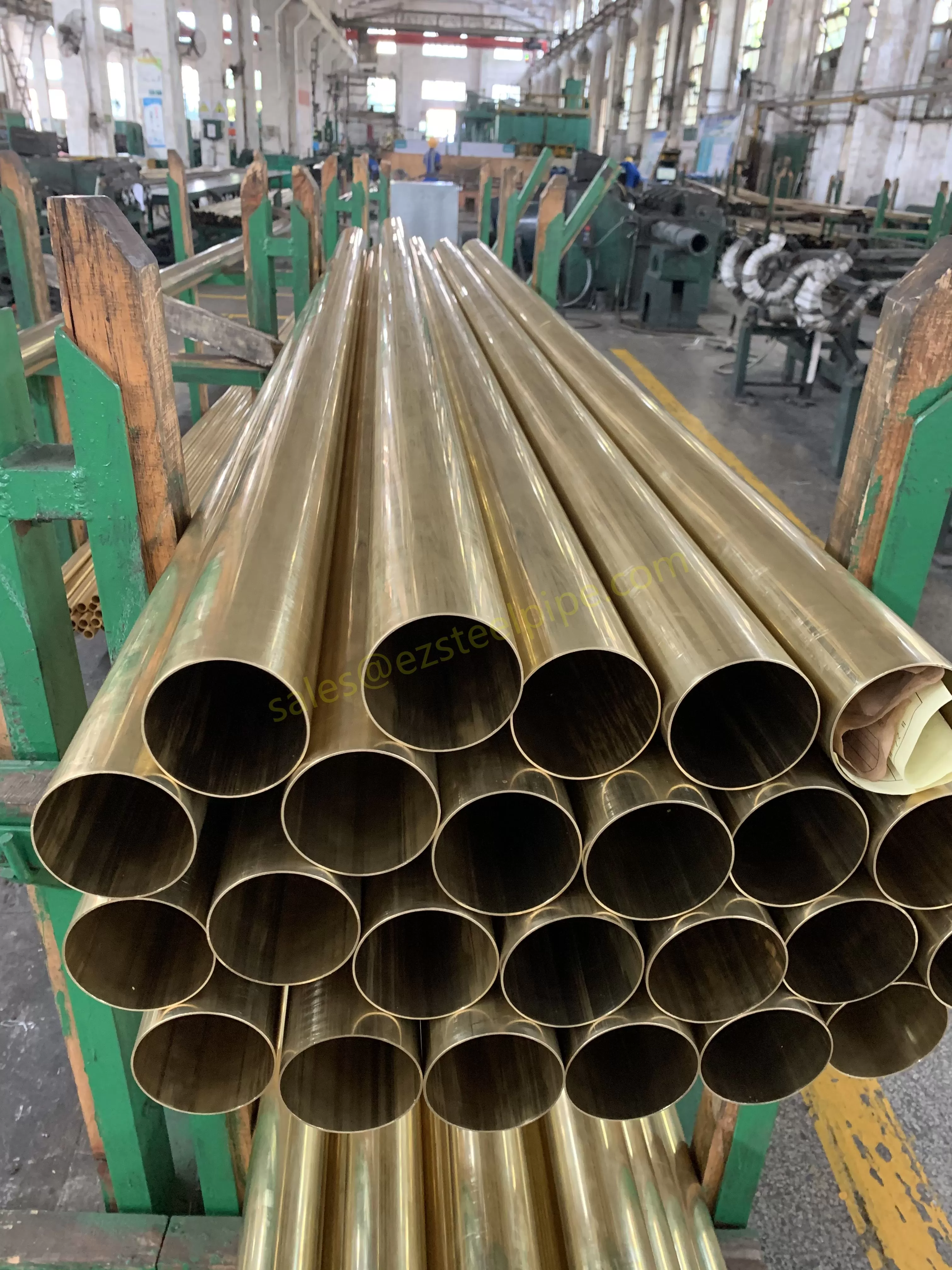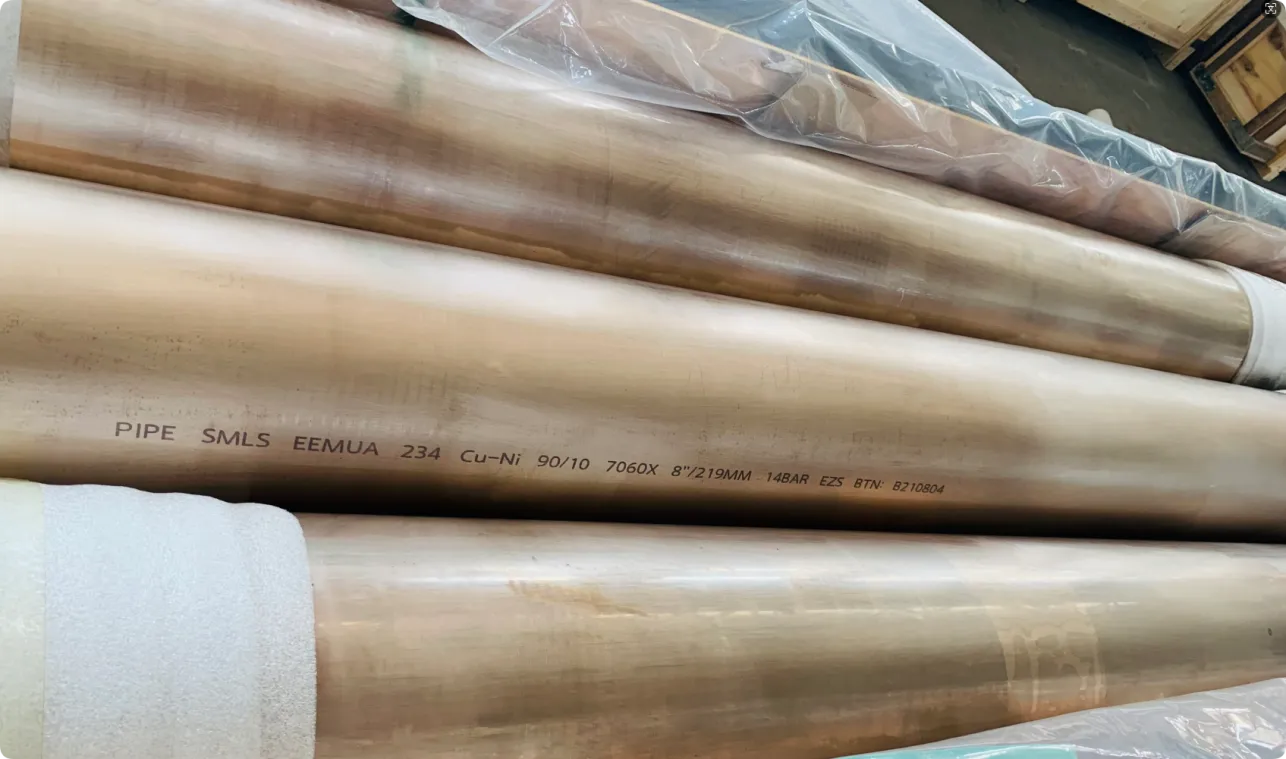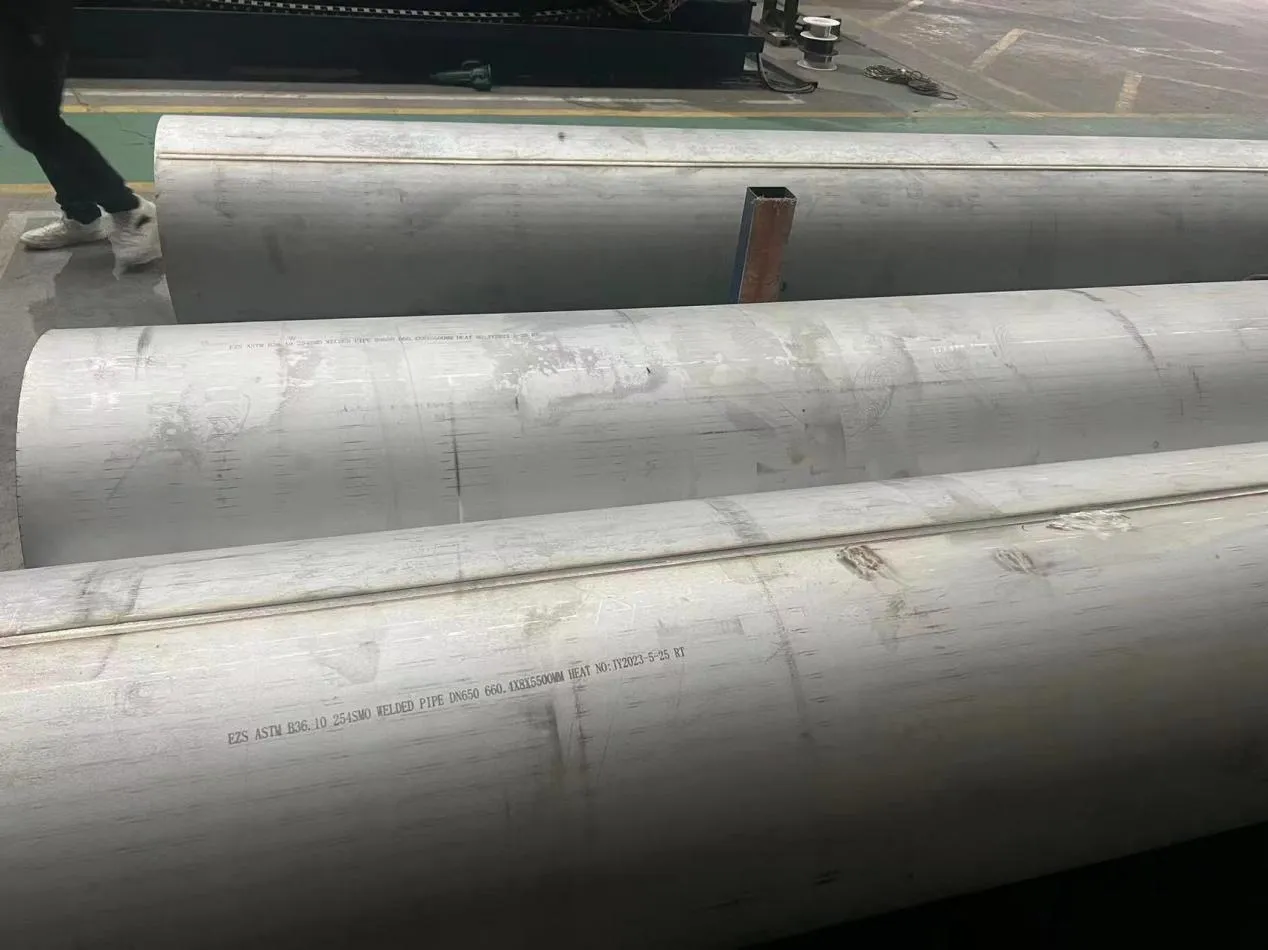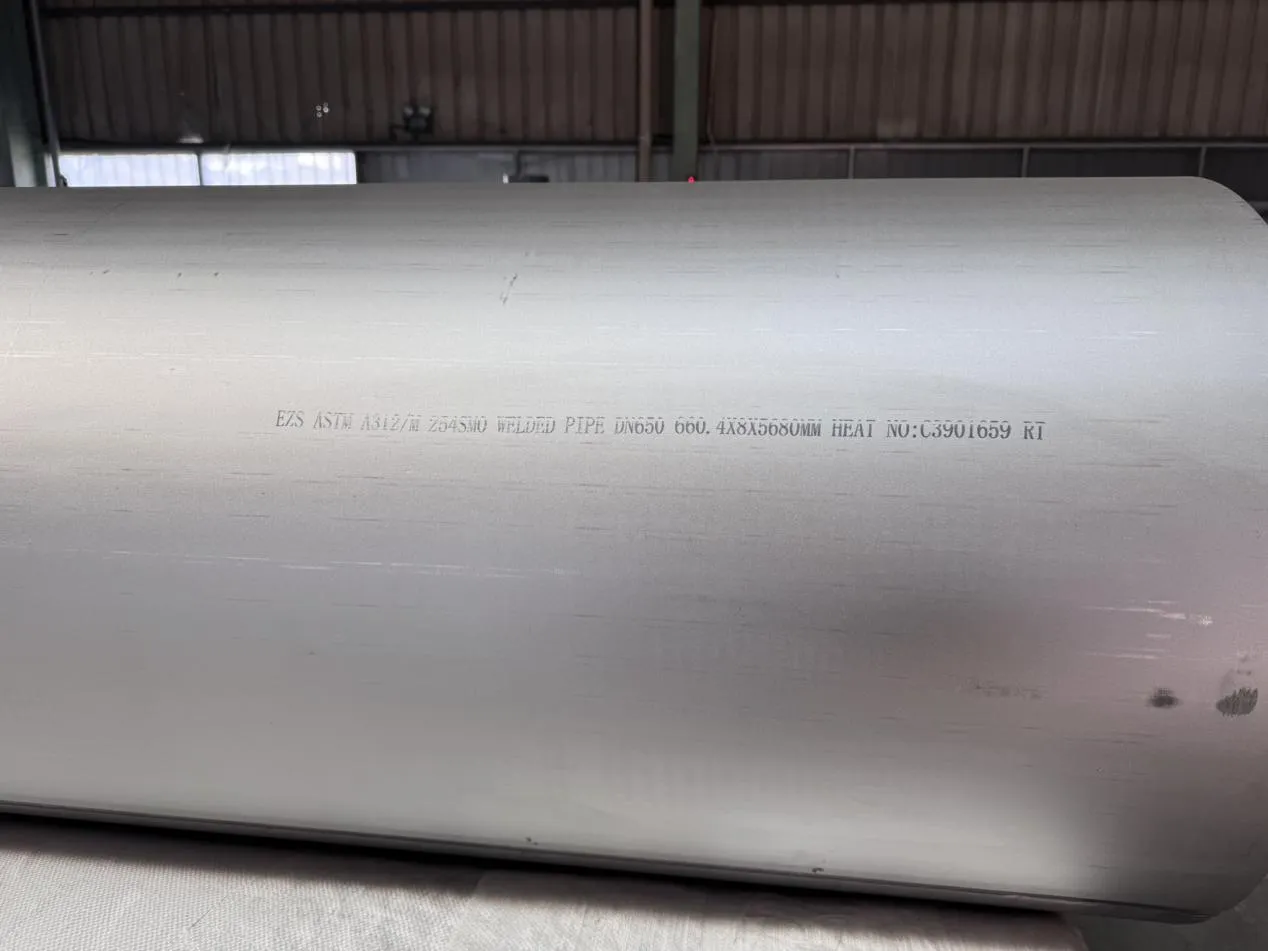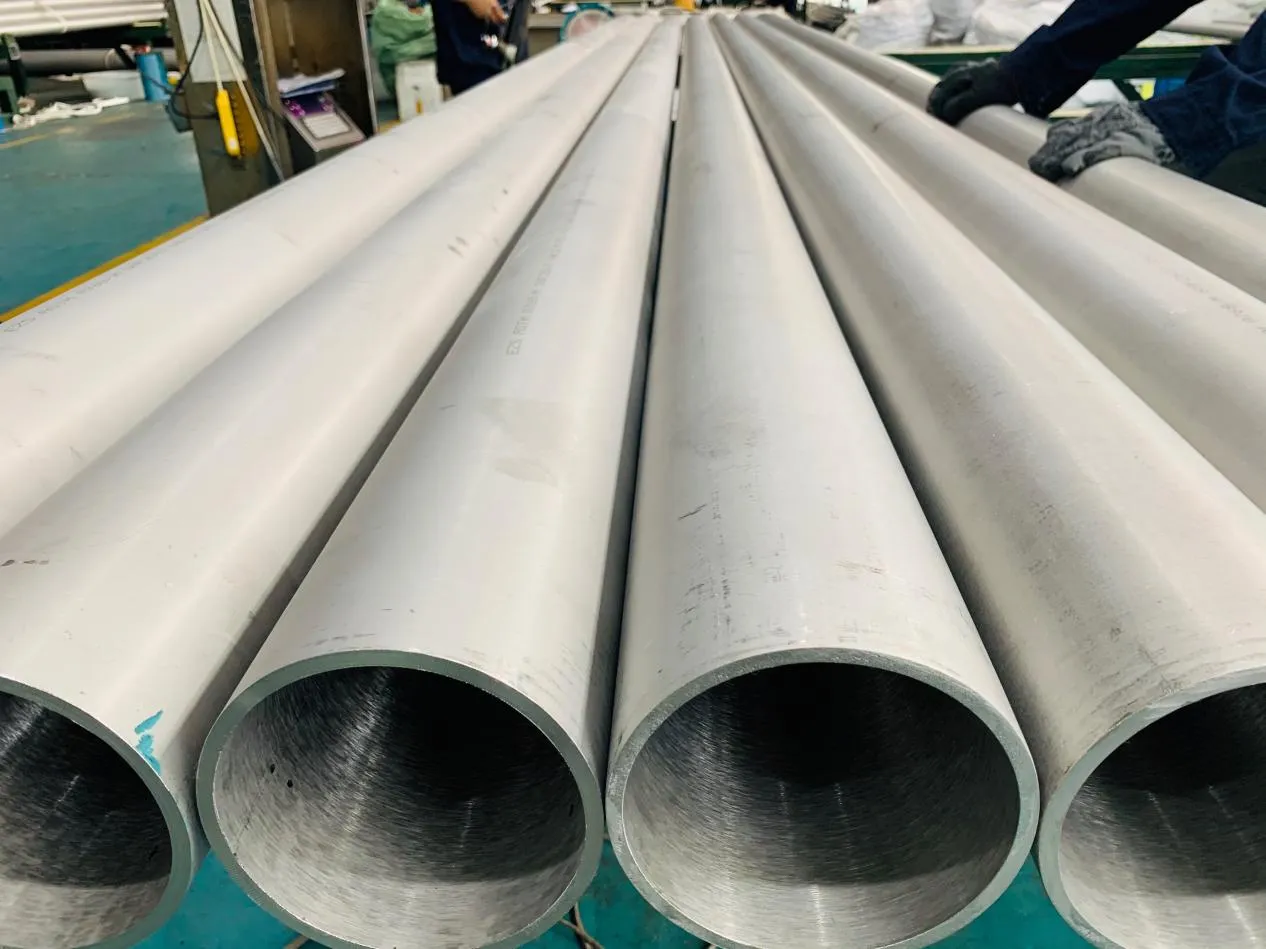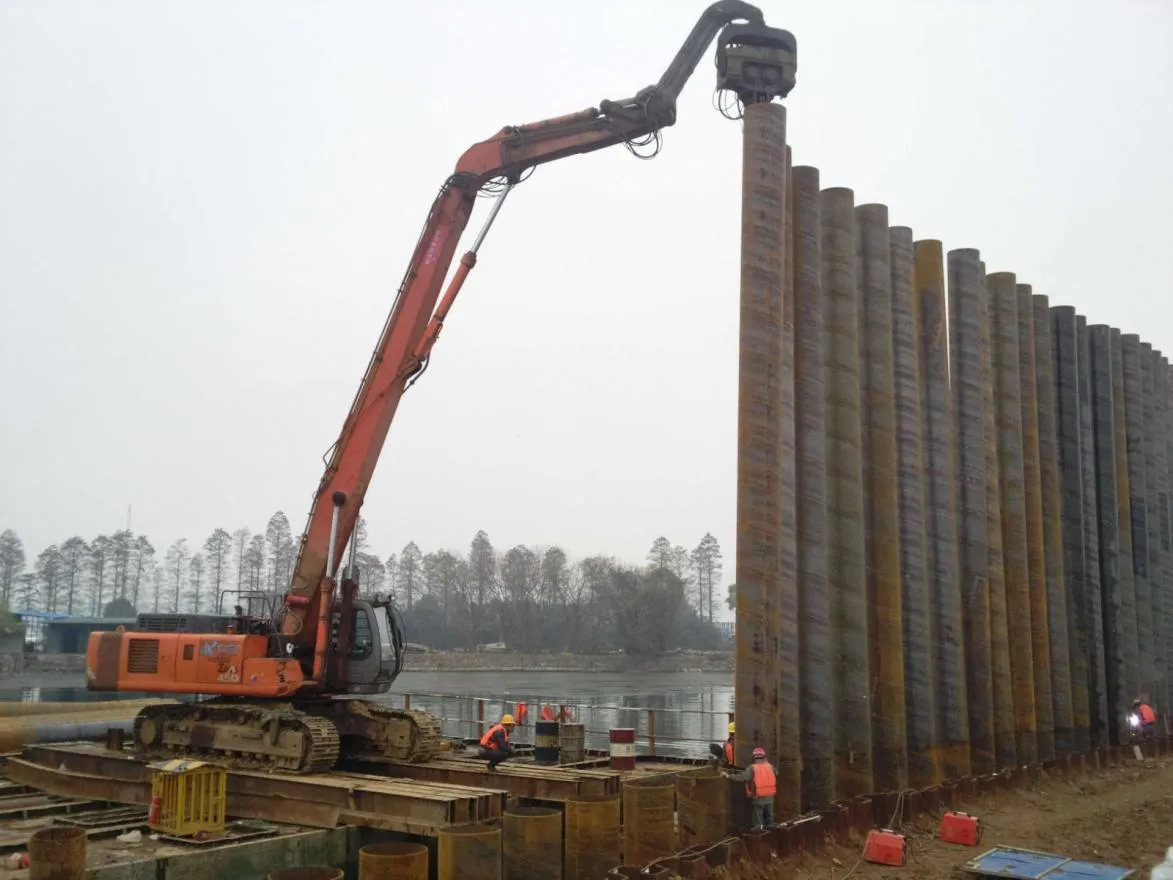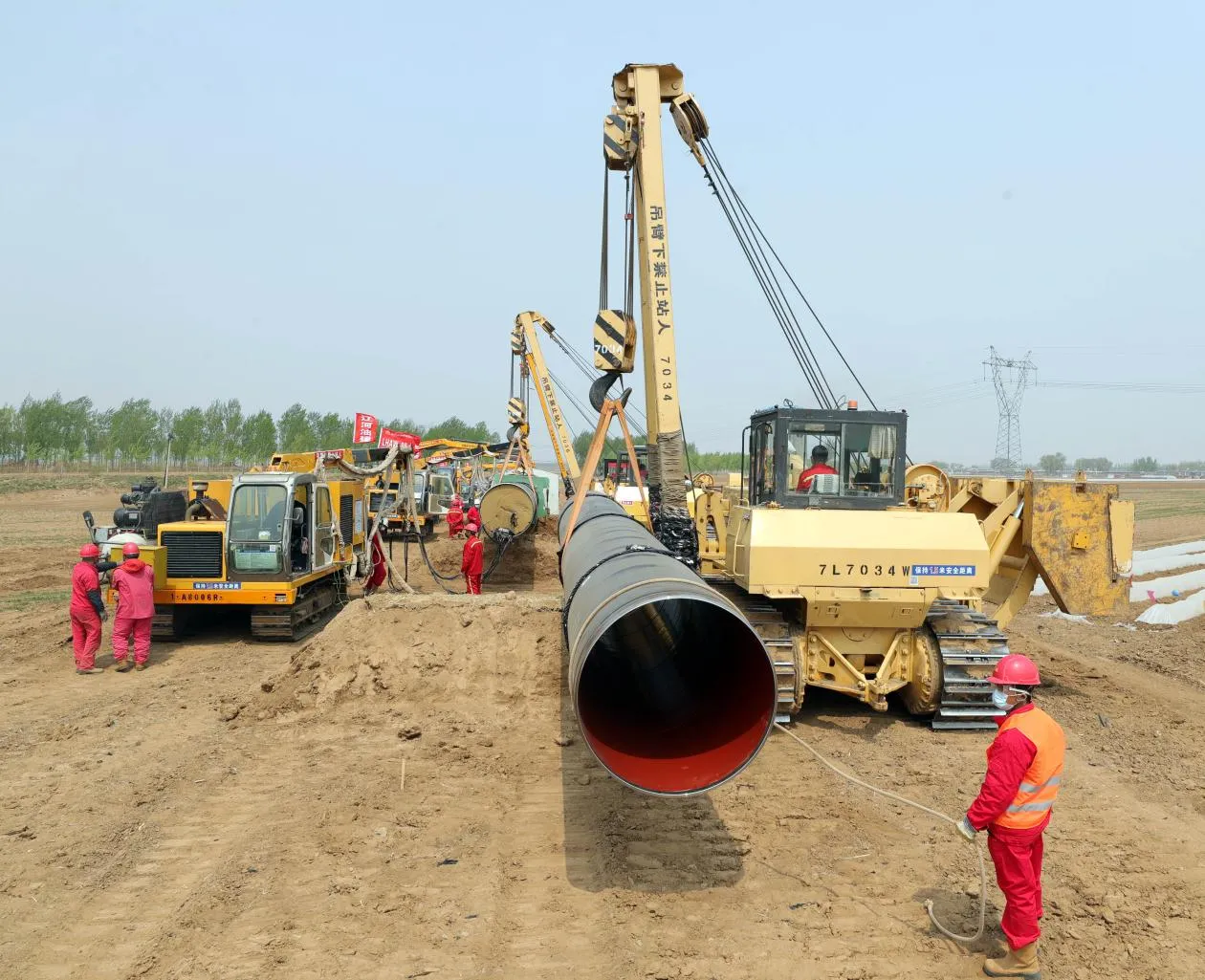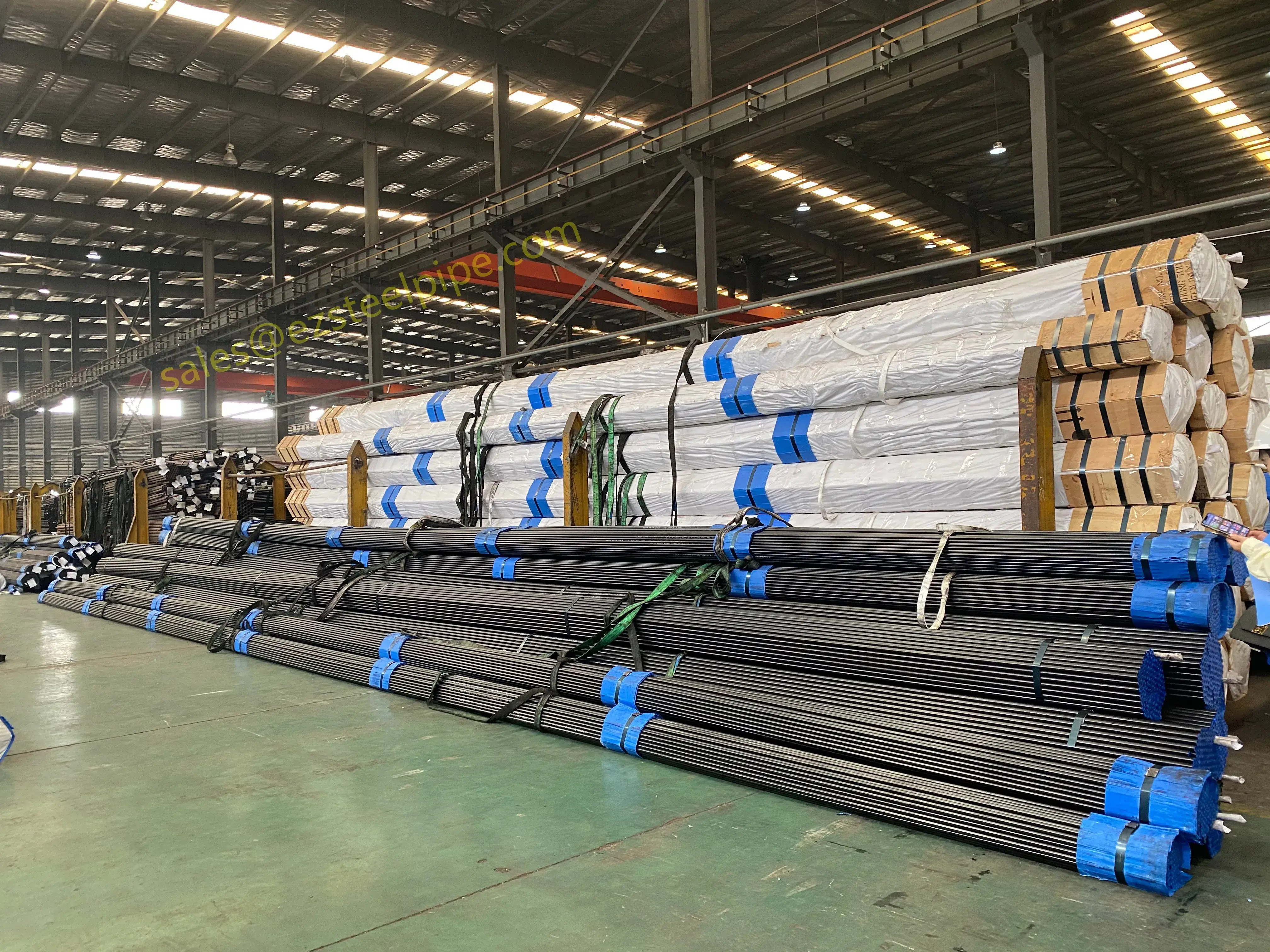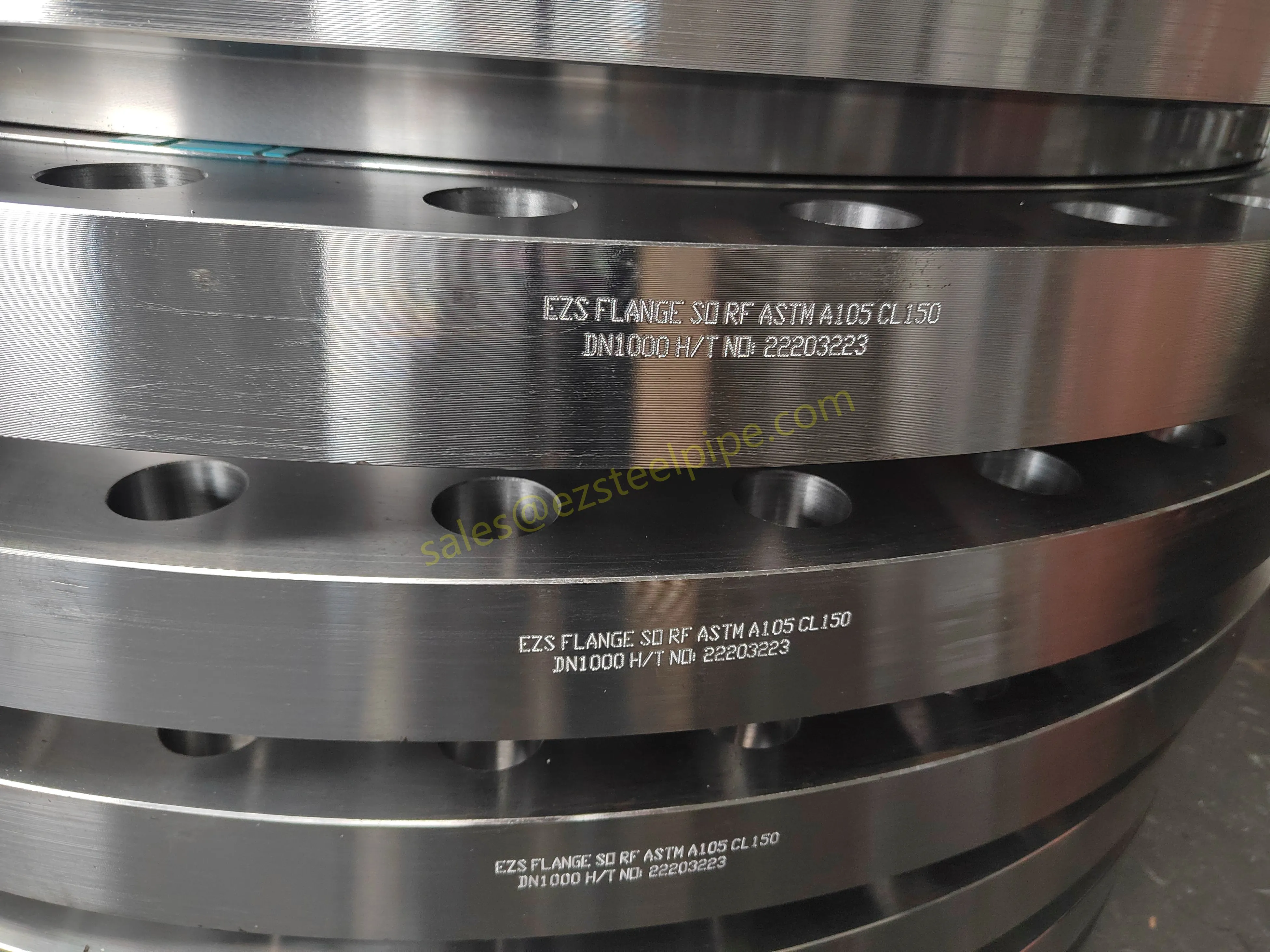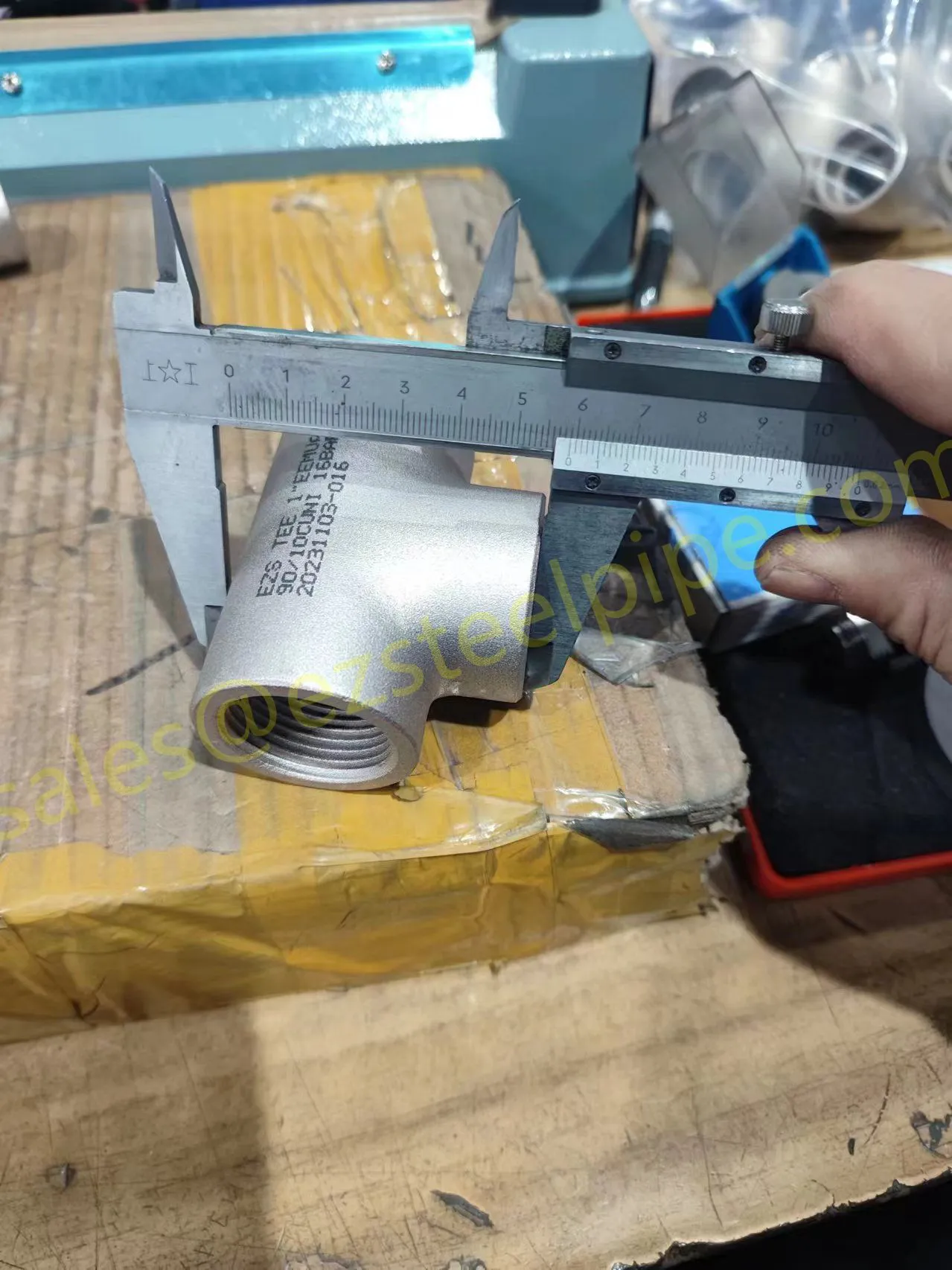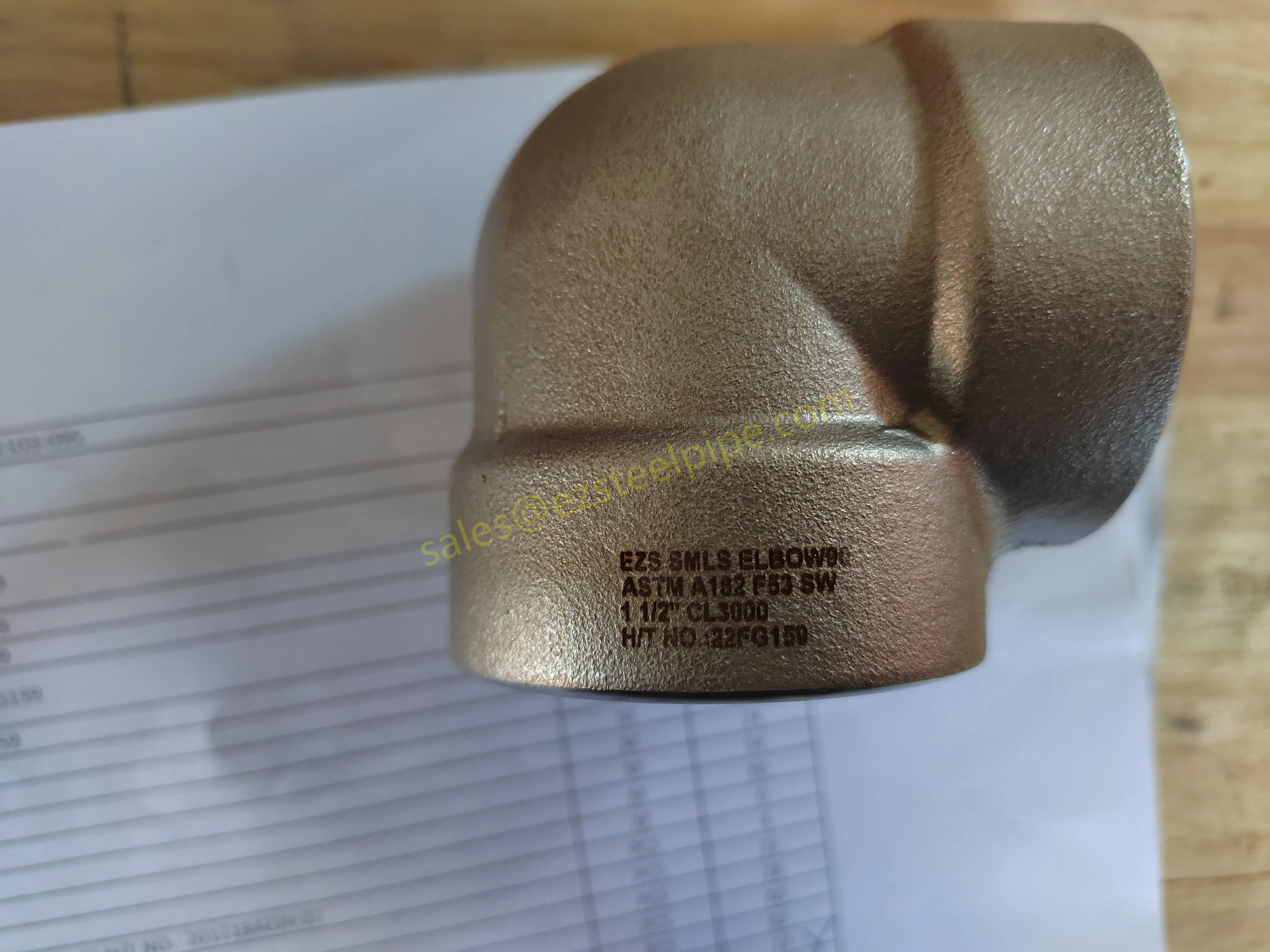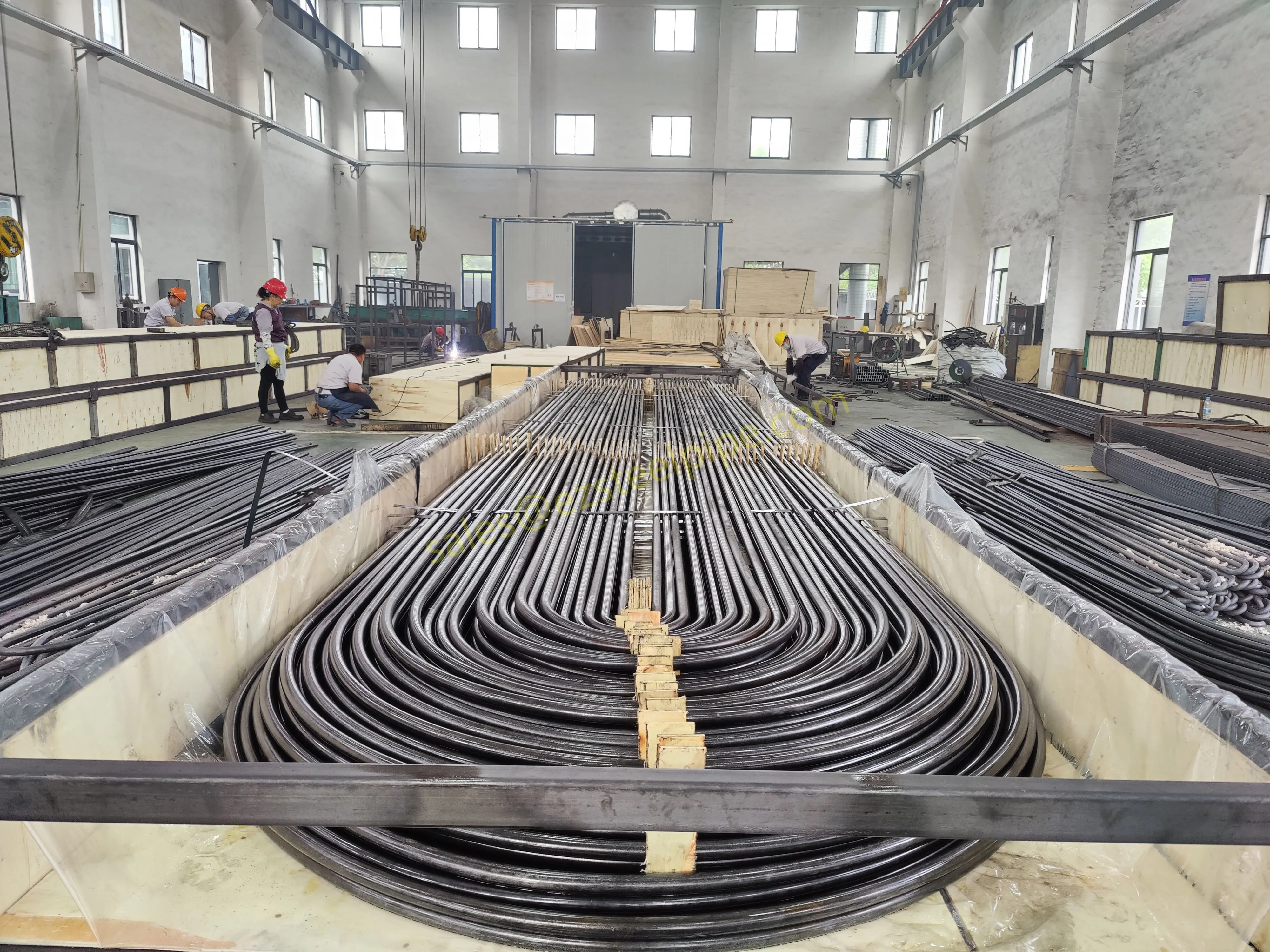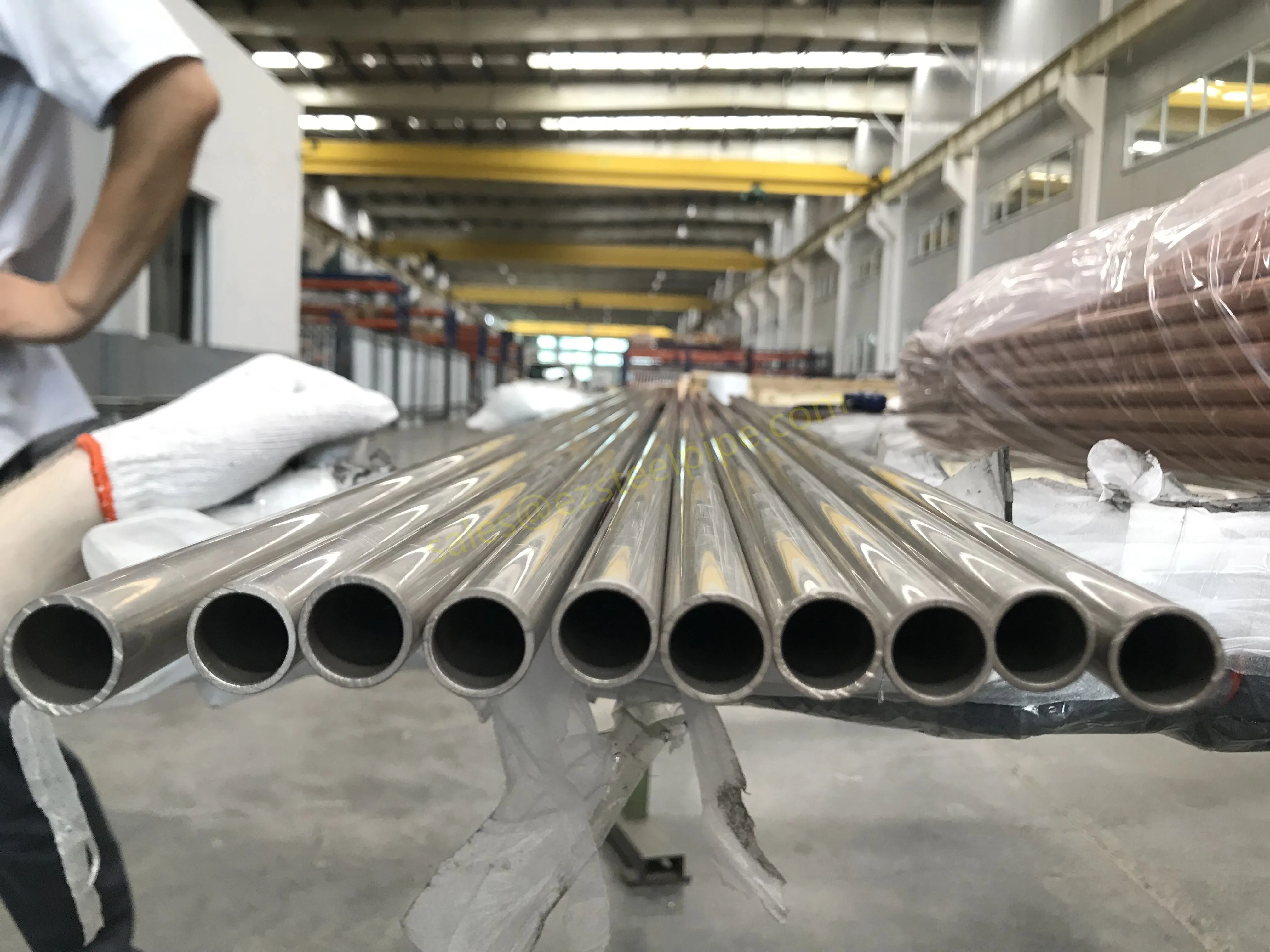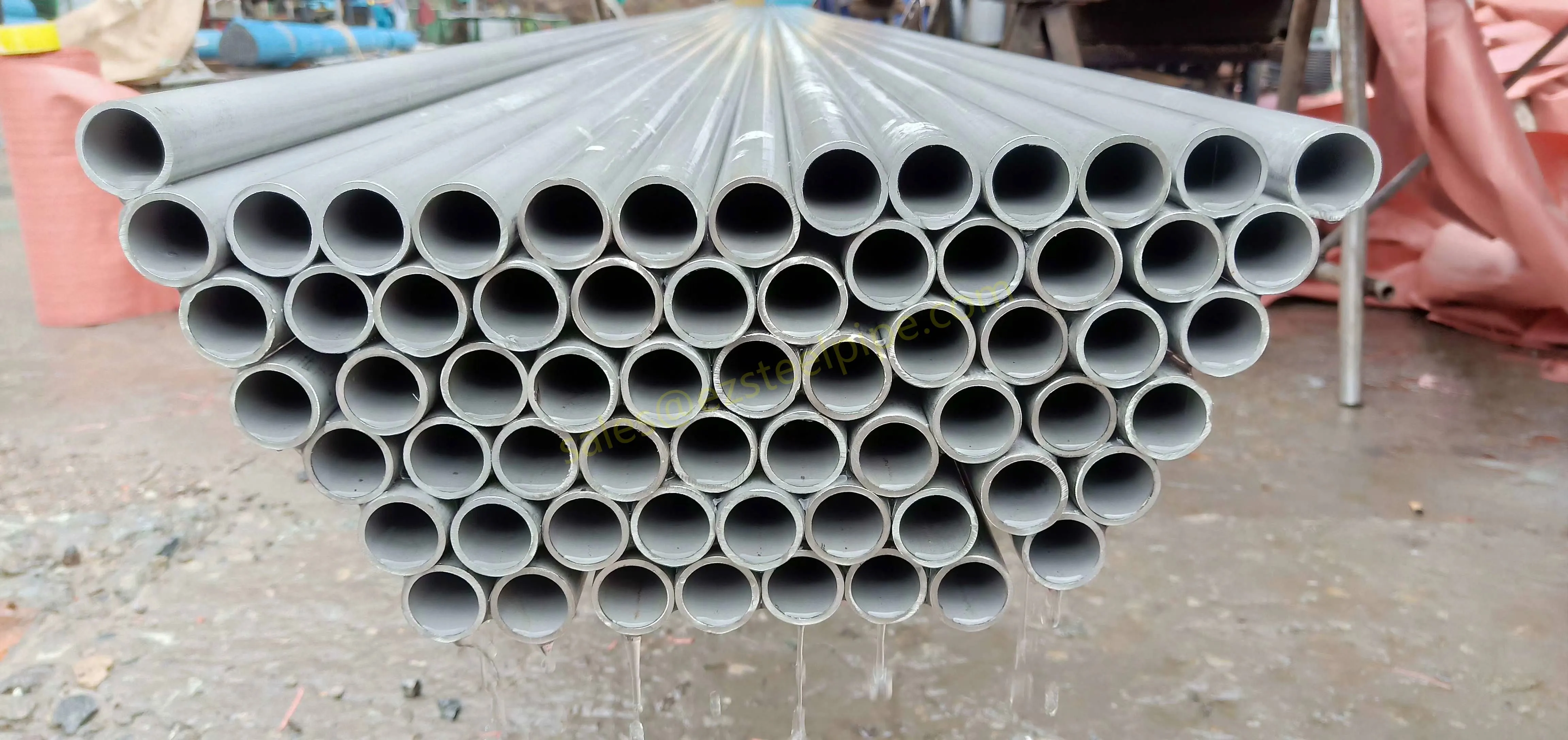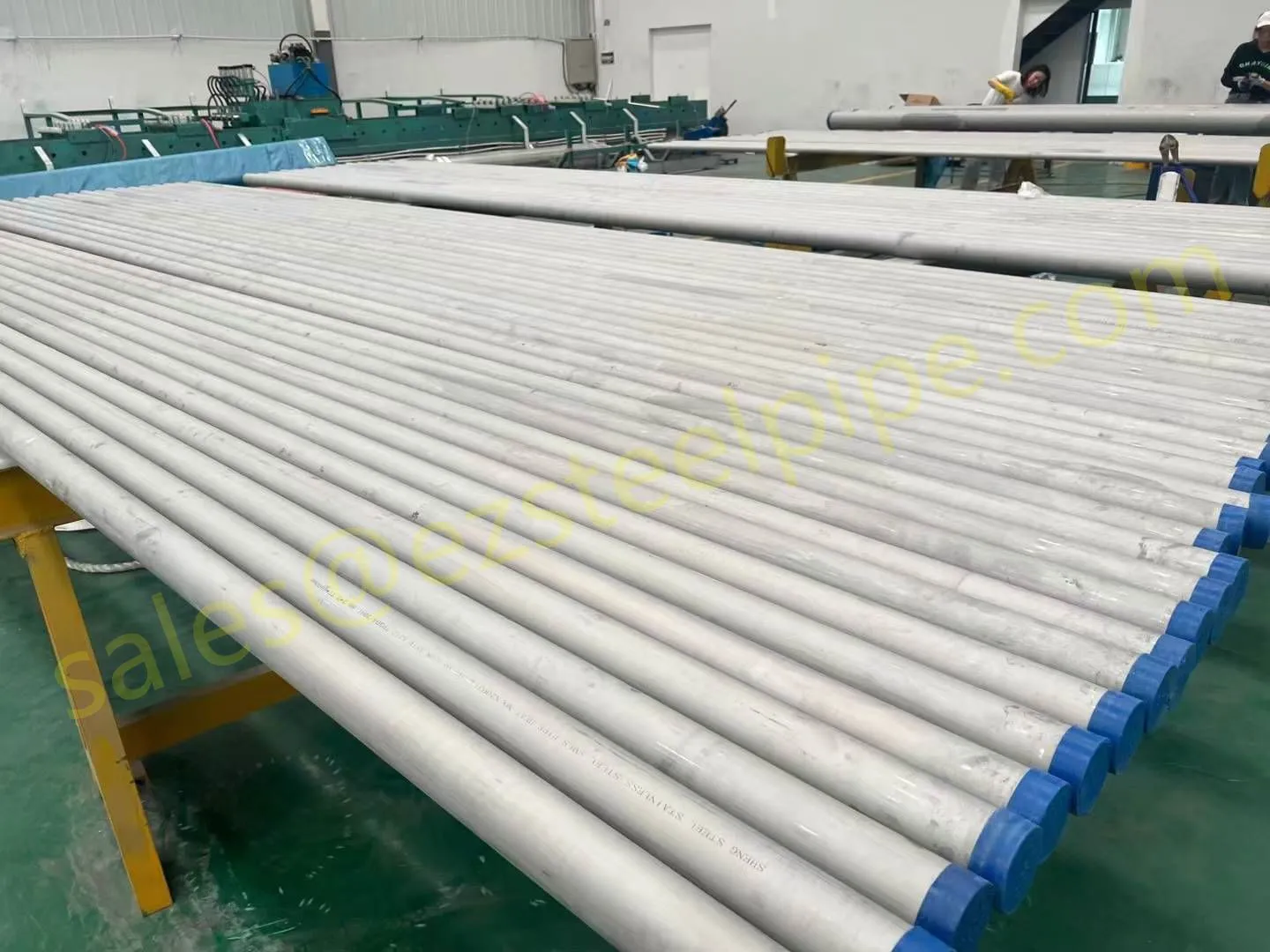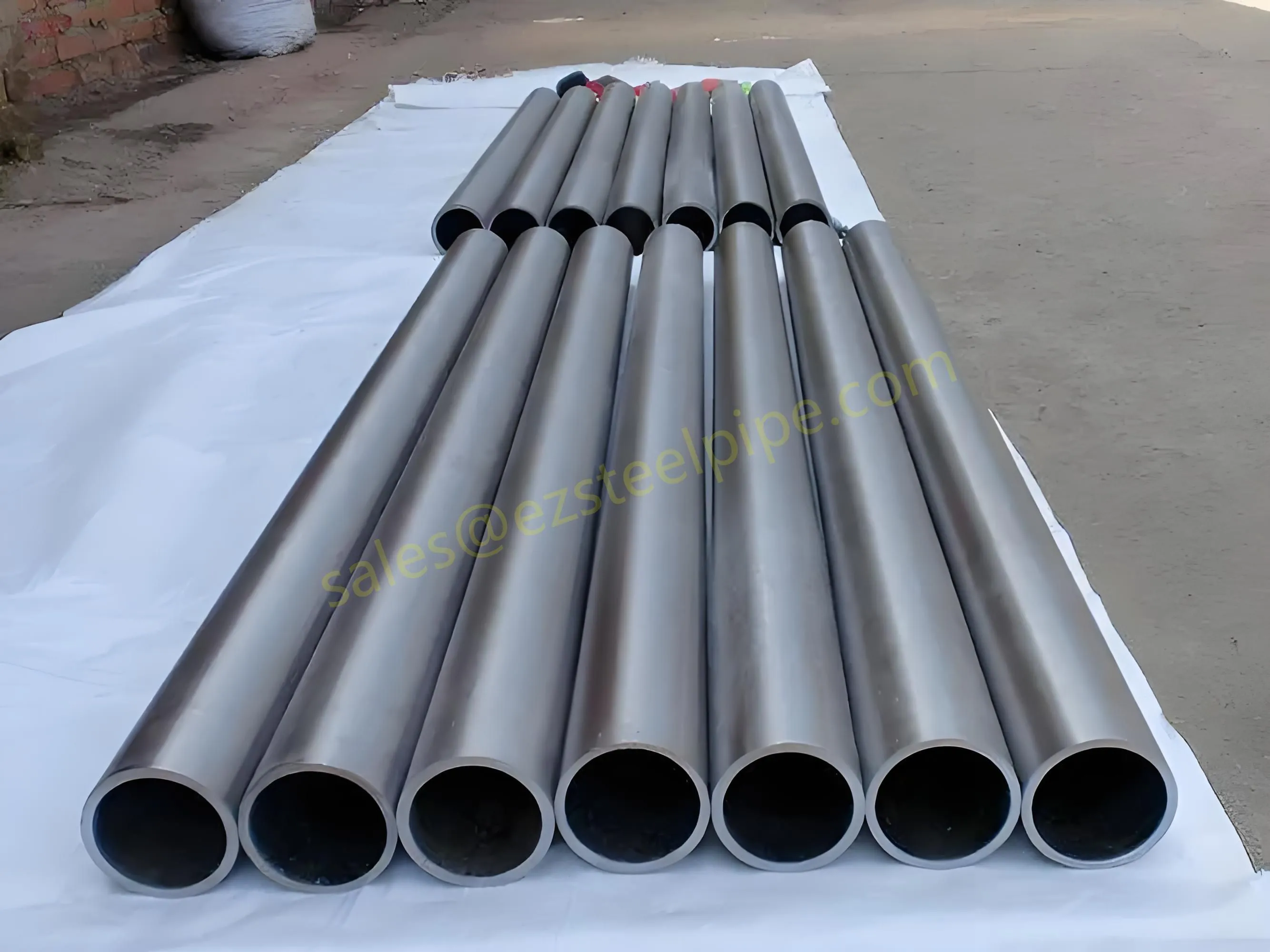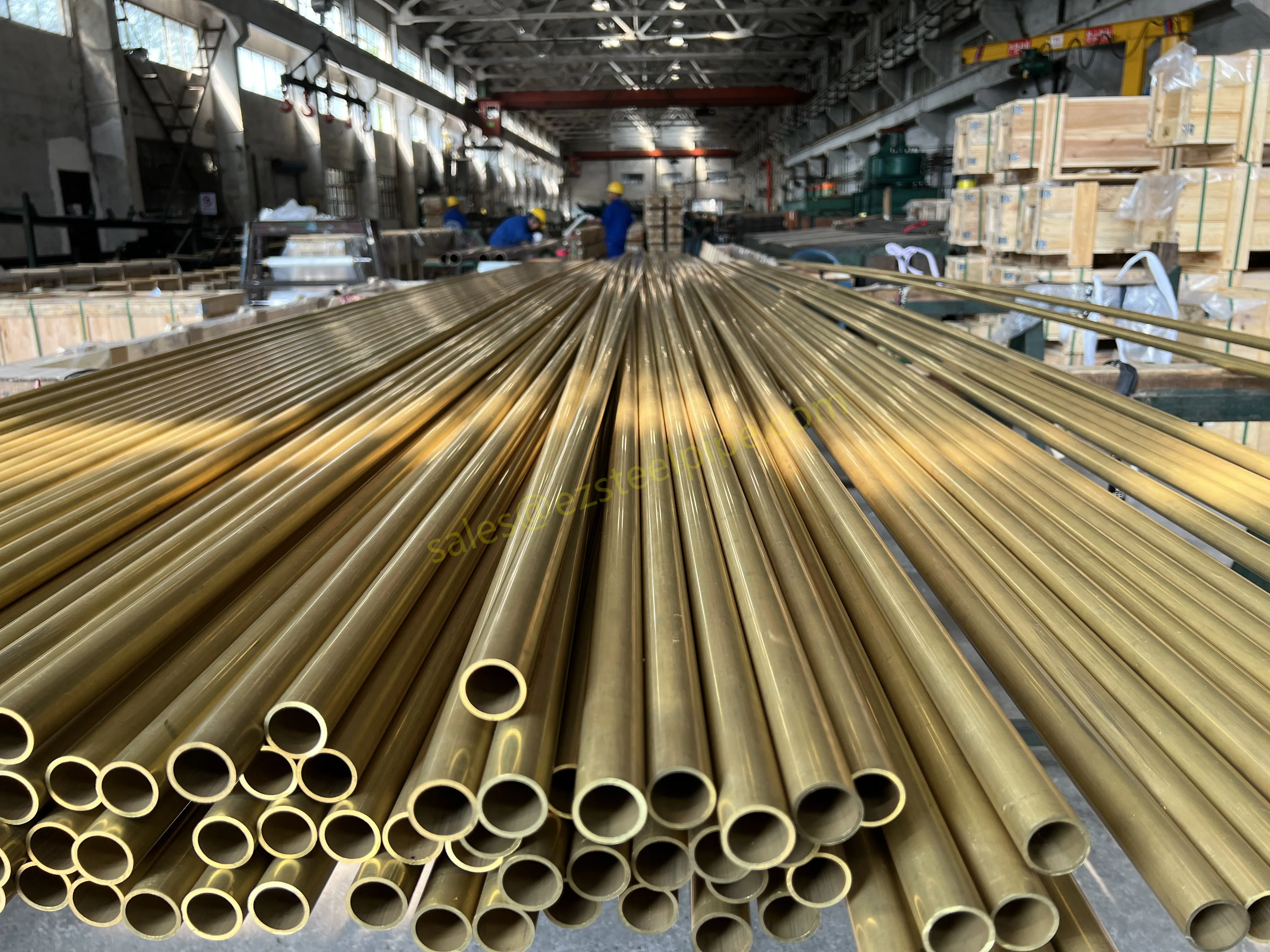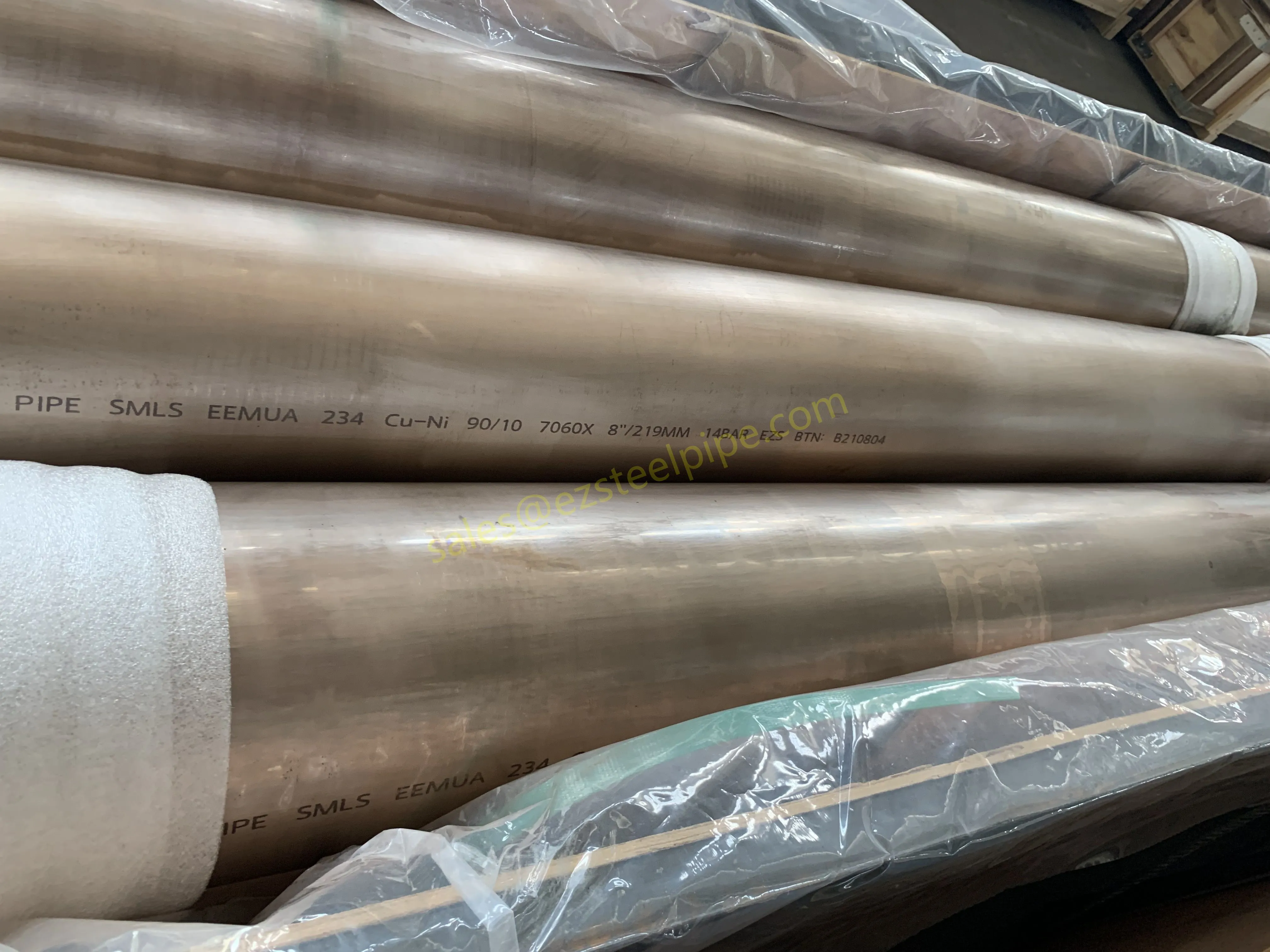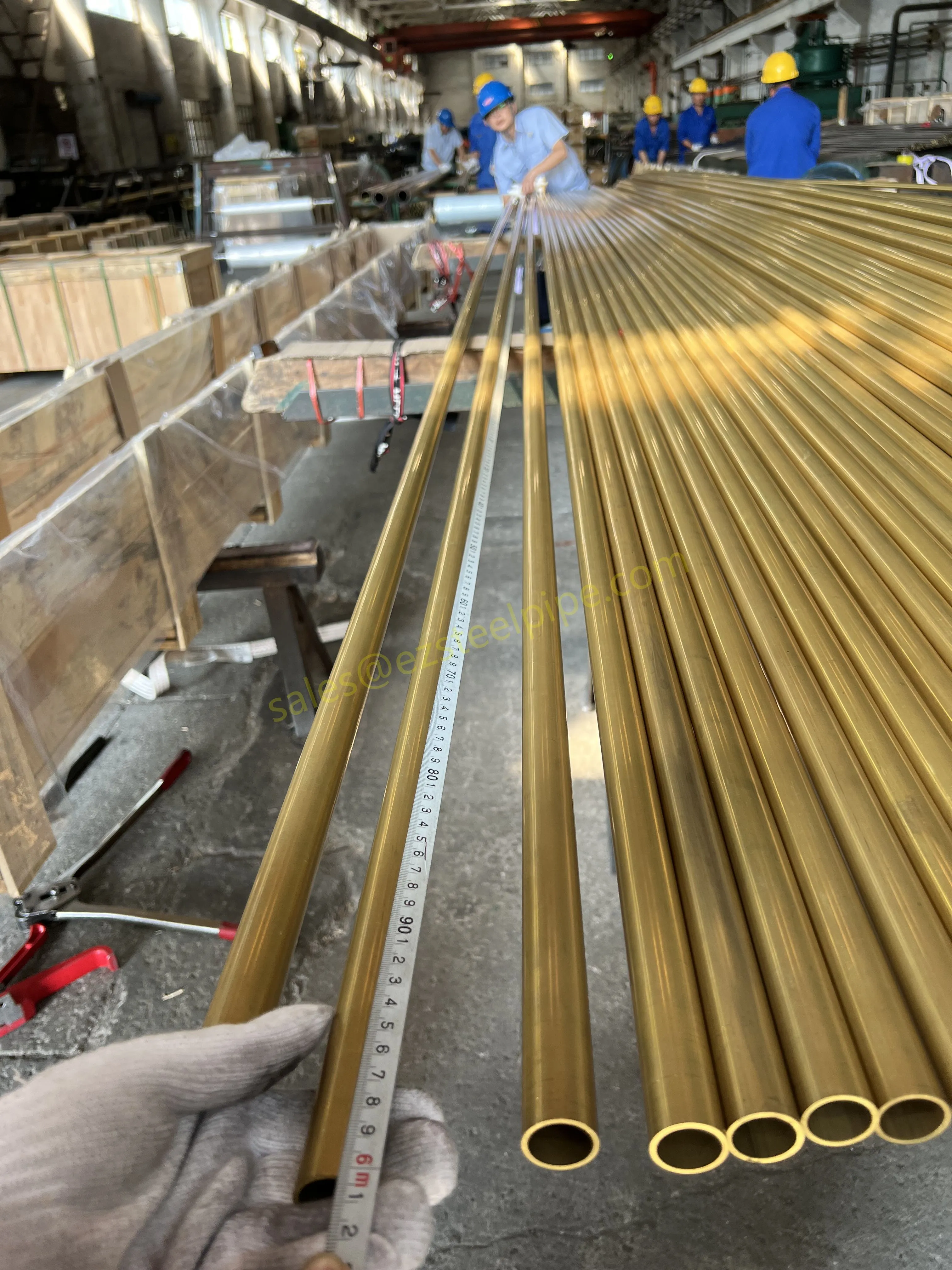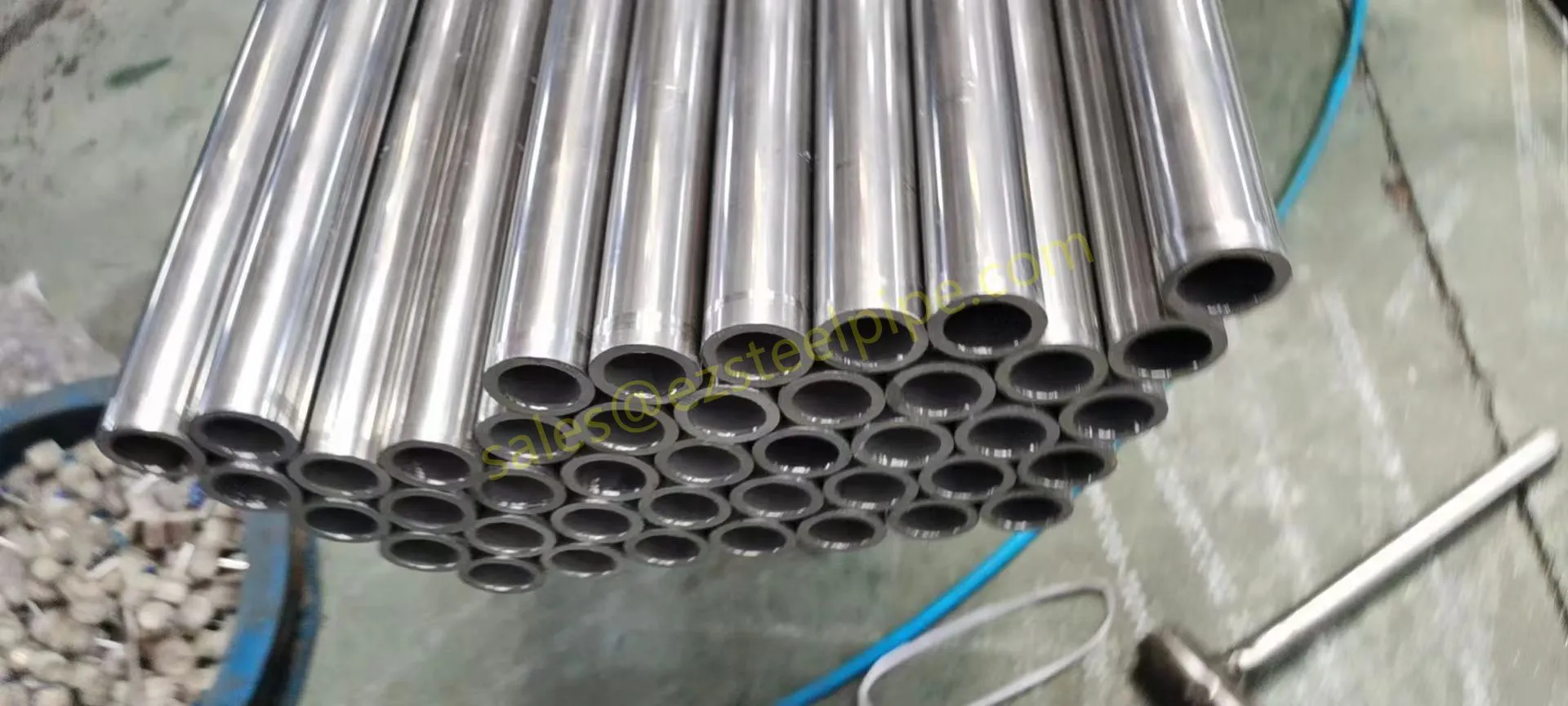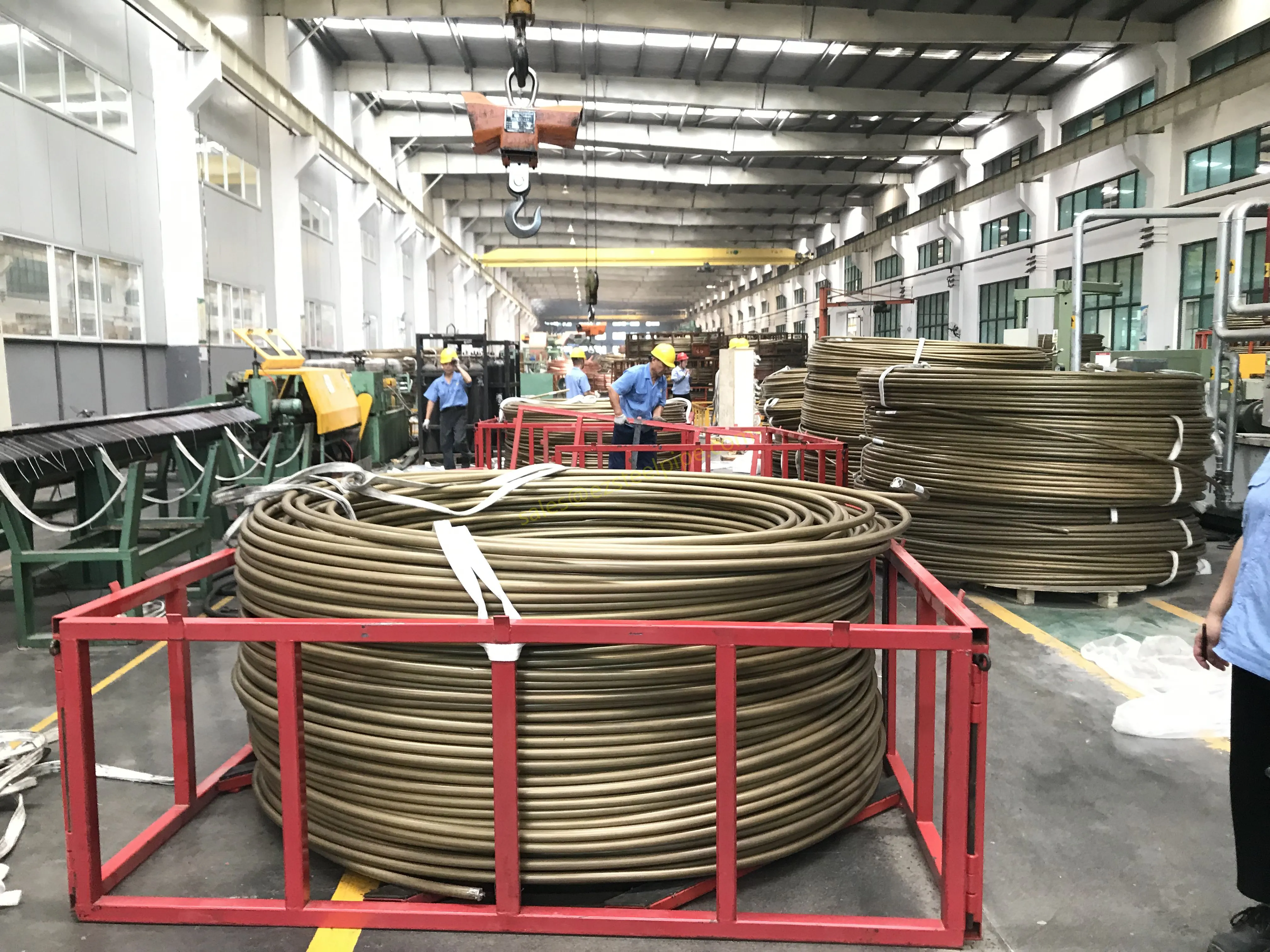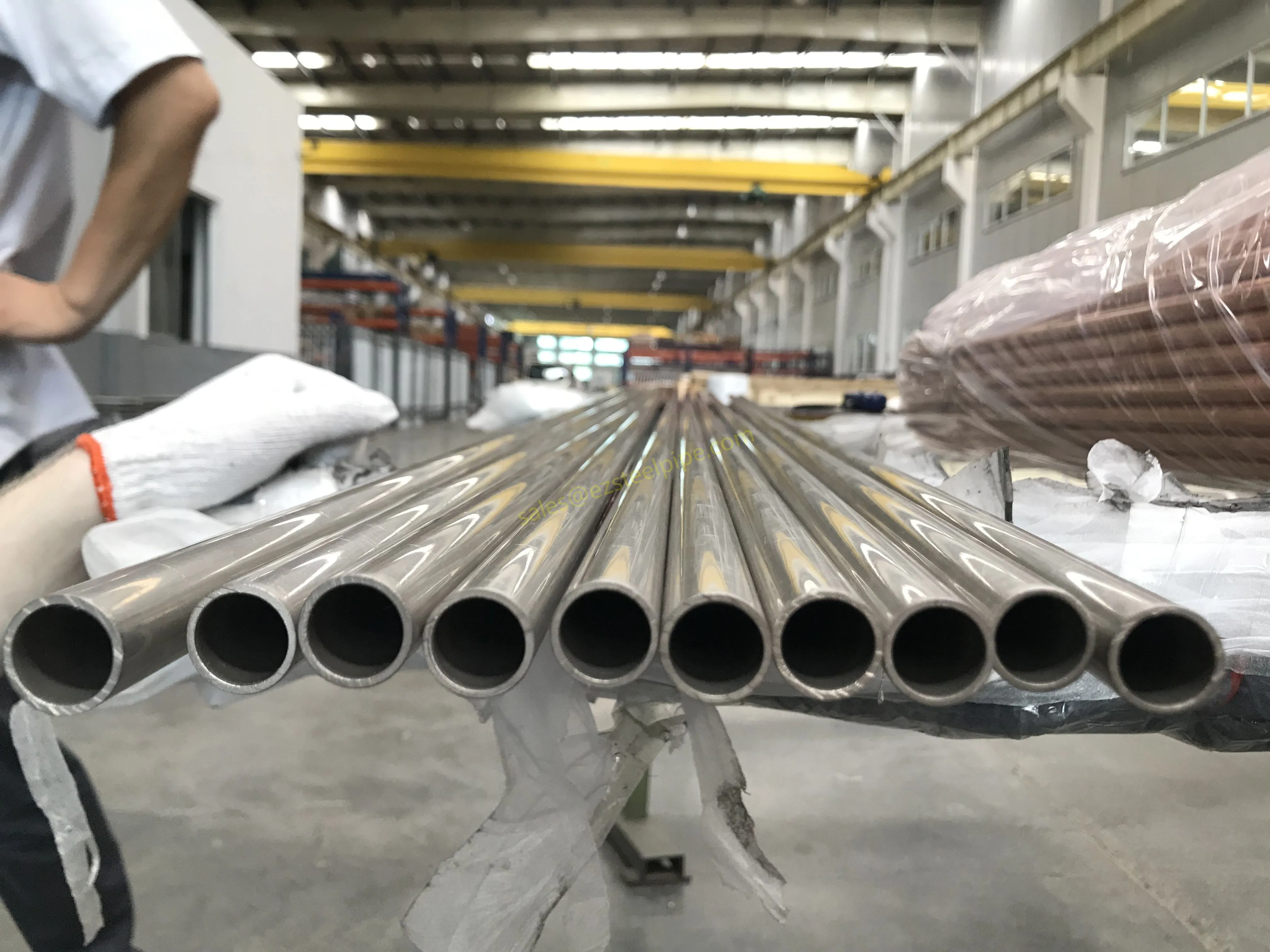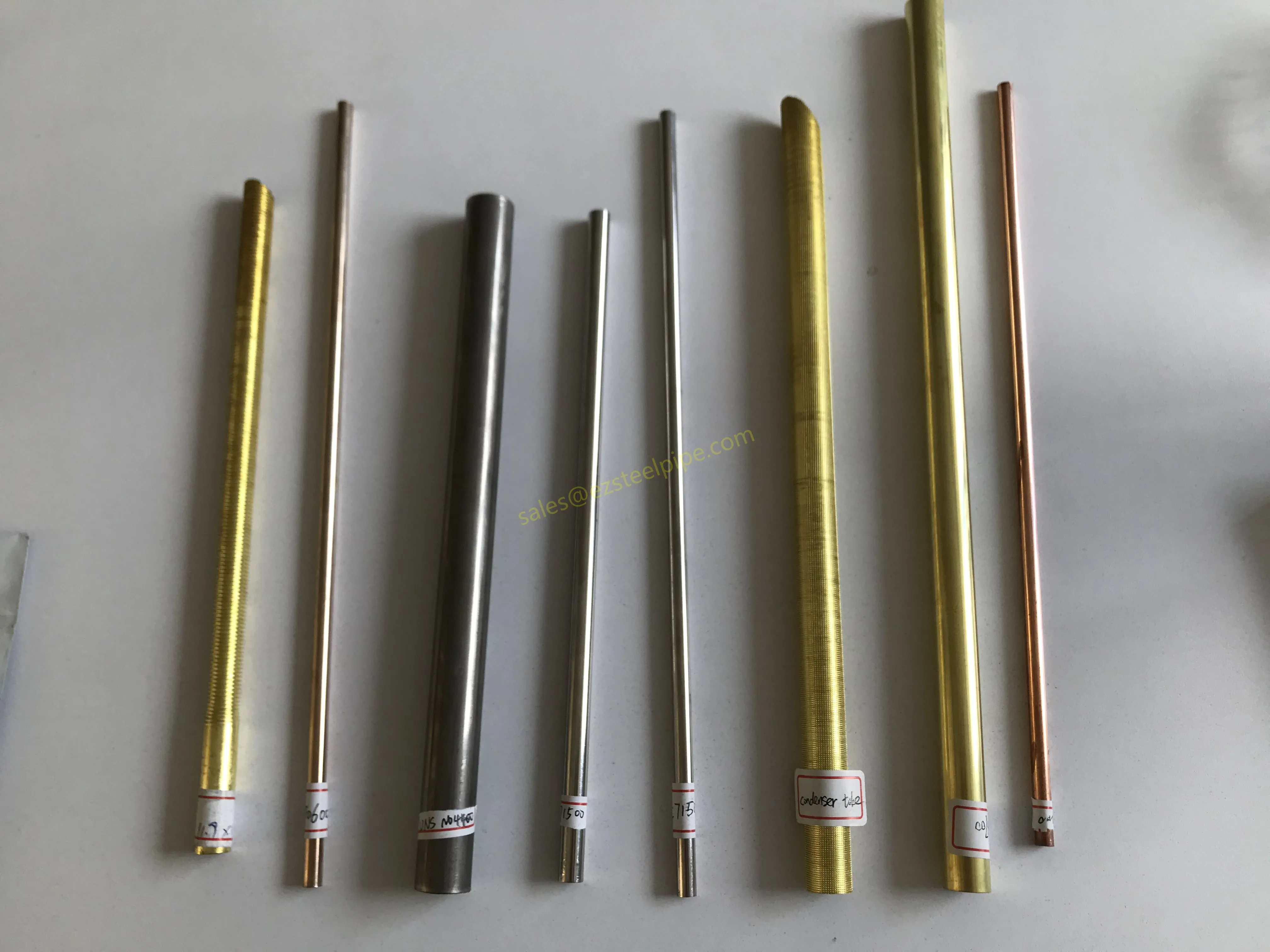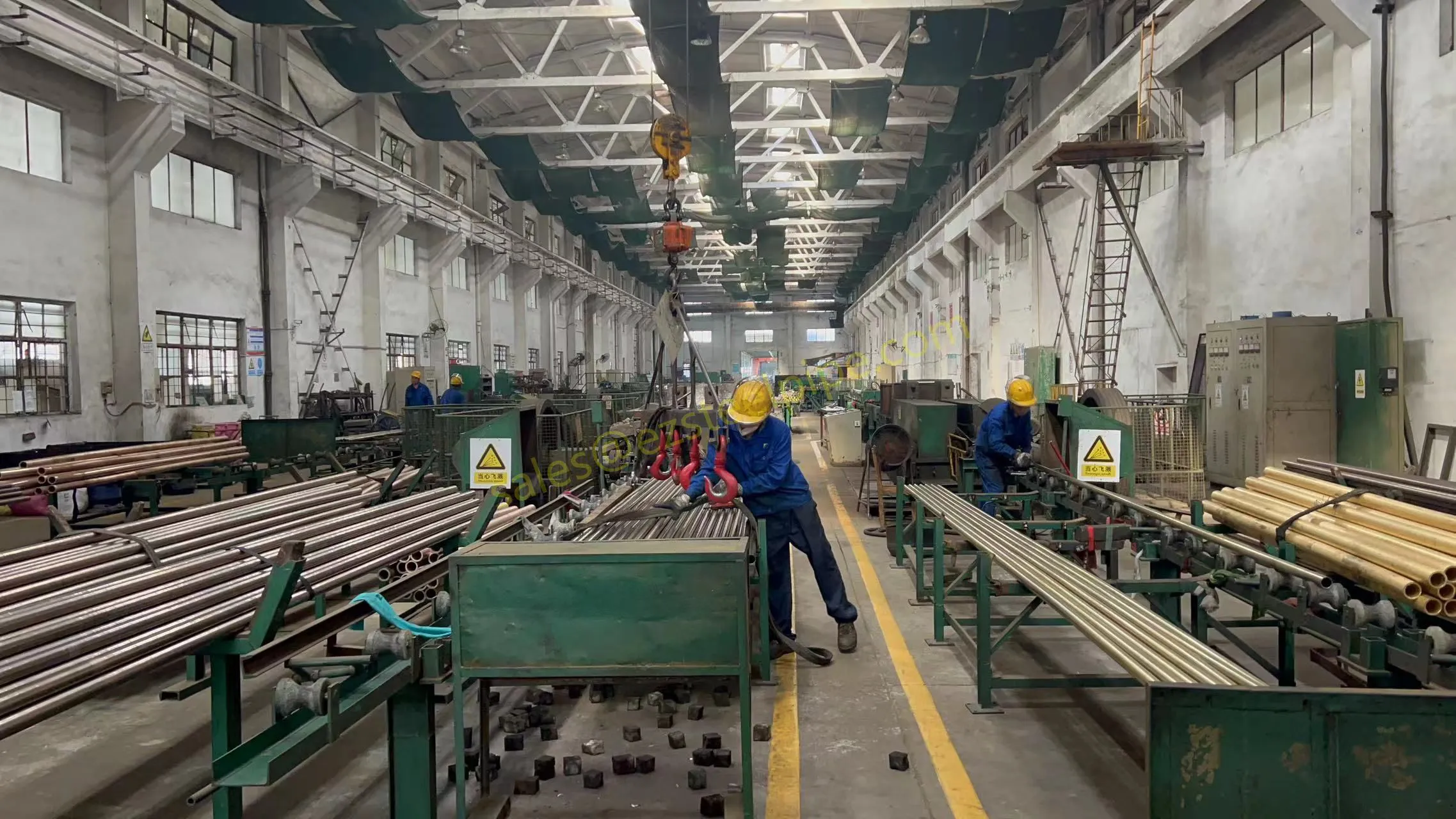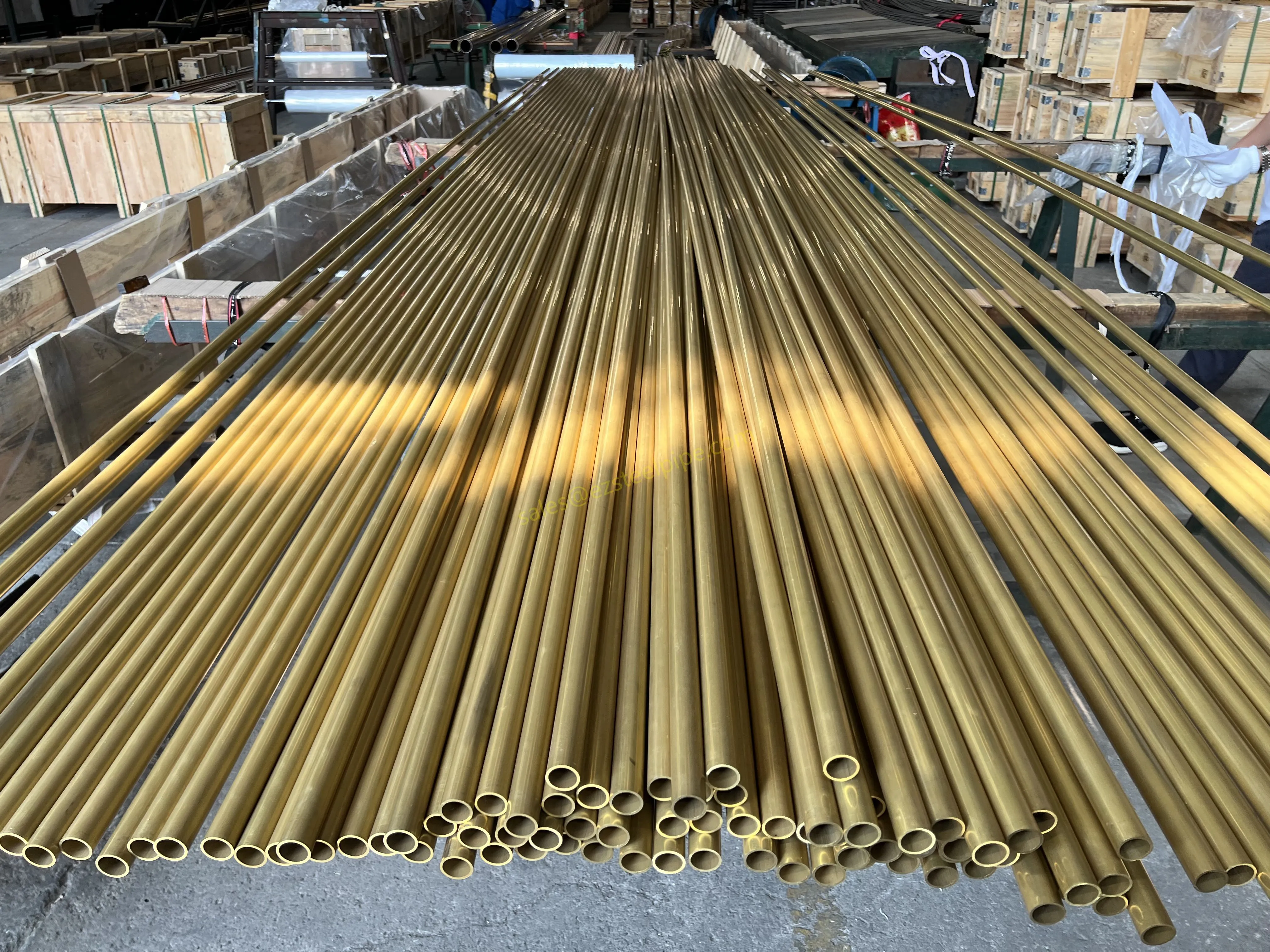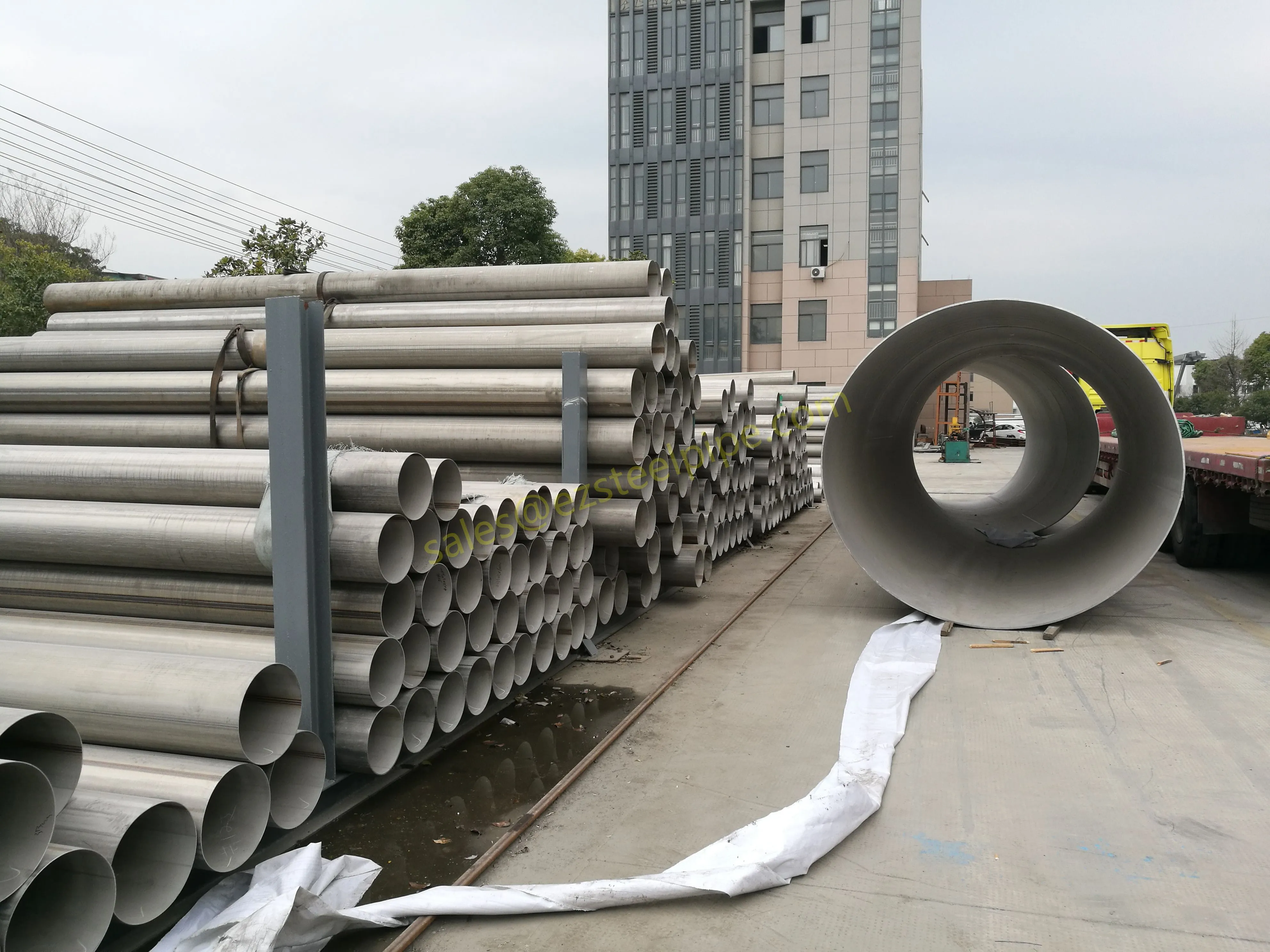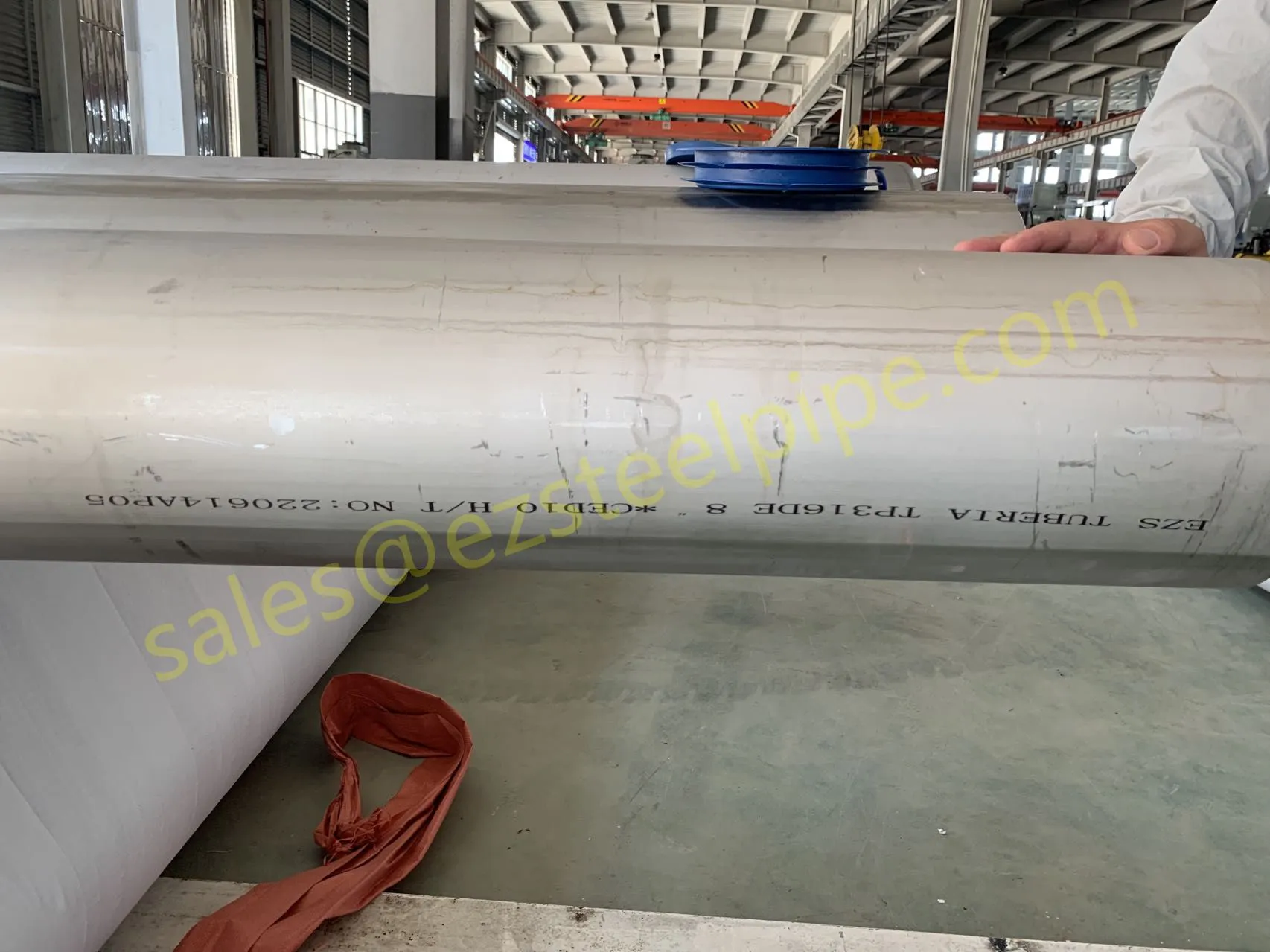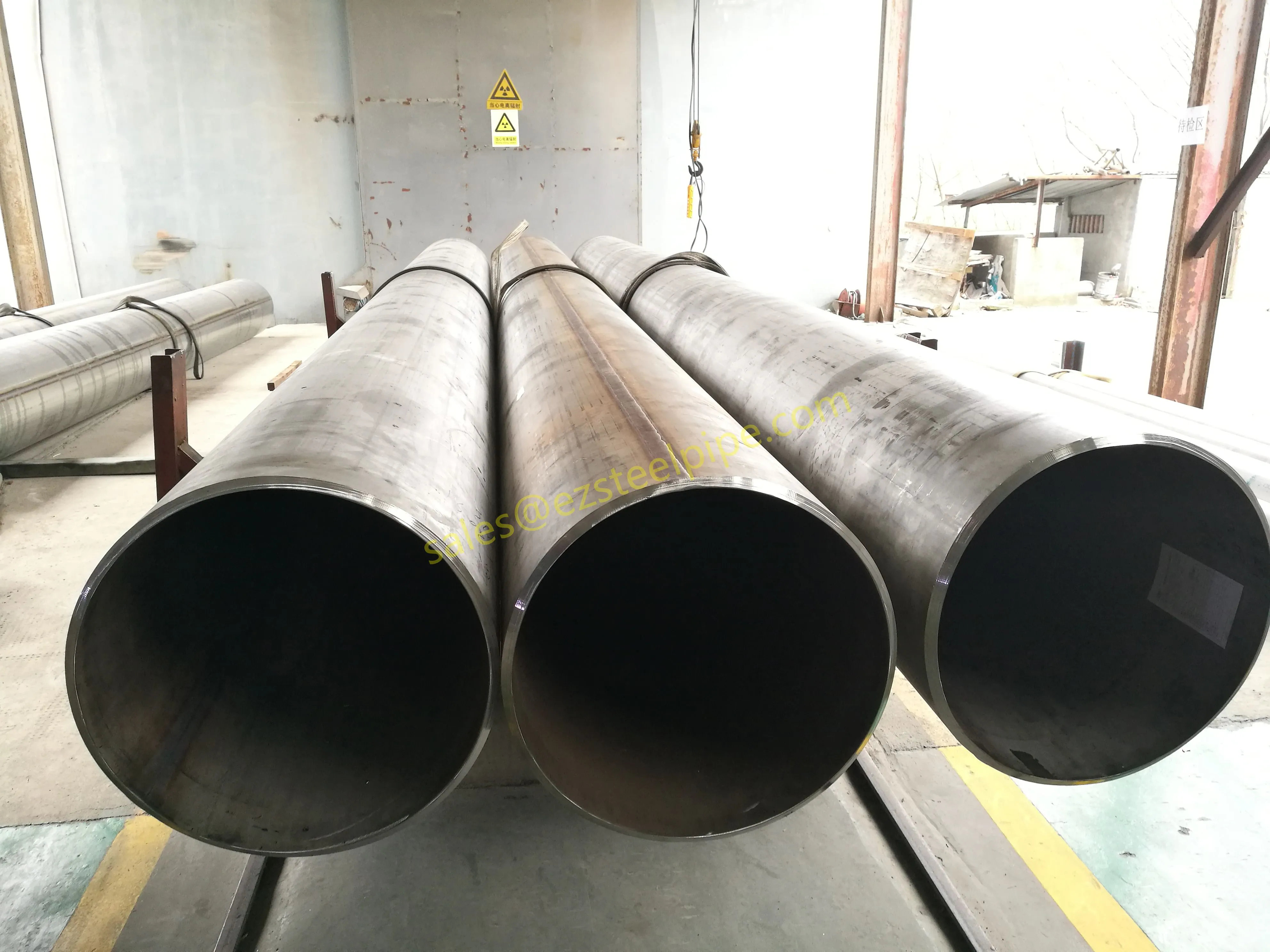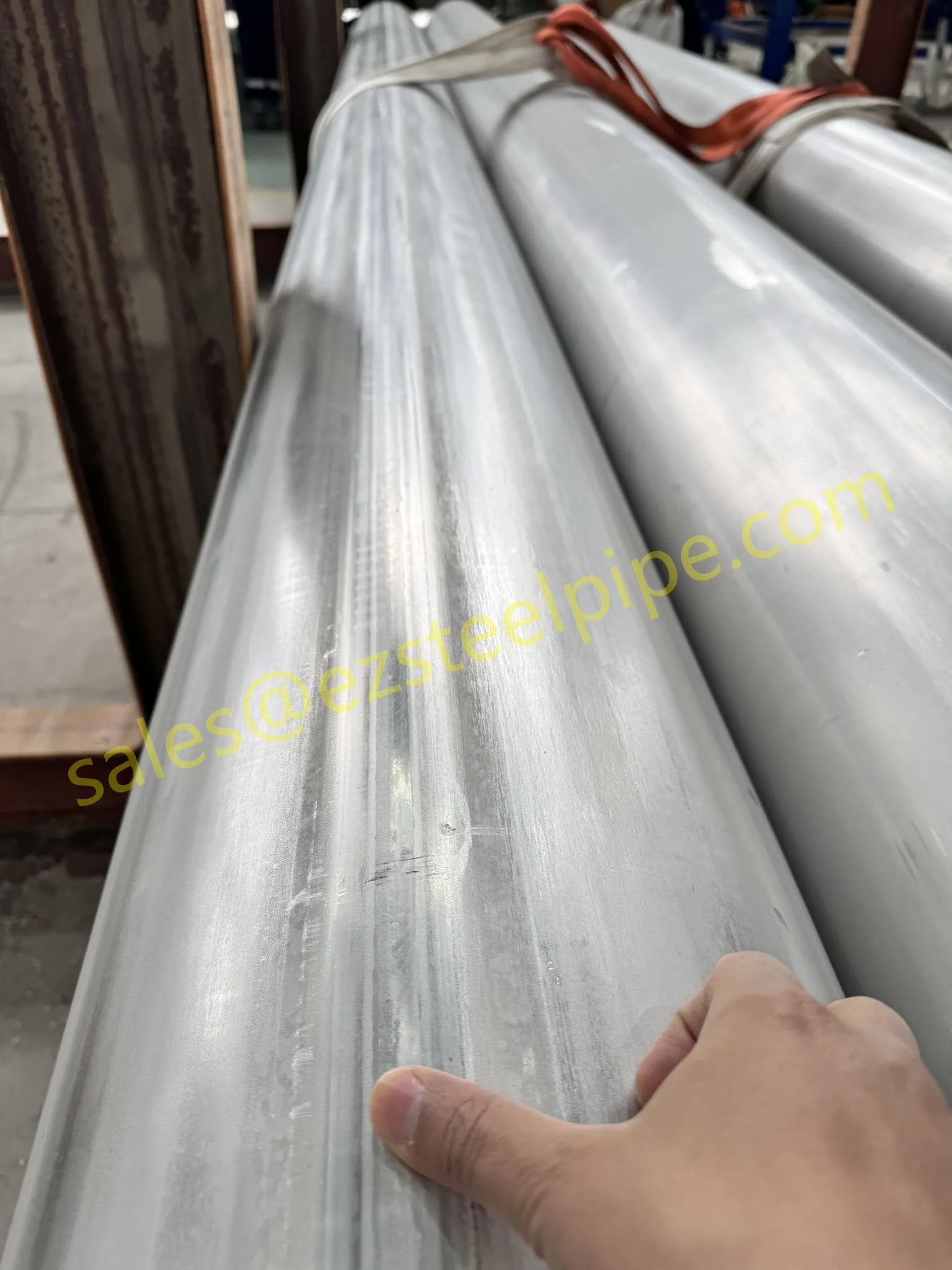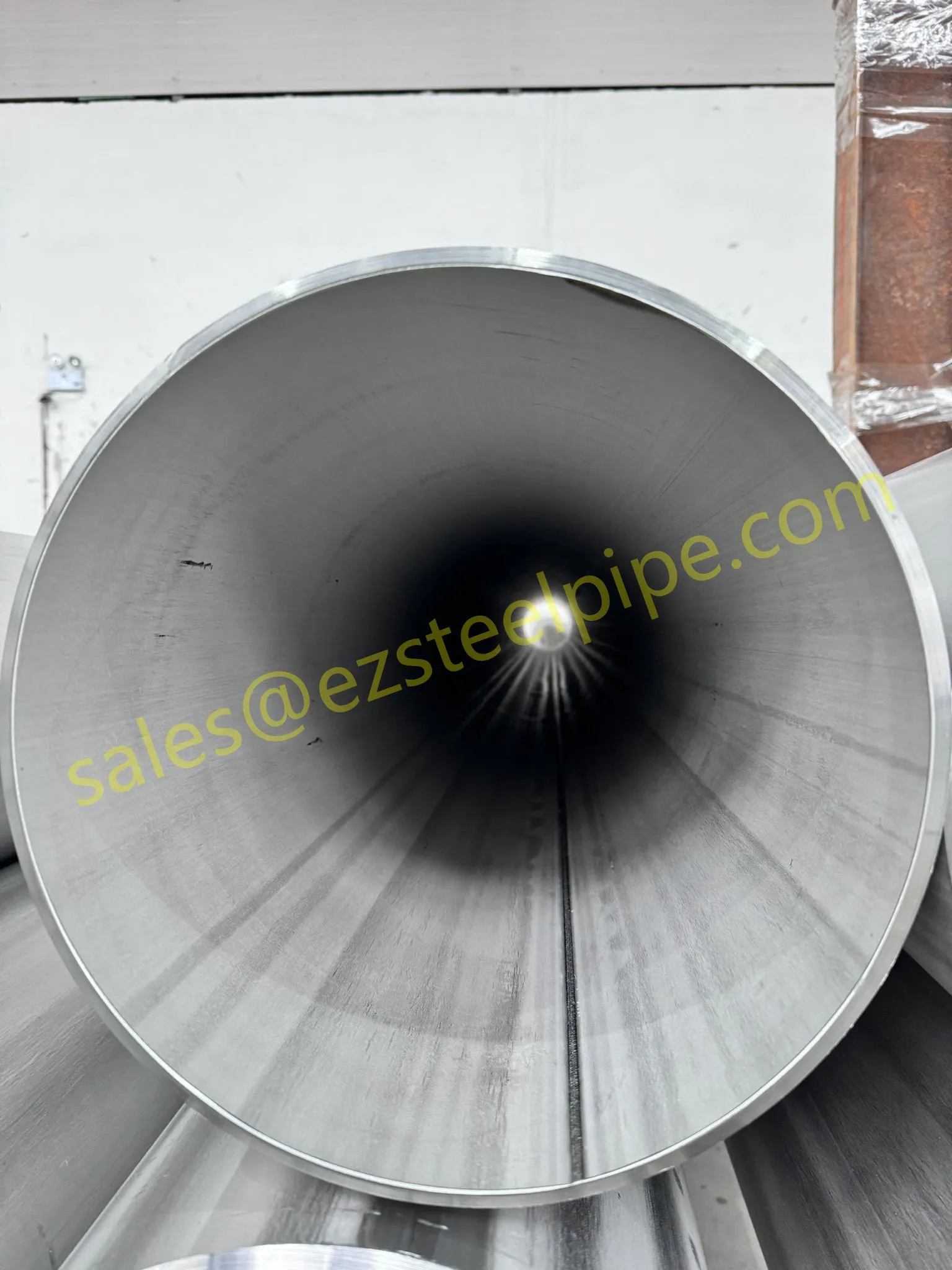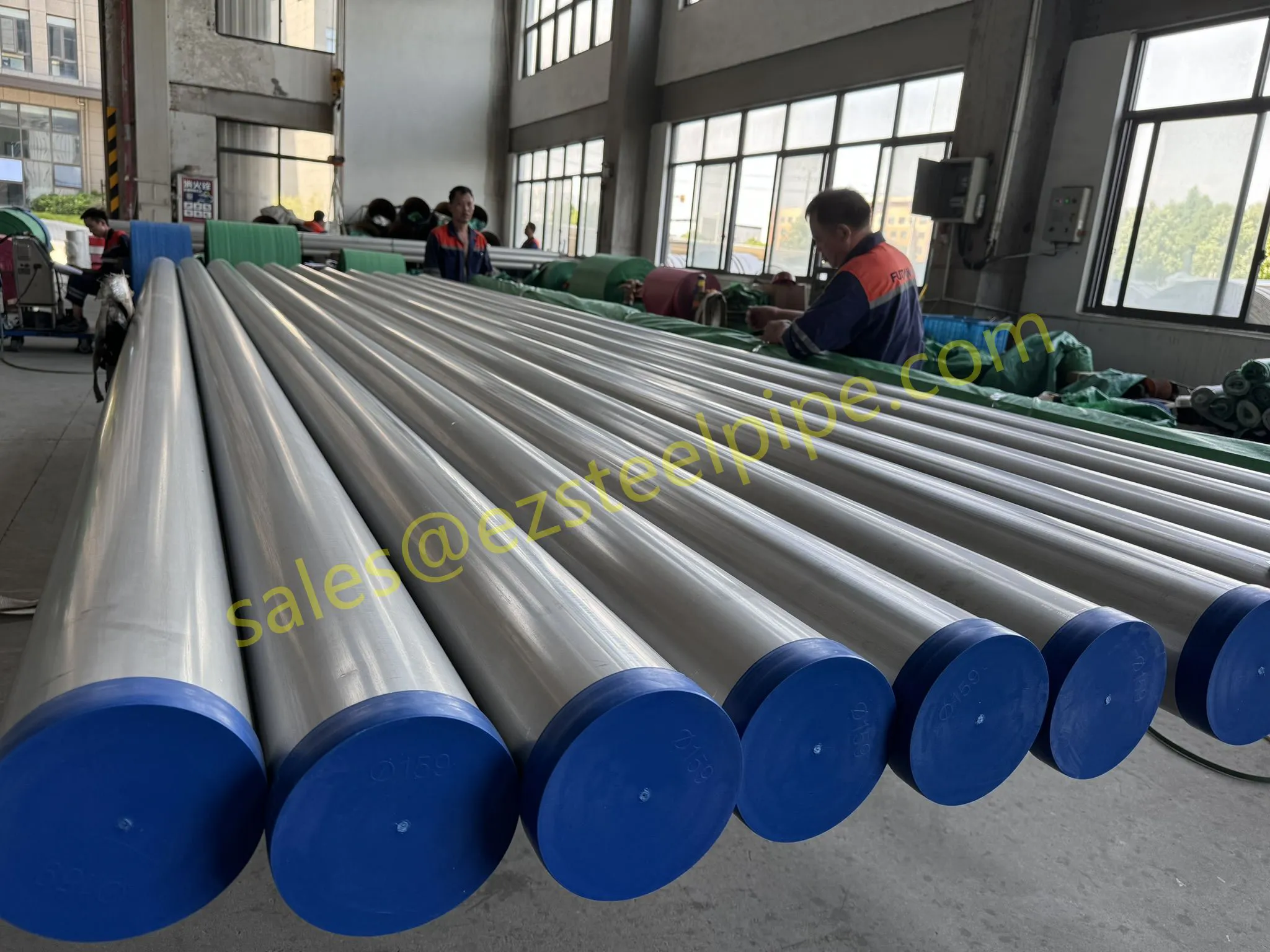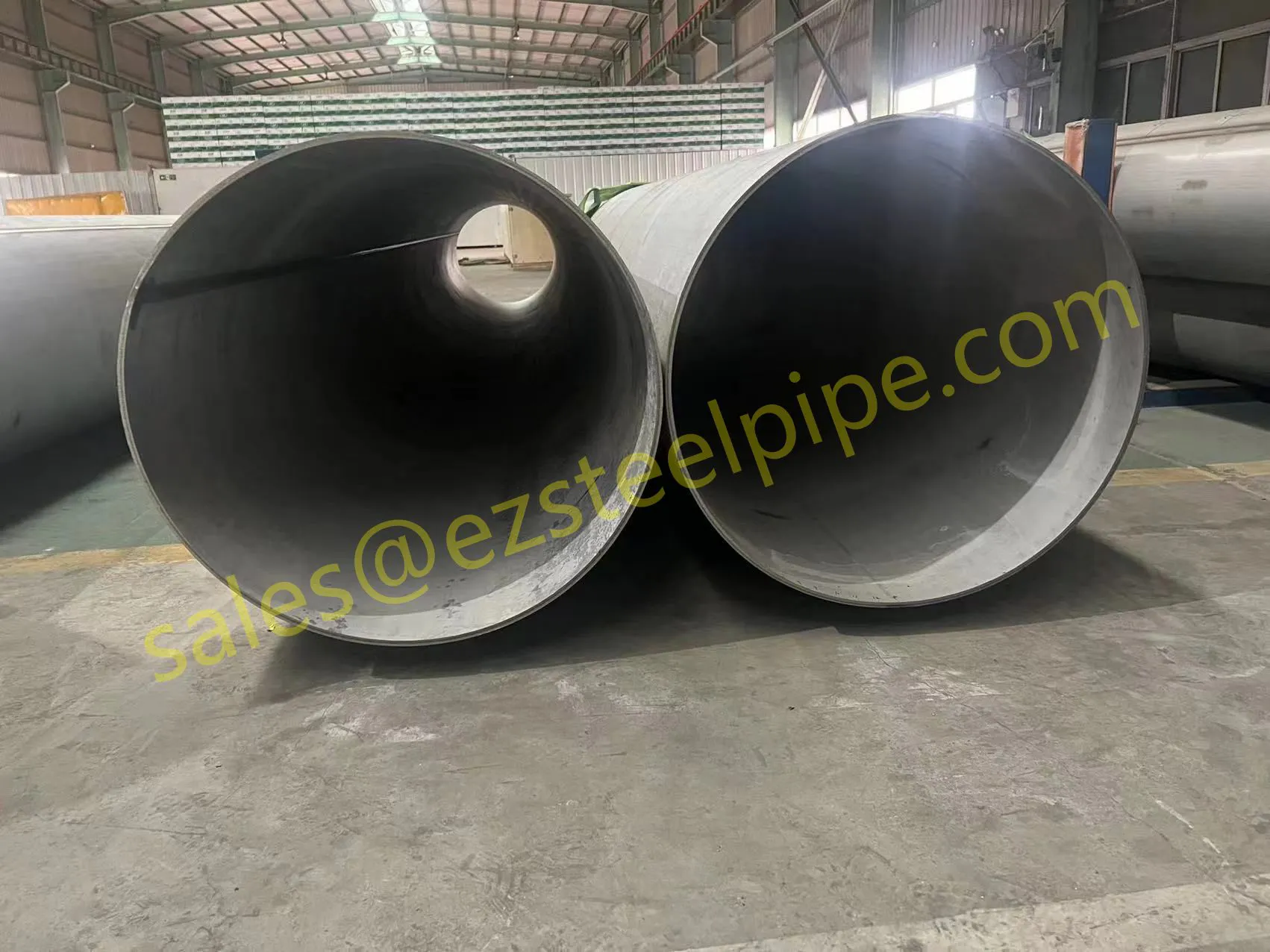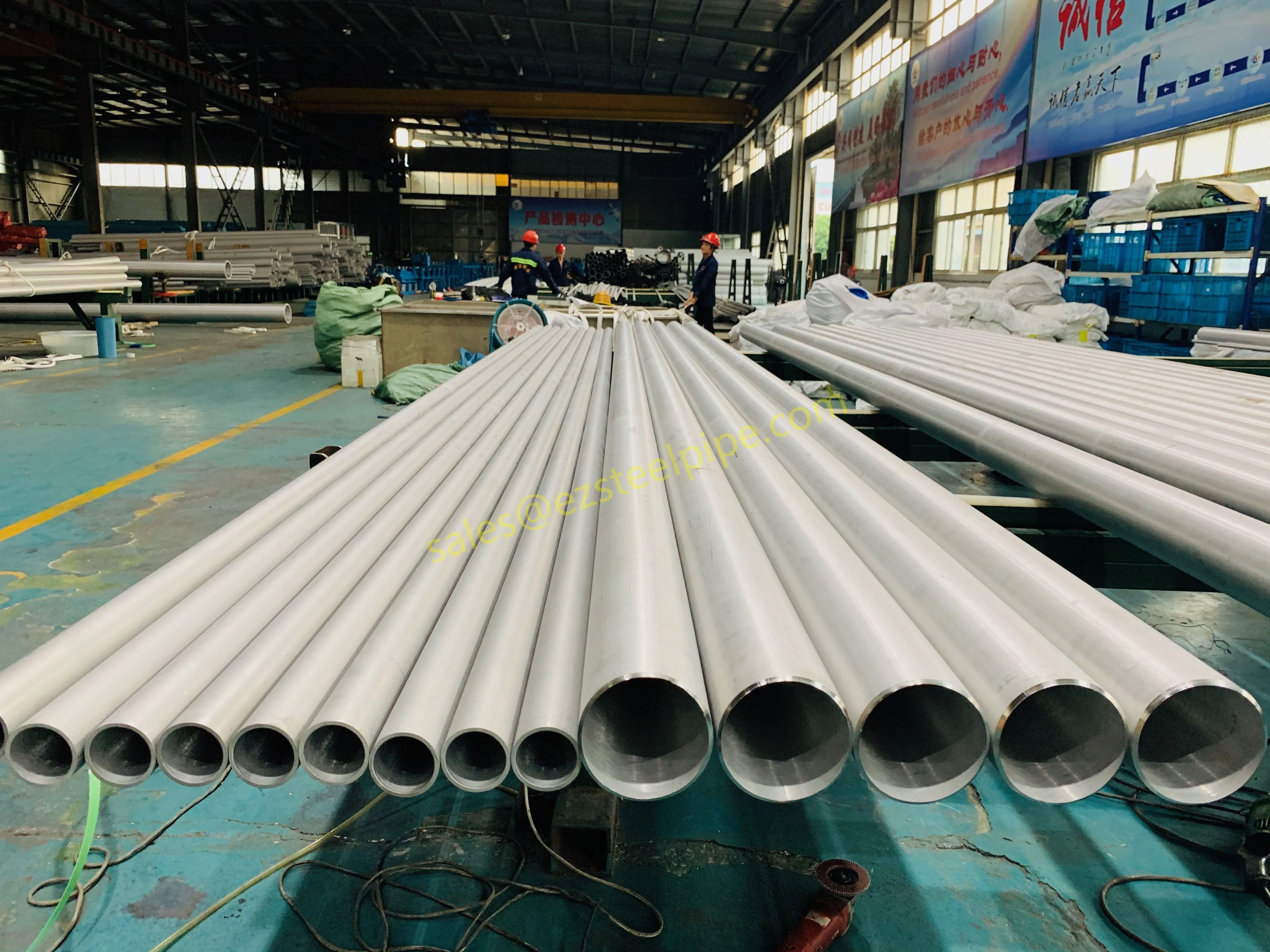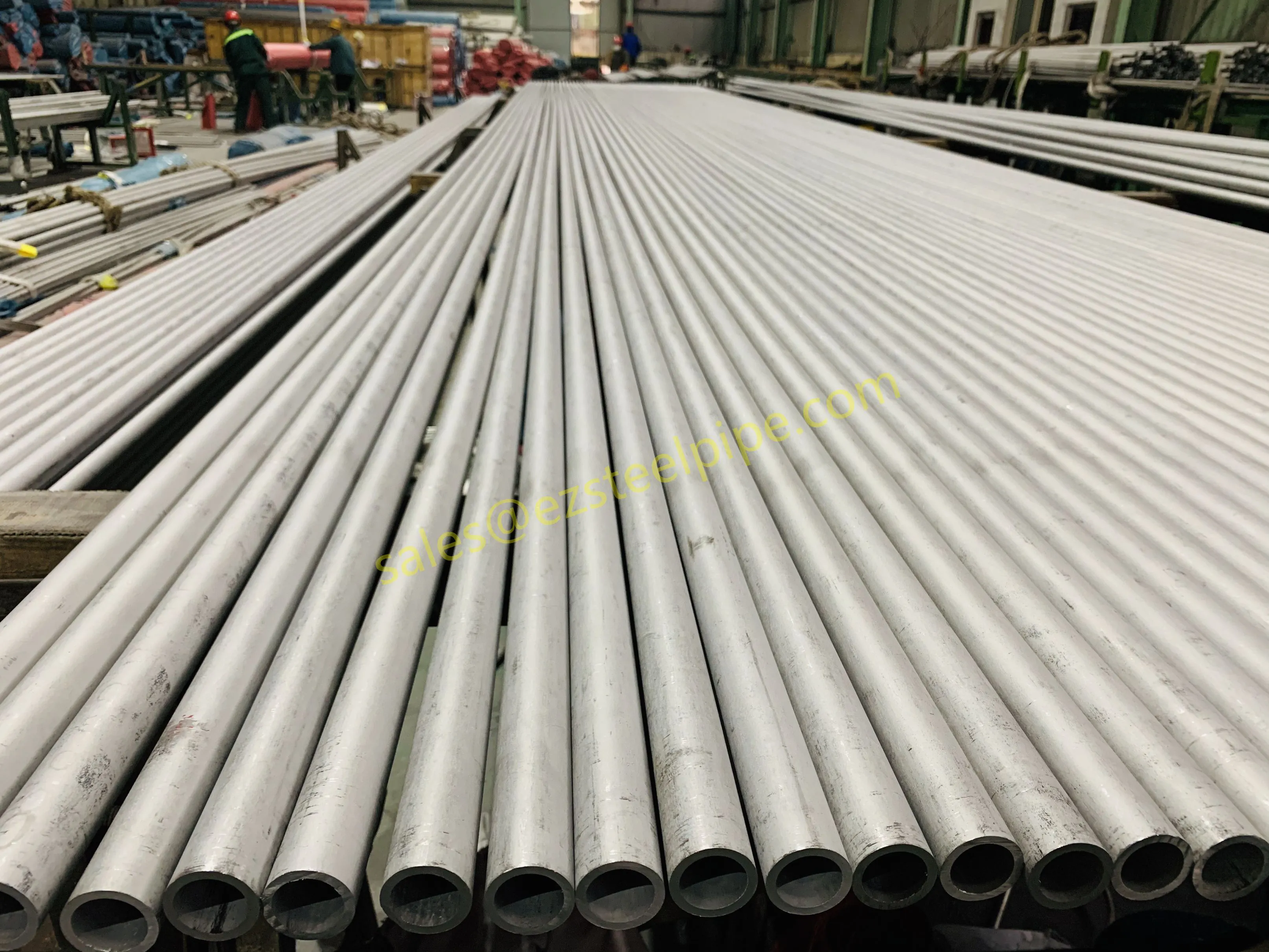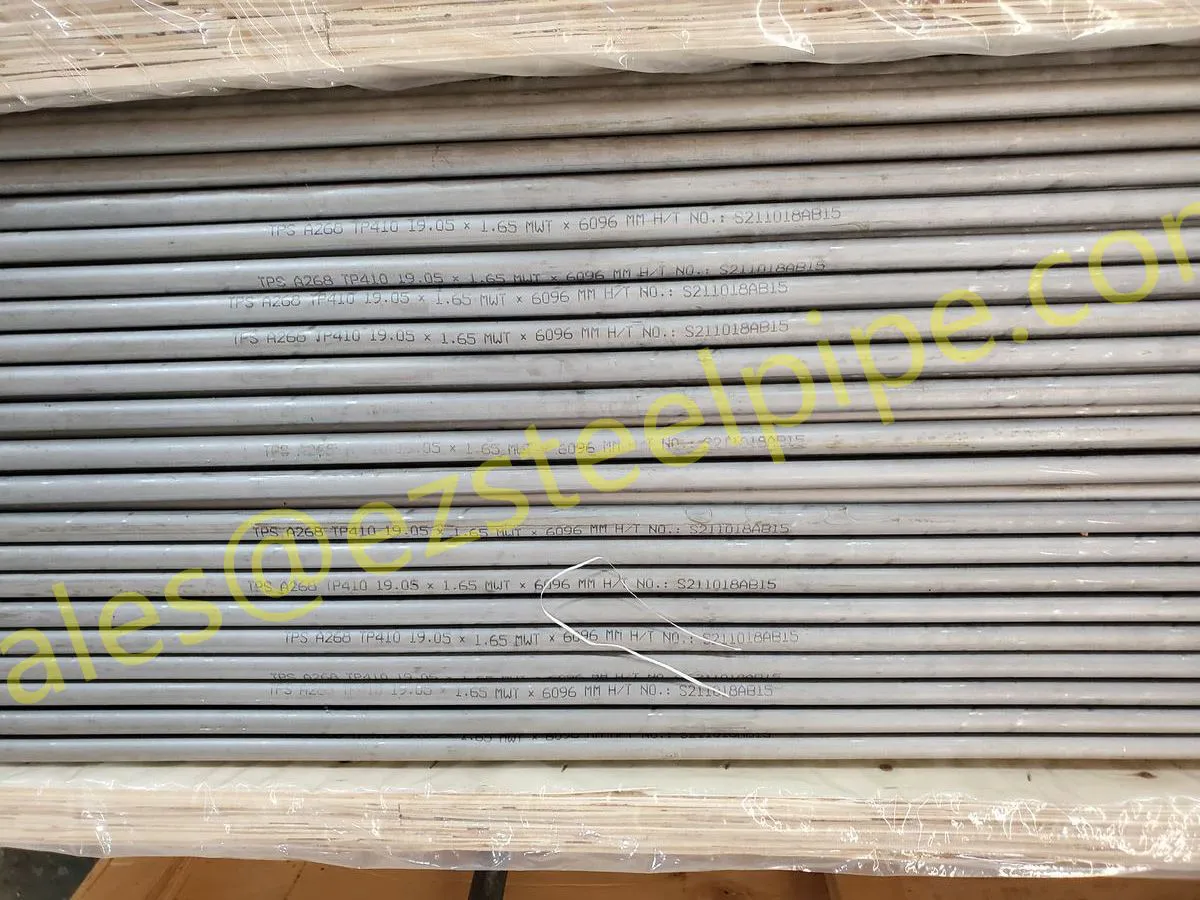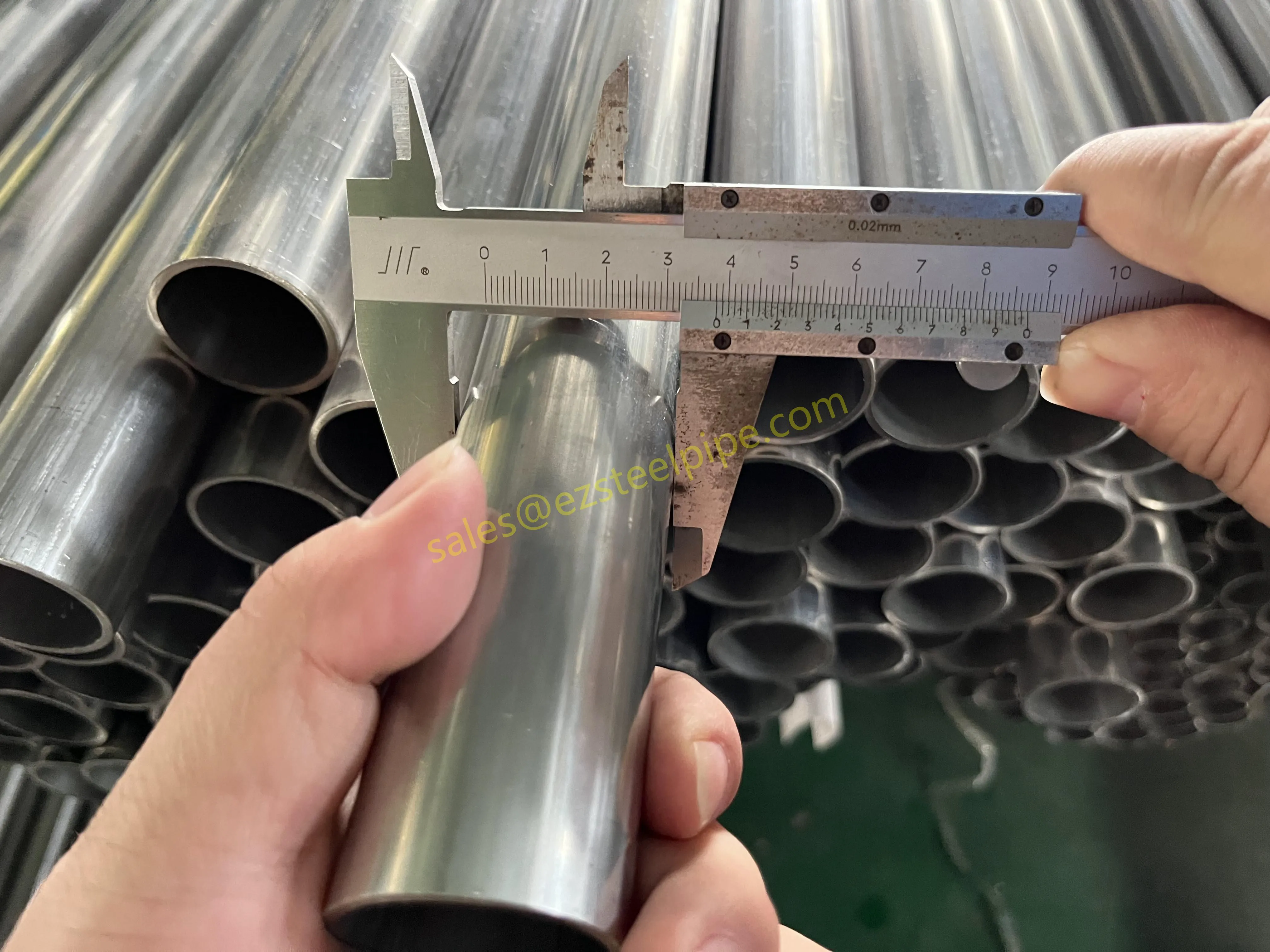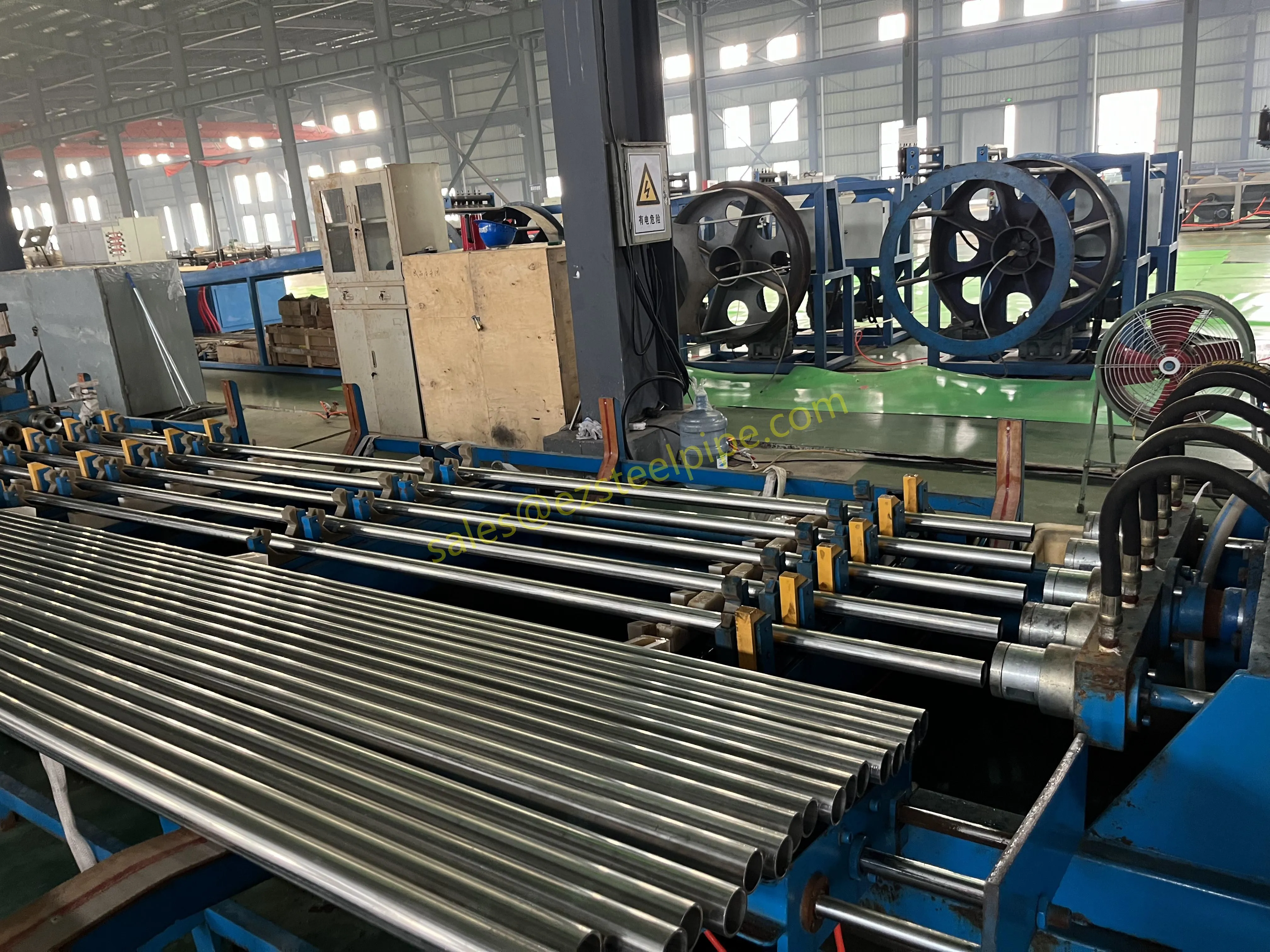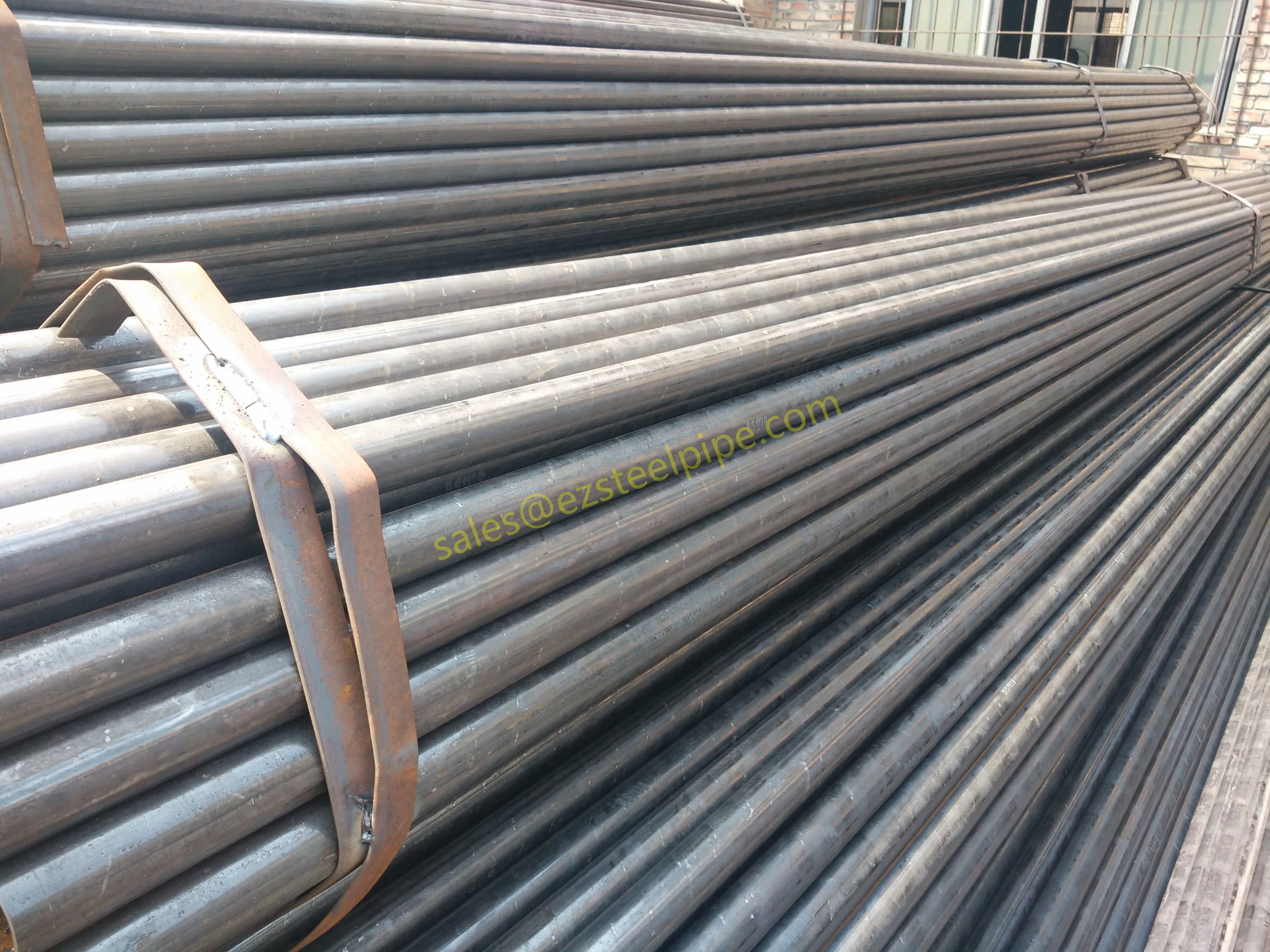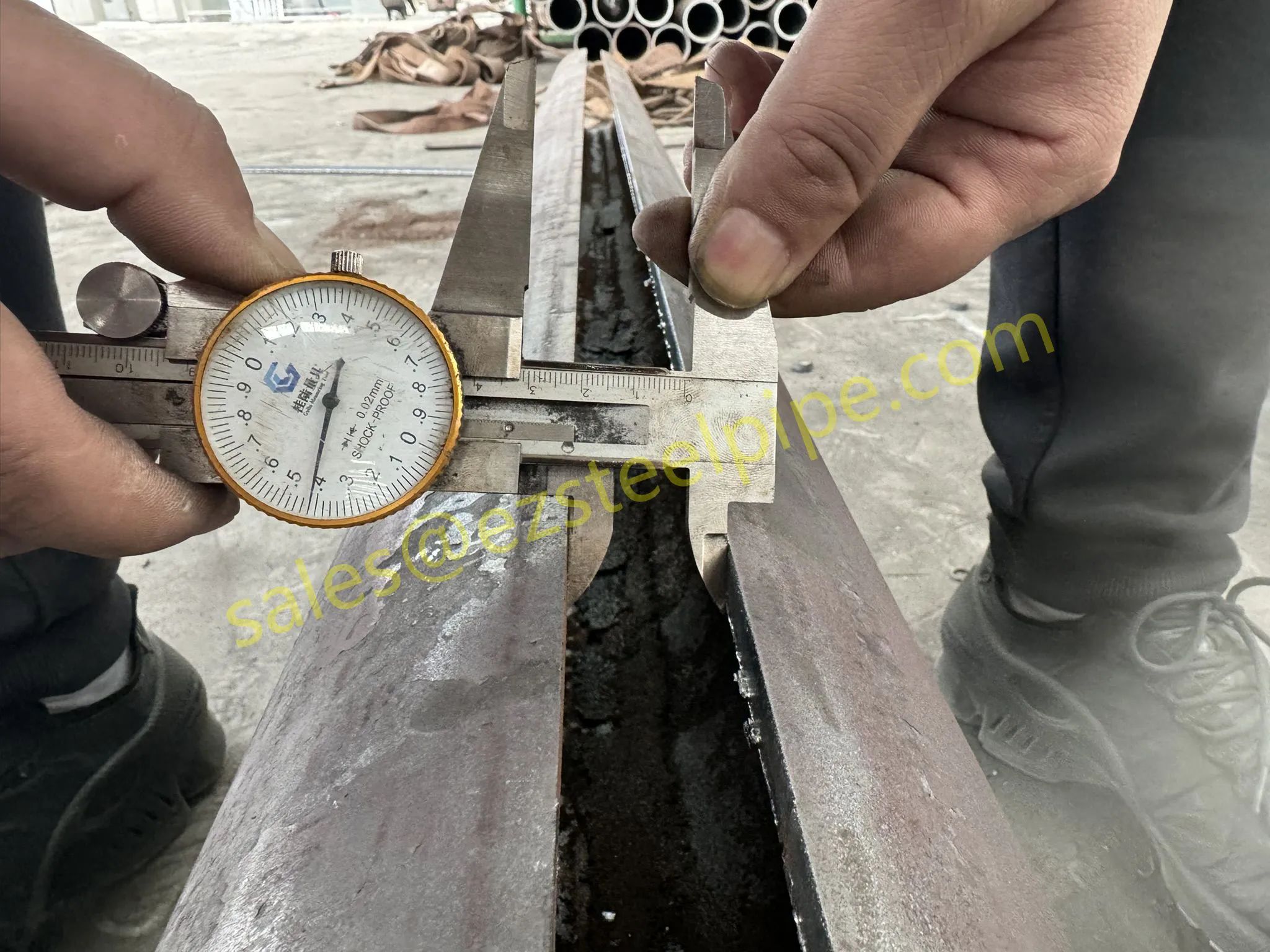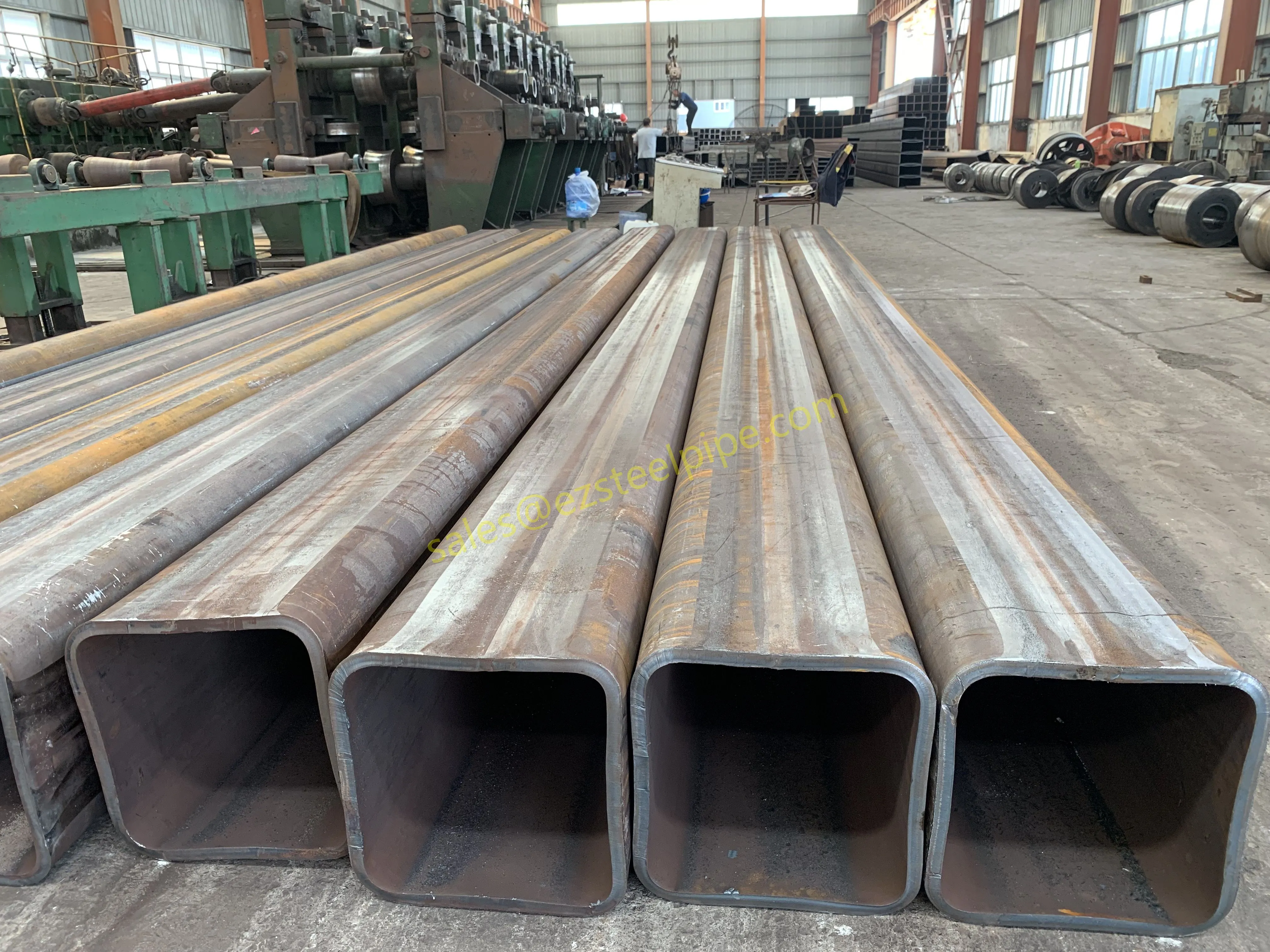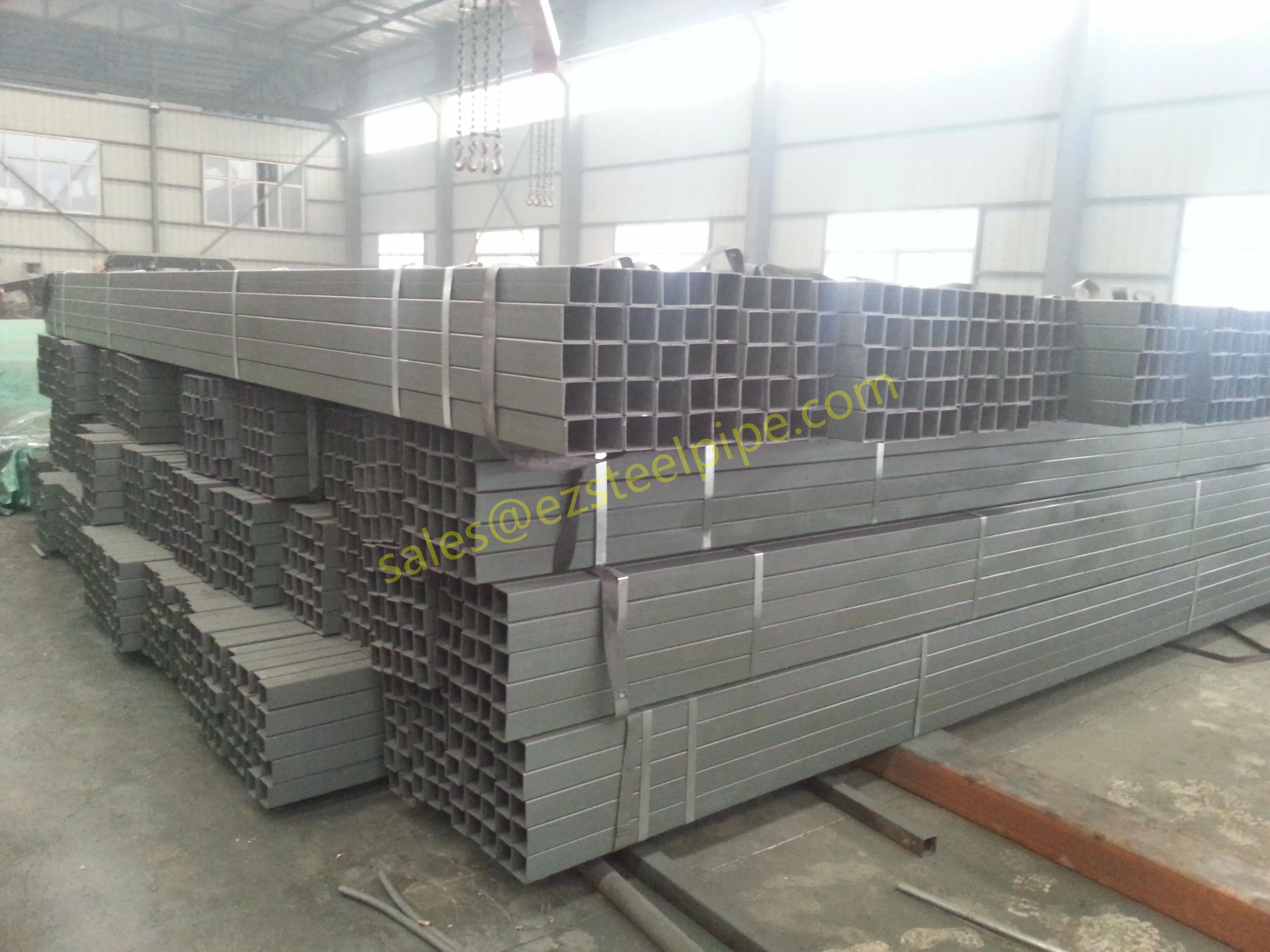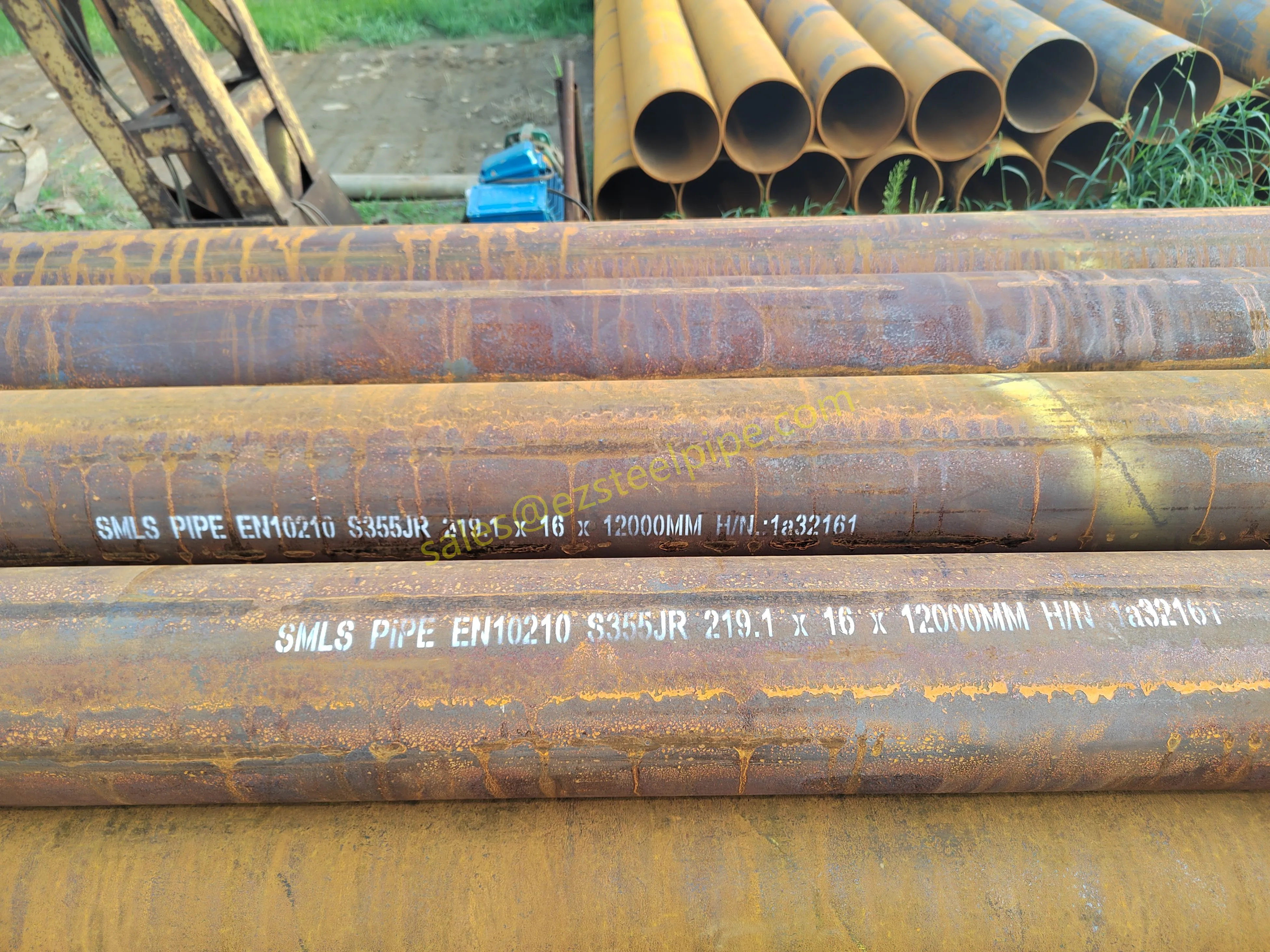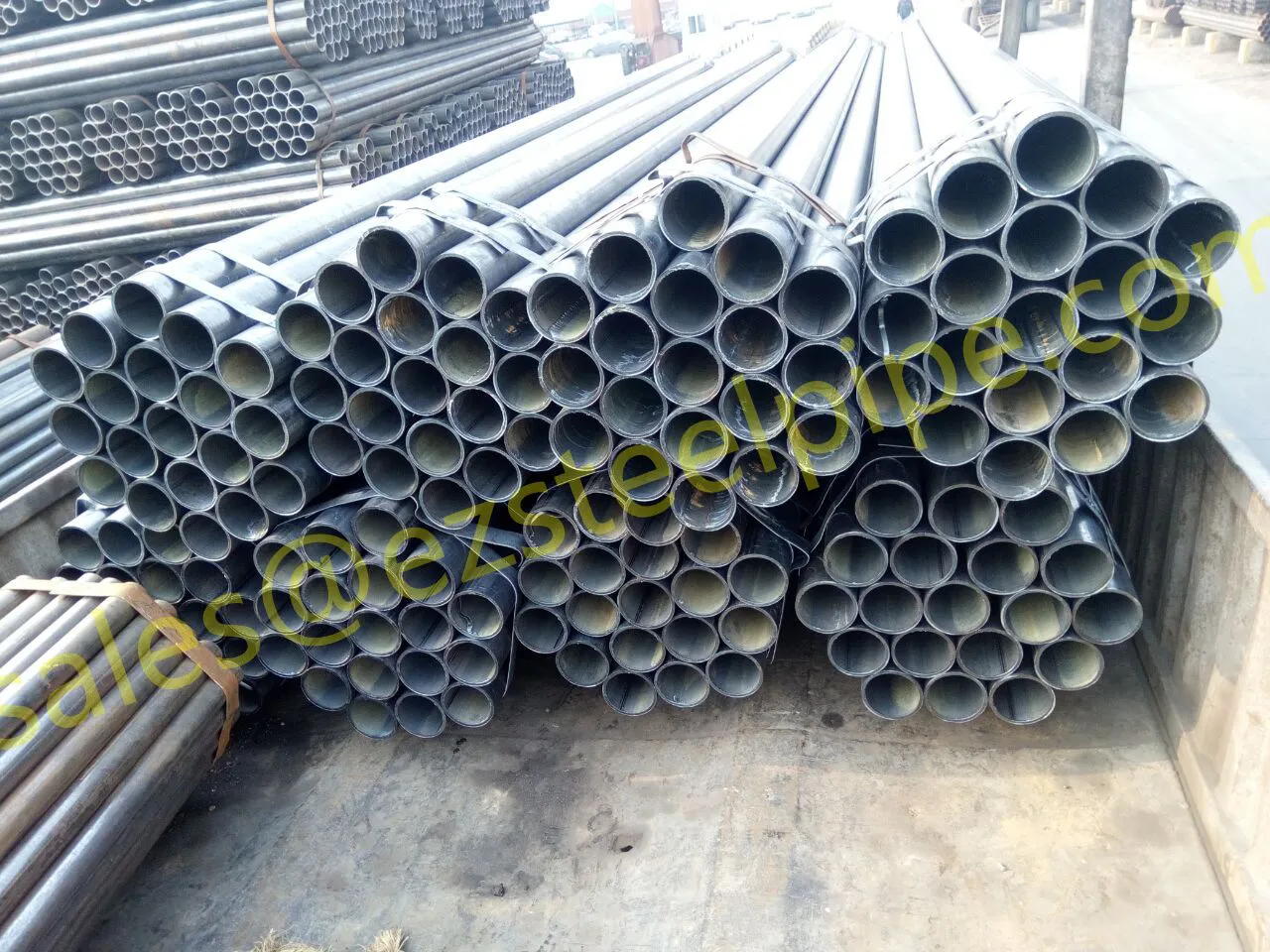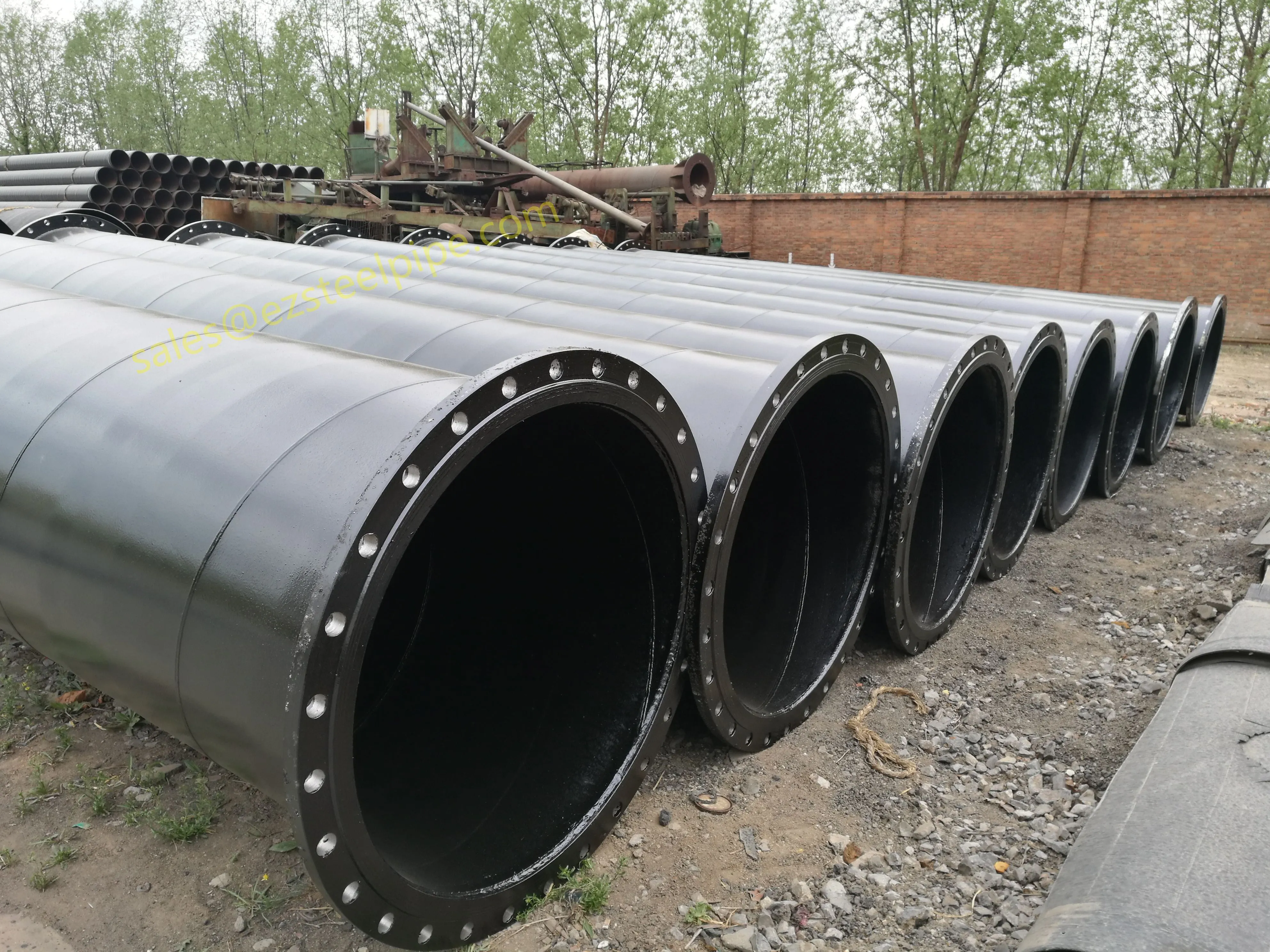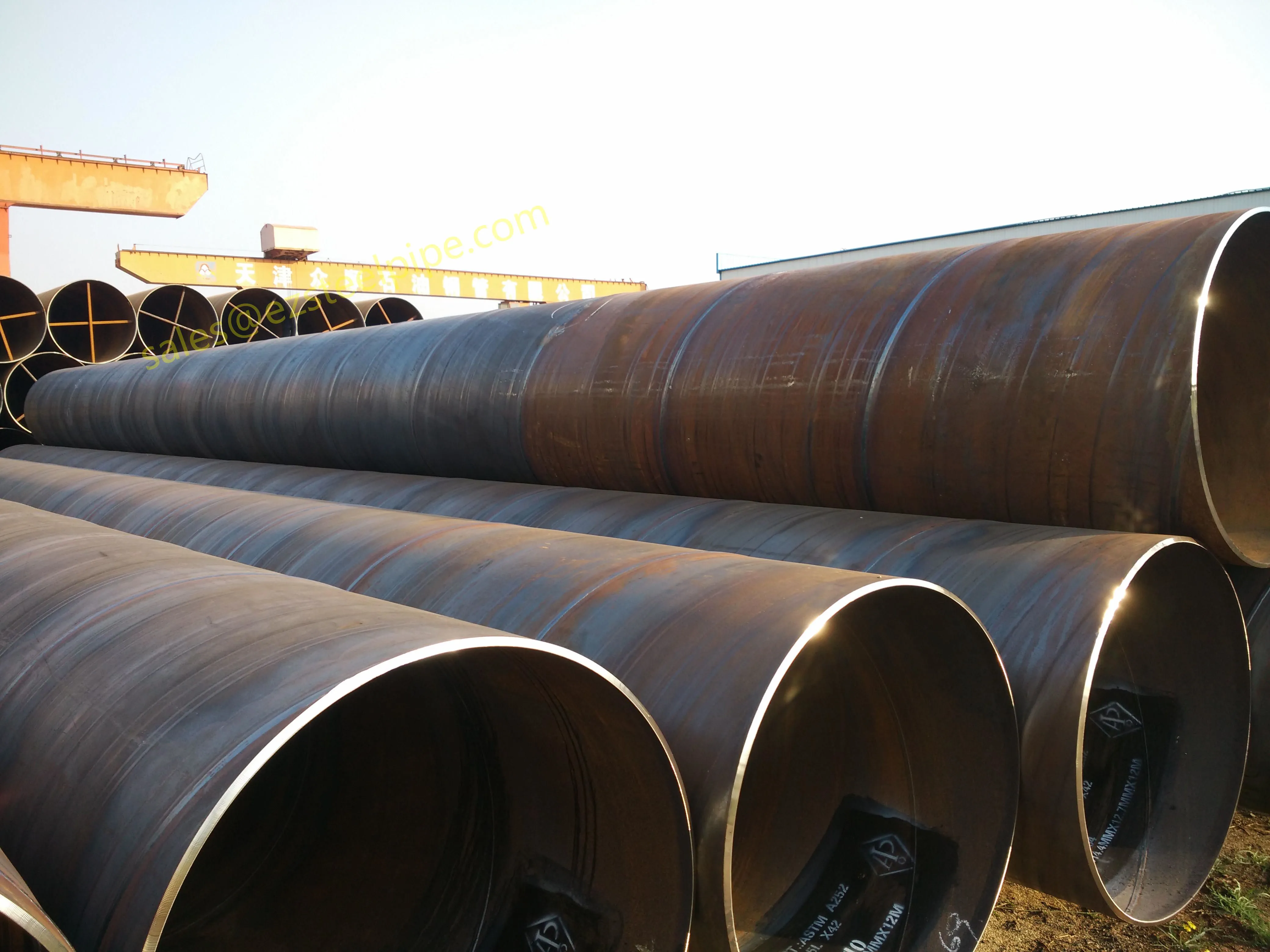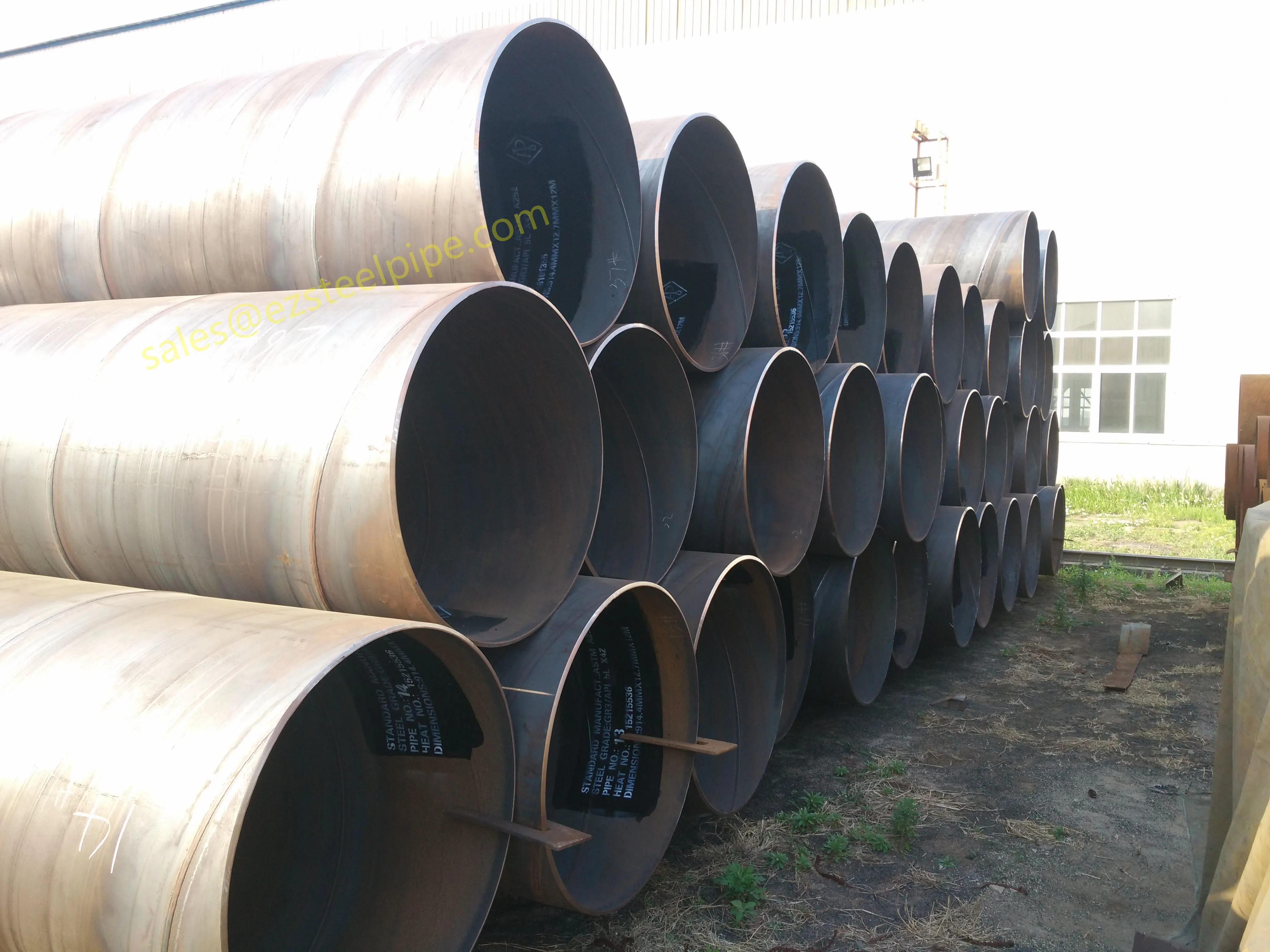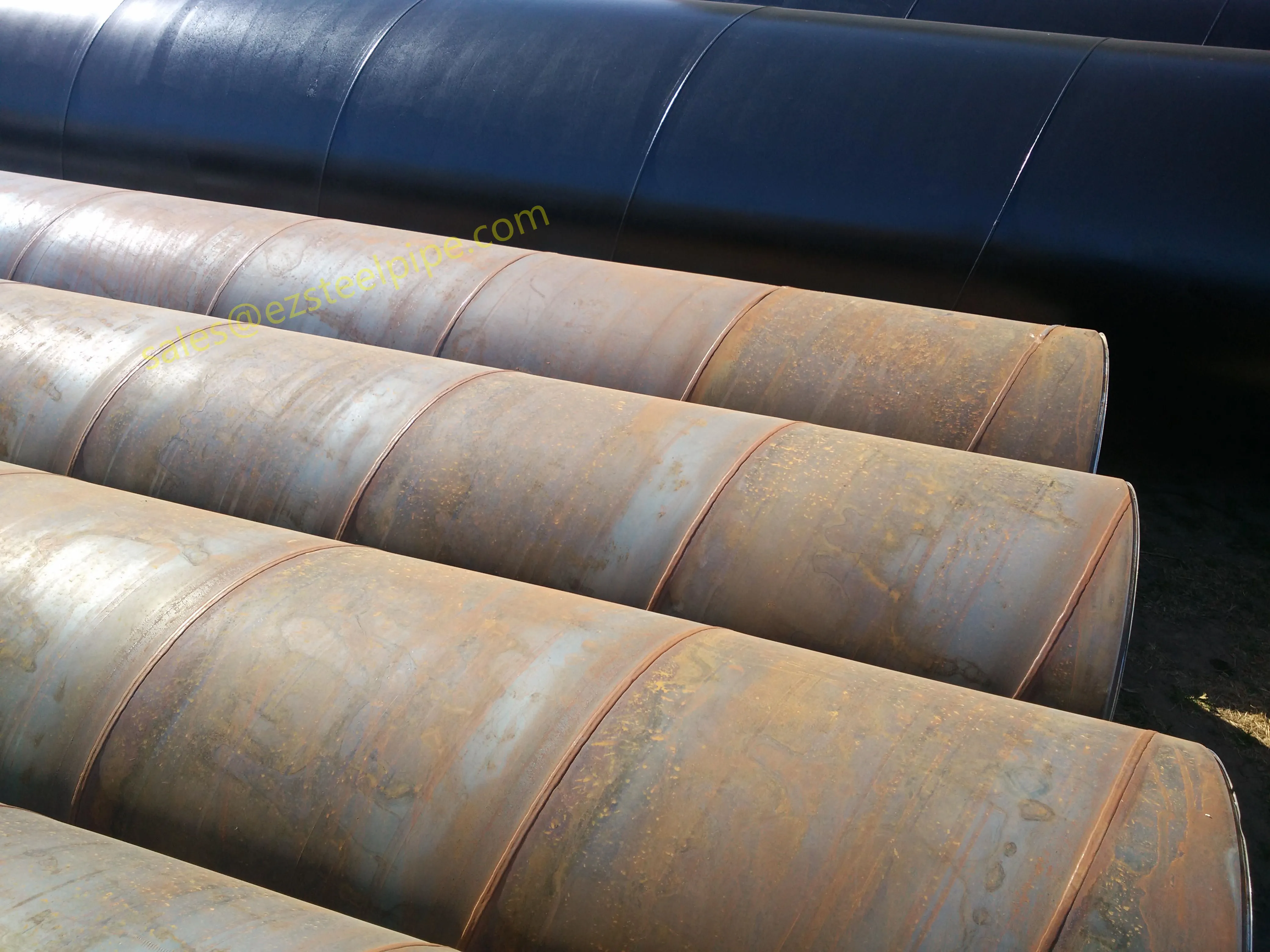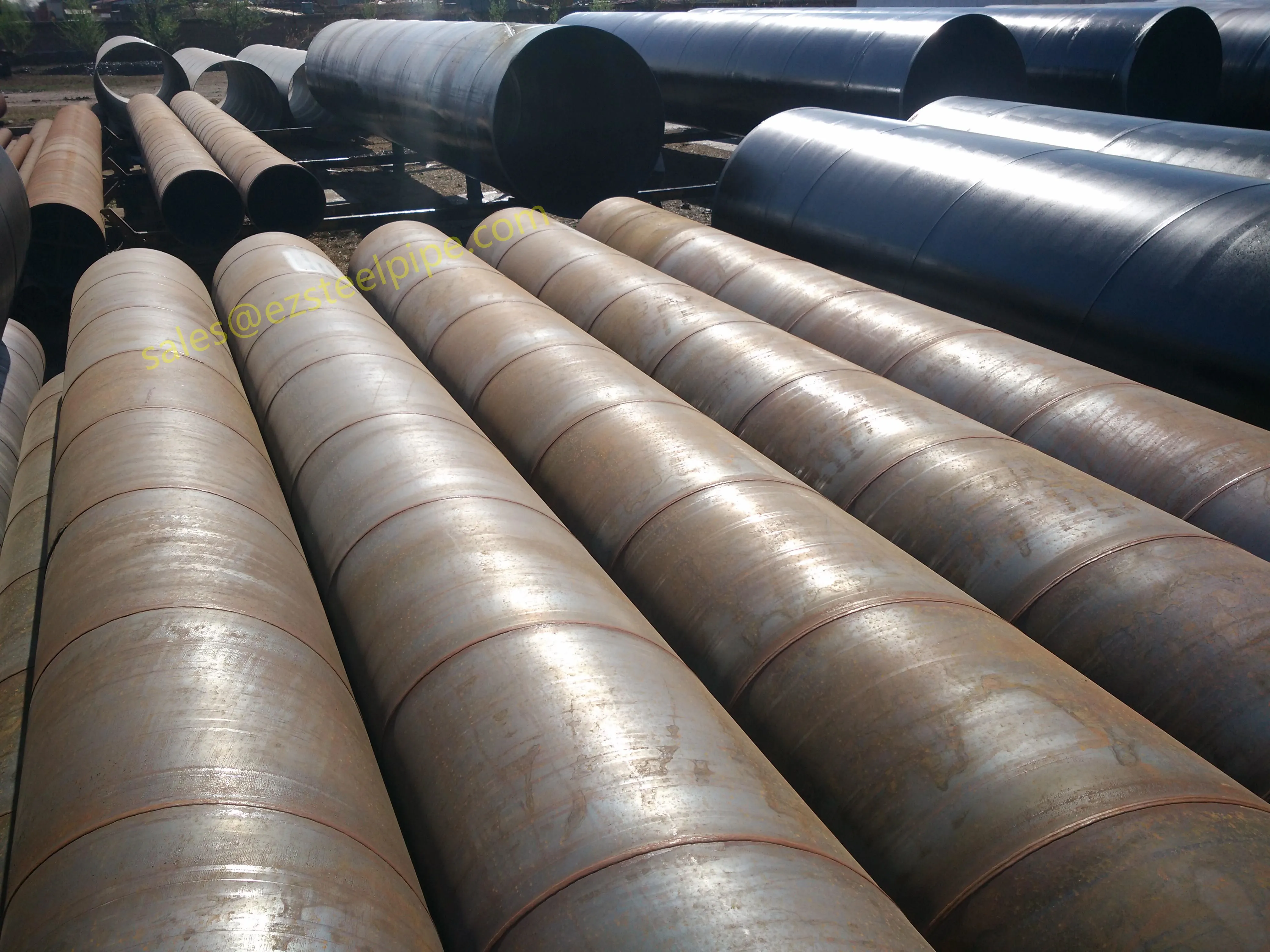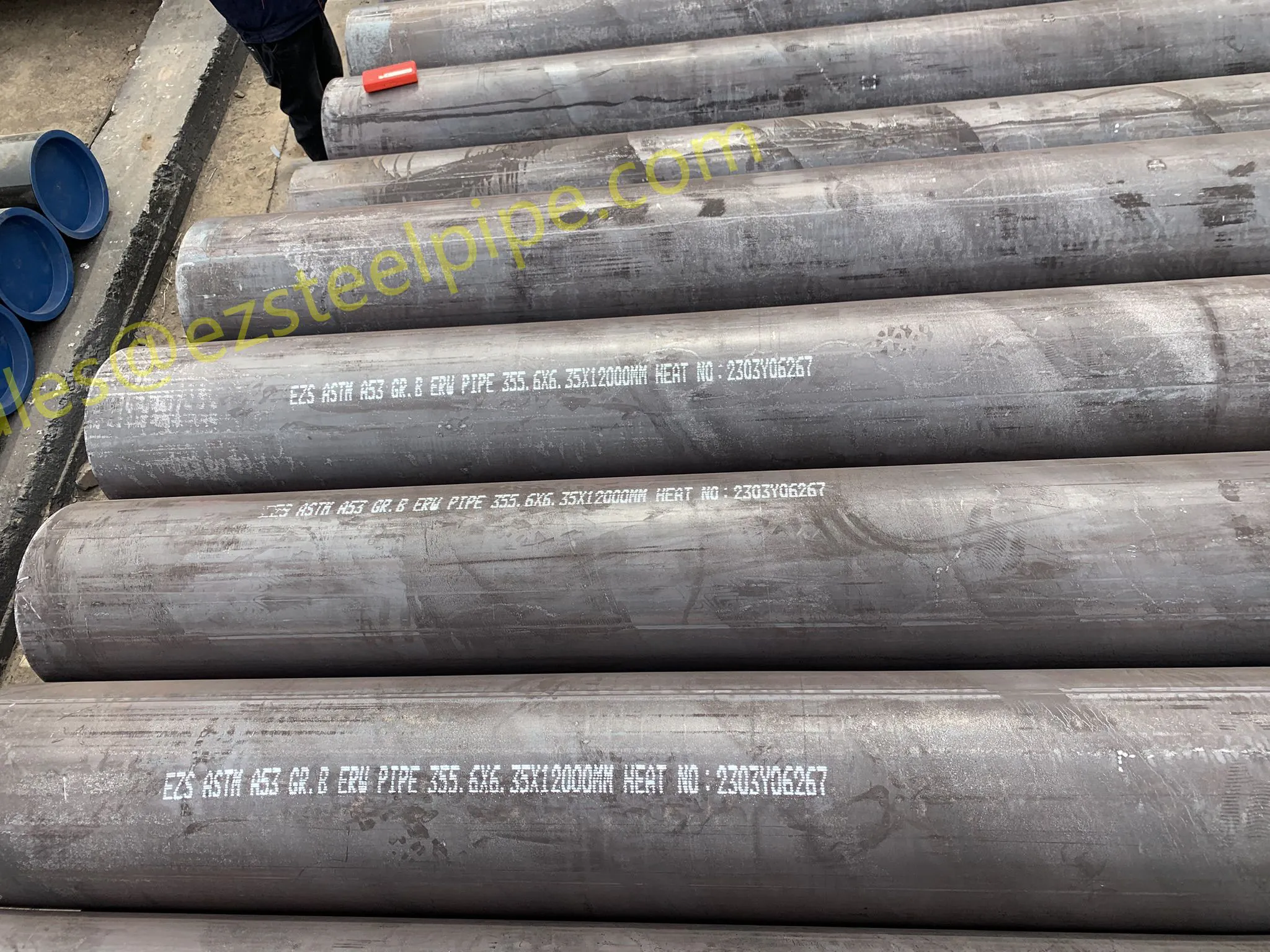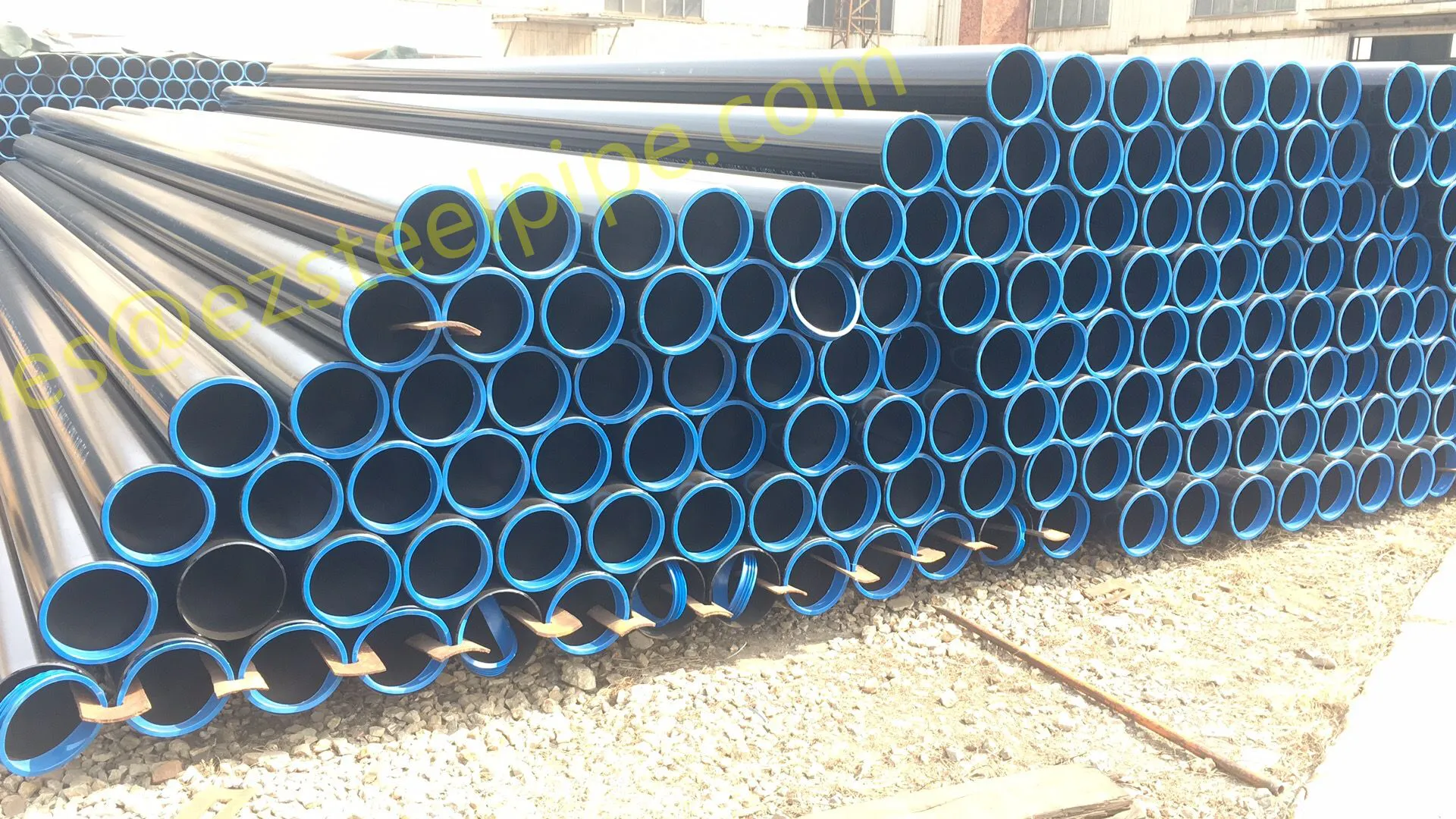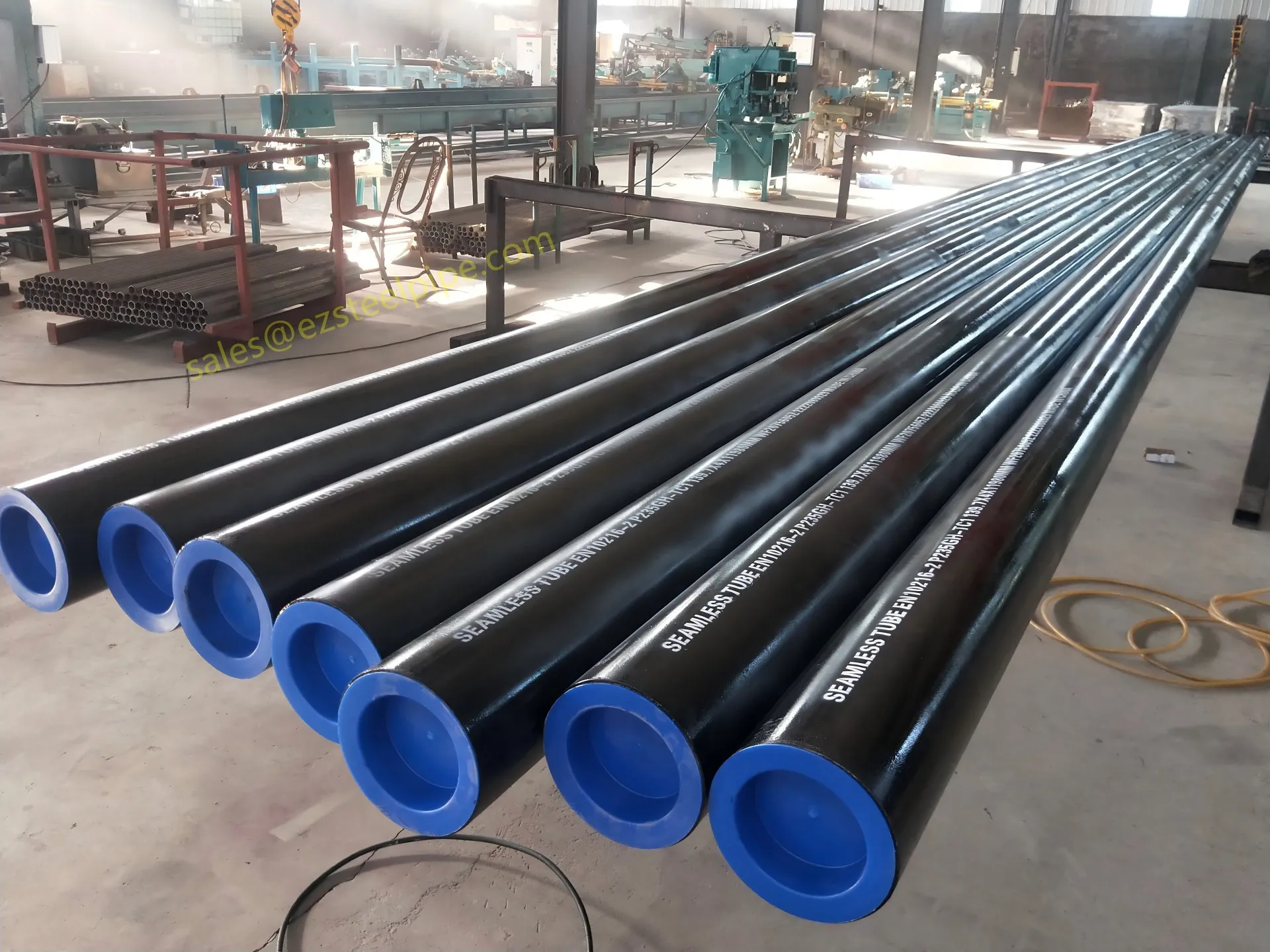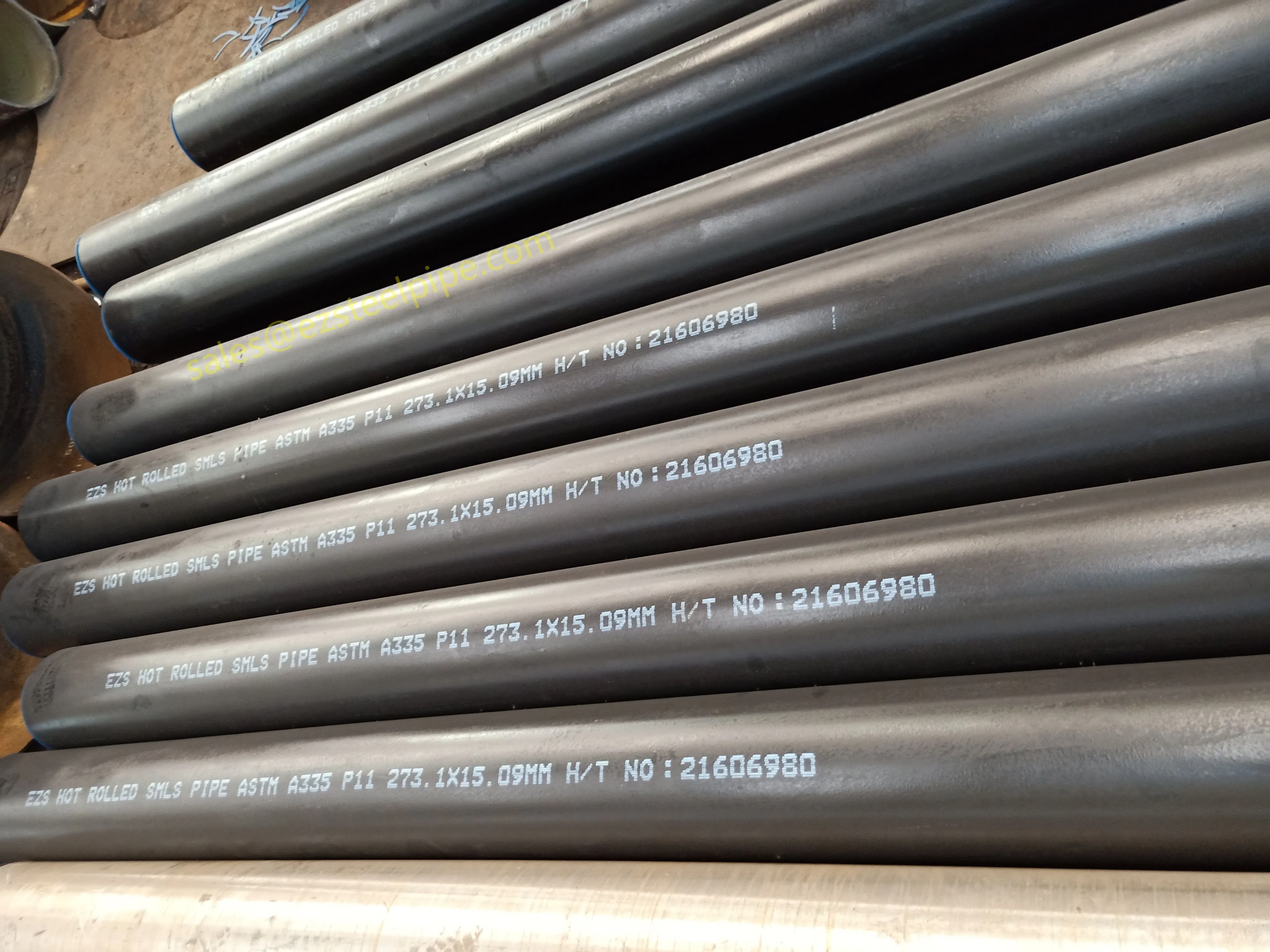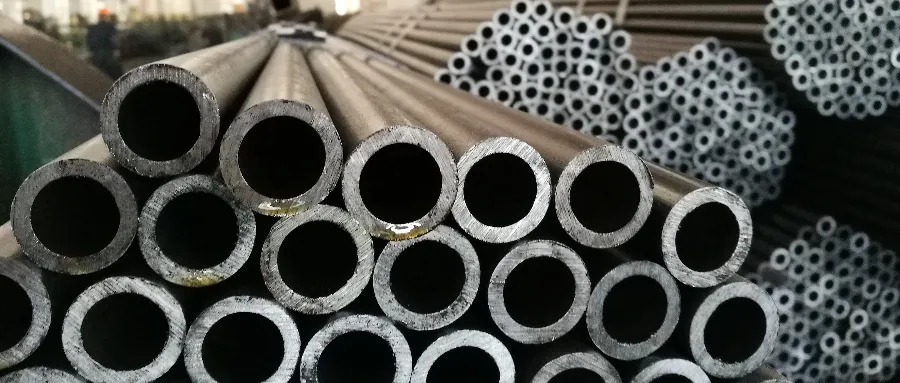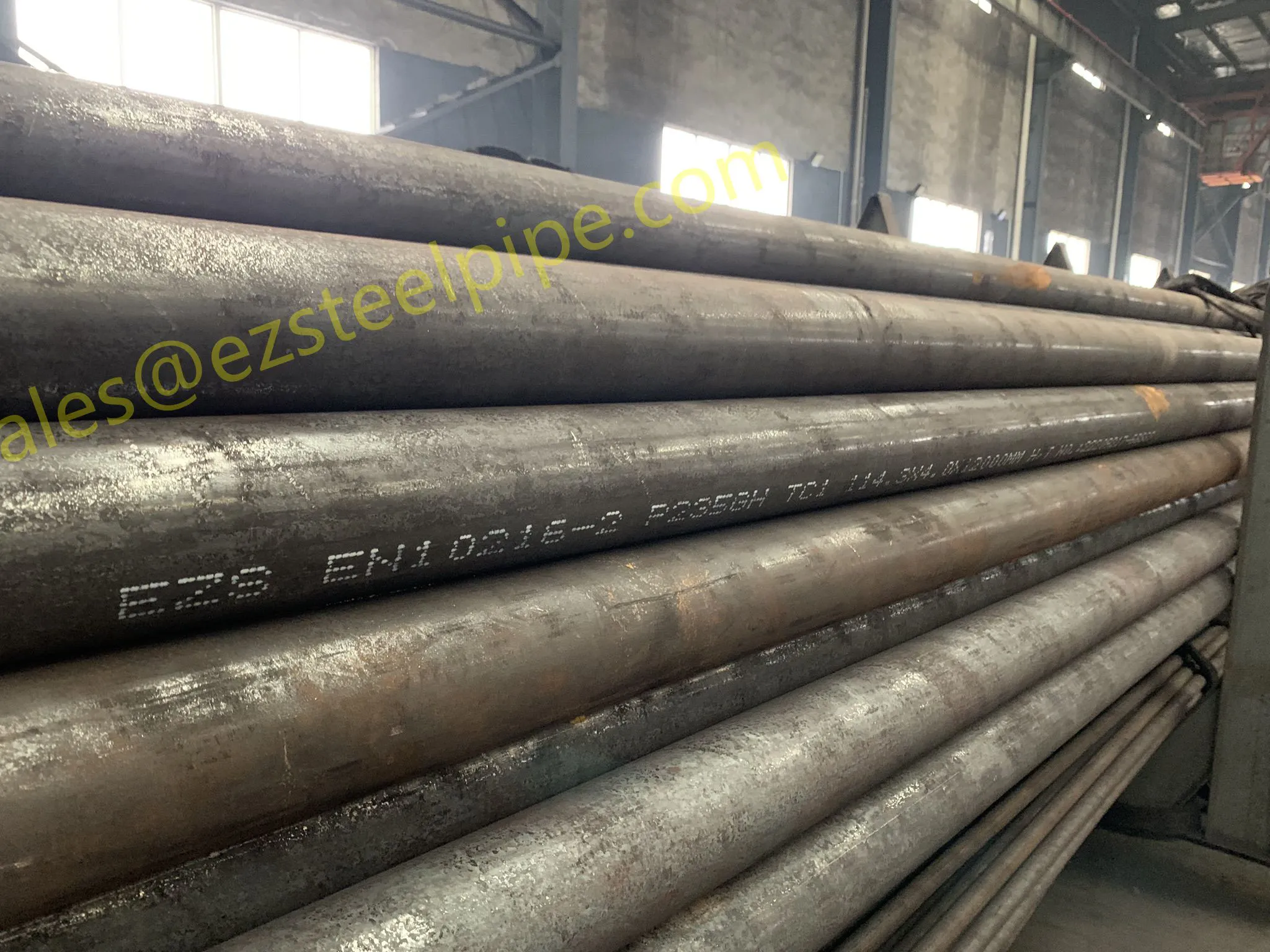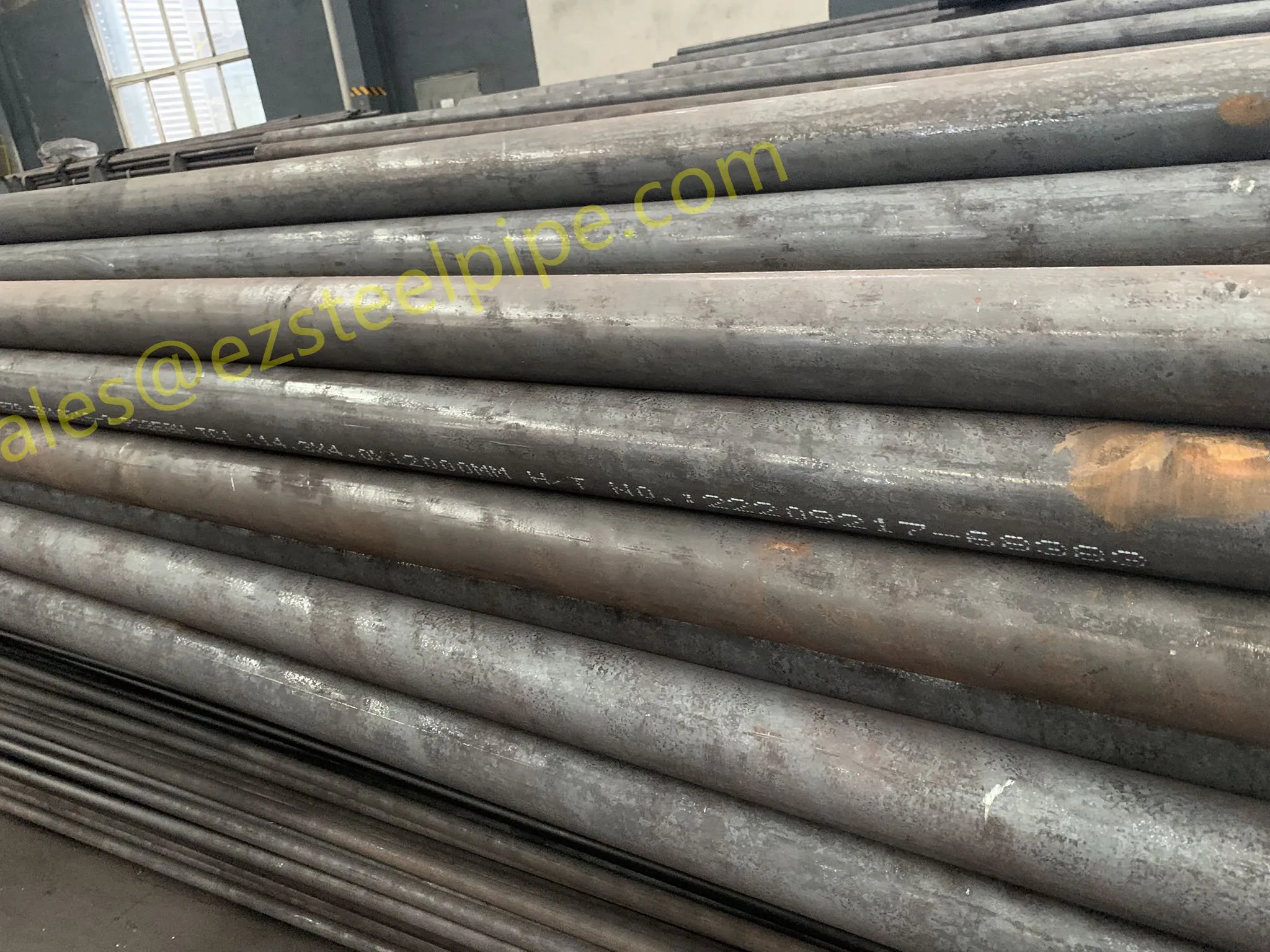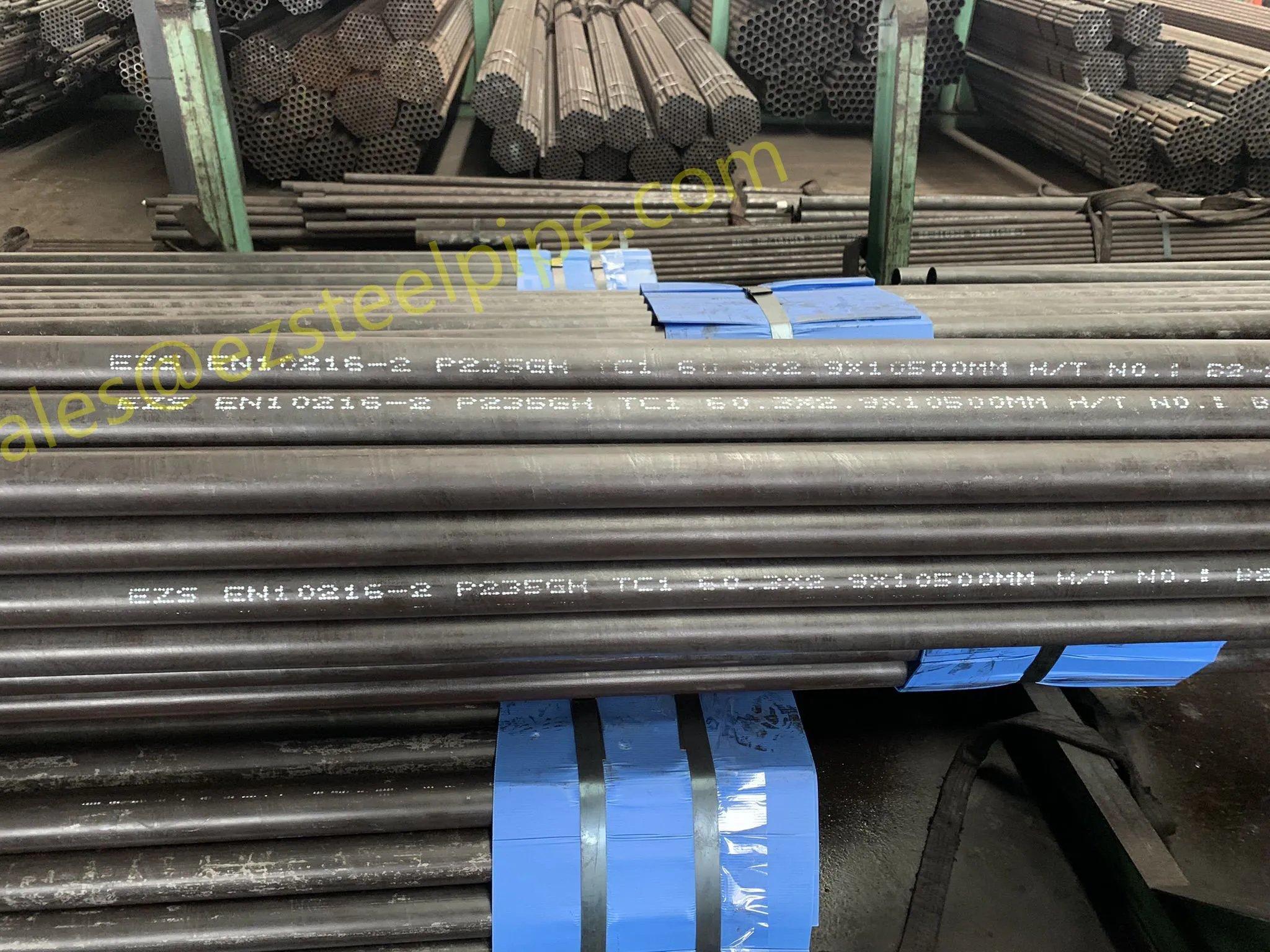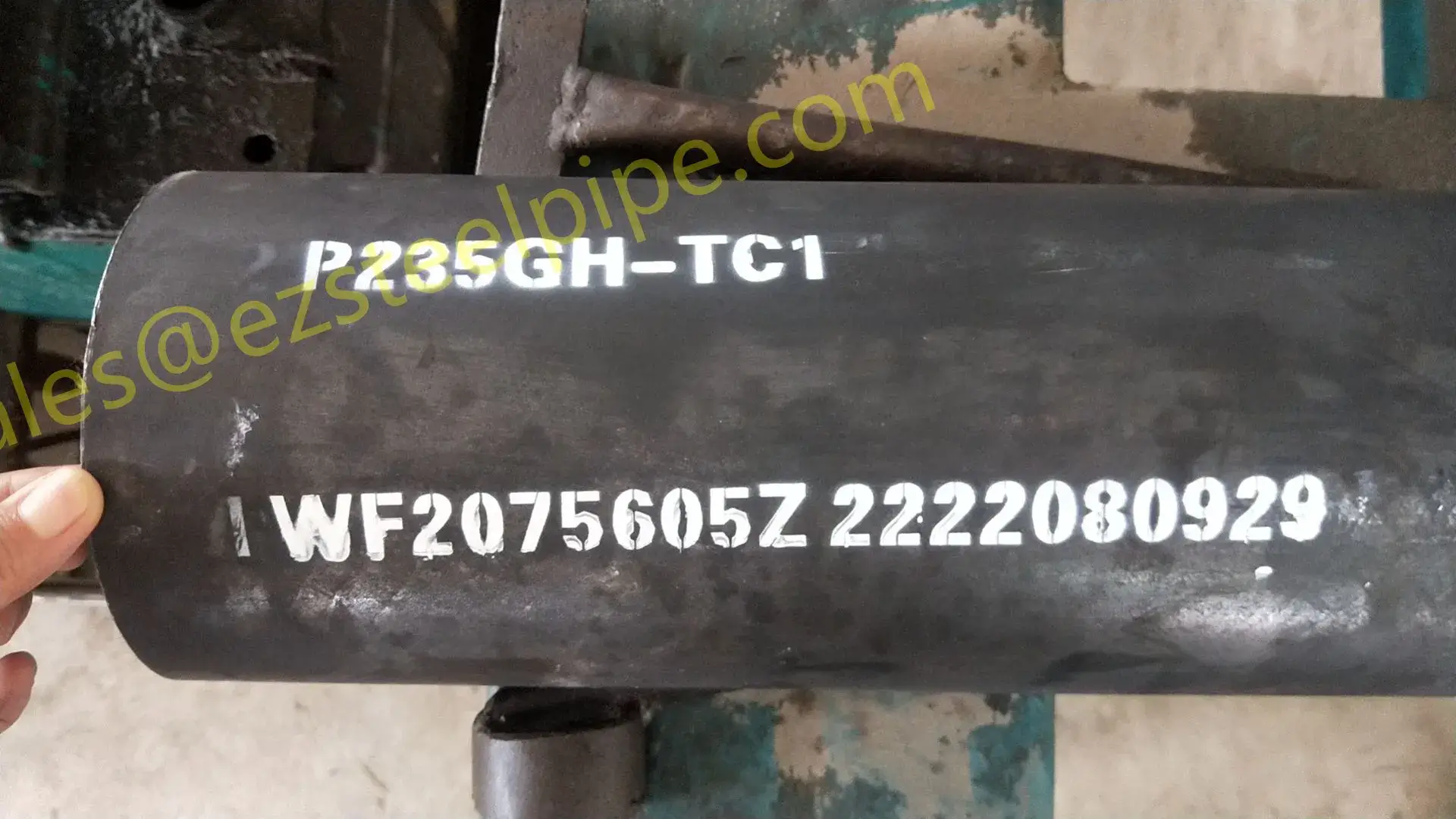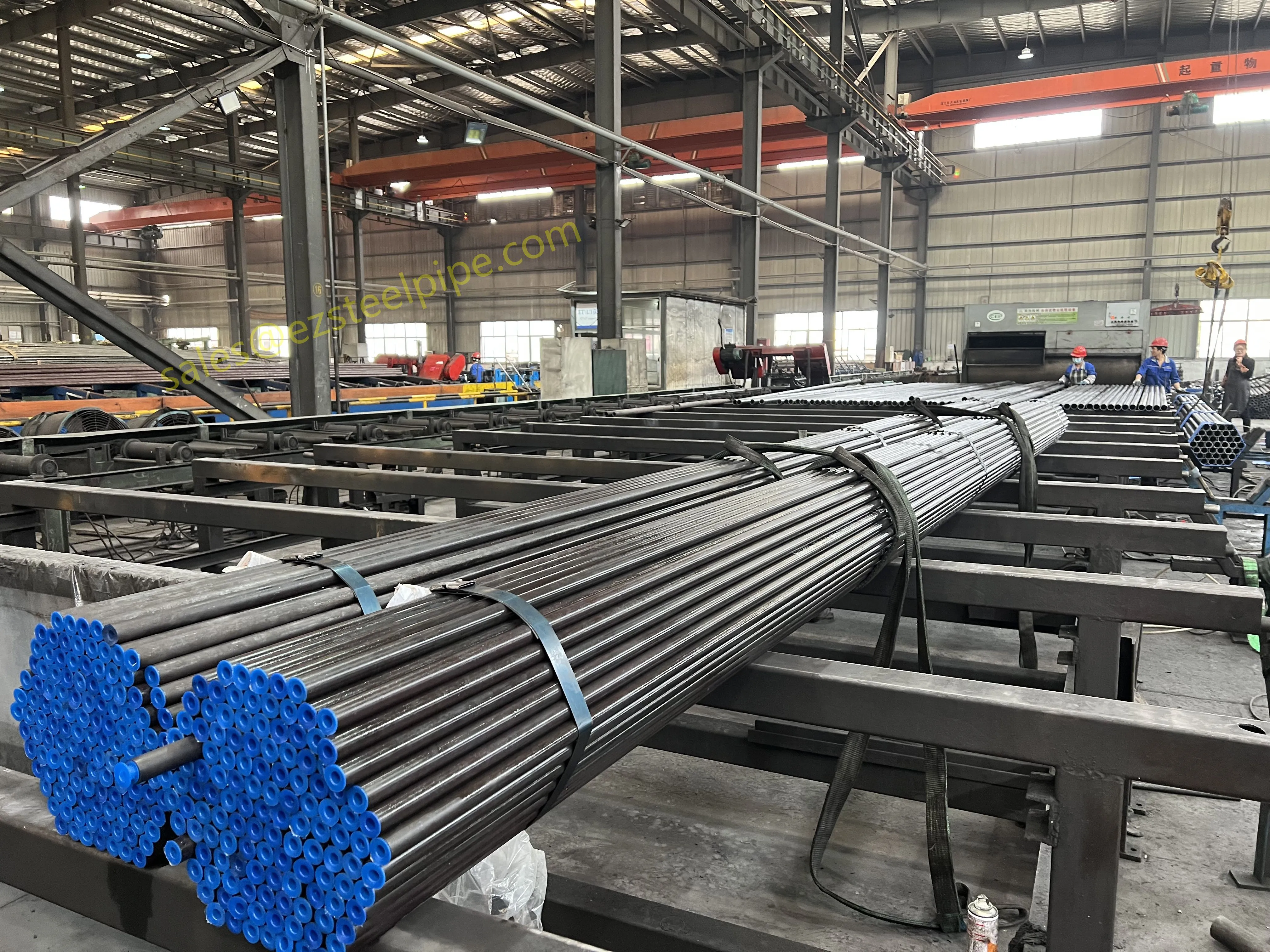Walk onto any active construction site, and you'll quickly realize that every material choice is a puzzle piece in a larger picture of safety, durability, and efficiency. From skyscraper foundations to offshore oil rigs, the success of a project hinges on selecting components that don't just meet specs—they exceed them. In recent years, one component has been turning heads among engineers and project managers alike: nail-embedded pipes. These aren't your average steel tubes; they're engineered with a clever twist—small, strategically placed nails embedded into their walls—that transforms their performance in ways that matter for real-world applications. Whether you're working on structure works, pipeline projects, or marine installations, understanding why these pipes stand out can help you build smarter, stronger, and more resilient systems. Let's explore the five key reasons that make nail-embedded pipes a game-changer in modern industry.
1. Unmatched Structural Integrity for High-Stakes Projects
Structural integrity isn't just a buzzword—it's the difference between a building that stands for decades and one that requires constant repairs. In structure works, where even minor flaws can lead to catastrophic failures, nail-embedded pipes offer a level of stability that traditional pipes simply can't match. Made primarily from carbon & carbon alloy steel, these pipes start with a strong foundation, but it's the embedded nails that take their performance to the next level. Unlike smooth-walled pipes, which rely solely on friction to stay anchored, the nails create a mechanical bond with surrounding materials like concrete, soil, or mortar. This bond acts like a series of tiny anchors, preventing slippage, shifting, or separation over time.
Consider steel tubular piles, a staple in foundation work for bridges, ports, and high-rises. Traditional steel tubular piles are effective, but in loose or sandy soil, they can gradually sink or tilt under heavy loads. Nail-embedded steel tubular piles, however, "grip" the soil as they're driven in, with the nails digging into the earth and creating resistance against movement. A 2022 study by the American Society of Civil Engineers (ASCE) tested this by comparing standard vs. nail-embedded piles in a simulated earthquake scenario. The results were striking: nail-embedded piles showed 67% less lateral movement and 42% less stress on surrounding soil than their smooth counterparts. For projects in seismic zones or areas with unstable ground, this kind of stability isn't just an advantage—it's a lifesaver.
It's not just about soil, either. In concrete-reinforced structures, like retaining walls or building cores, nail-embedded pipes integrate seamlessly with the concrete matrix. As the concrete cures, it flows around the nails, locking the pipe into place and turning it into a unified structural element rather than a separate component. This is especially critical in pressure tubes used for industrial applications, where leaks or failures could have disastrous consequences. A petrochemical facility in Texas upgraded its processing plant's pressure tubes to nail-embedded models in 2020, and after three years of operation, inspectors reported zero instances of pipe displacement or joint separation—issues that had plagued the plant's previous system.
For engineers, this translates to peace of mind. "When you're designing a structure that needs to last 50+ years, you can't afford to cut corners on foundational materials," says Raj Patel, a structural engineer with over 20 years of experience in pipeline works and structure projects. "Nail-embedded pipes give us a margin of safety that lets us sleep better at night. We know they're not just sitting in the ground—they're anchored there."
2. Superior Load-Bearing Capacity for Heavy-Duty Applications
Every project has a breaking point—the maximum load it can handle before structural failure. For industries like marine & ship-building, power plants, and aerospace, where equipment, vessels, and machinery weigh hundreds of tons, load-bearing capacity isn't just a specification; it's a bottom-line requirement. Nail-embedded pipes excel here, thanks to their unique design and choice of materials like carbon & carbon alloy steel, which balances strength and flexibility.
Traditional pipes distribute weight along their outer surface, which can lead to stress concentration in weak spots, especially at joints or bends. Nail-embedded pipes, however, use their embedded nails to create multiple load-transfer points. When a heavy load is applied—say, the weight of a ship's hull resting on marine piles or the pressure of high-temperature steam in a power plant—the nails act as secondary support, dispersing the force across a wider area. This reduces strain on any single part of the pipe, allowing it to handle heavier loads without deforming or cracking.
Take marine & ship-building, for example. Shipyards rely on steel tubular piles to support dry docks, piers, and vessel launch systems, where loads can exceed 10,000 tons during ship construction. A leading shipyard in South Korea switched to custom nail-embedded steel tubular piles in 2019 for their new dry dock project. During testing, the piles withstood a static load of 12,500 tons—25% more than the standard piles they'd used previously—without any signs of permanent deformation. "We were skeptical at first," admits Ji-hoon Kim, the yard's chief engineer. "But when we saw the test results, it was clear these pipes could handle the kind of loads we throw at them, even during extreme weather like typhoons."
Power plants & aerospace applications benefit similarly. In power plants, heat exchanger tubes and boiler tubing often carry high-pressure steam at temperatures exceeding 500°C. The combination of heat and pressure can weaken standard pipes over time, leading to leaks or bursts. Nail-embedded pressure tubes, however, maintain their shape and integrity under these conditions. A coal-fired power plant in Germany replaced its aging boiler tubing with custom nail-embedded models in 2021. Post-installation, the plant reported a 30% reduction in unplanned downtime due to pipe failures, and thermal imaging showed more even heat distribution—proof that the pipes were handling the load more effectively.
The numbers tell the story: independent lab tests show that nail-embedded pipes made from carbon & carbon alloy steel can support up to 40% more weight than standard pipes of the same diameter and thickness. For projects where safety and reliability are non-negotiable, that extra capacity isn't just a bonus—it's a requirement.
3. Resistance to Environmental Stress: From Saltwater to Extreme Temperatures
Industrial pipes don't live in ideal conditions. They're buried underground, submerged in saltwater, exposed to corrosive chemicals, and bombarded by extreme temperatures. Over time, these environmental stressors take a toll, leading to rust, corrosion, and degradation that can compromise performance. Nail-embedded pipes, however, are built to fight back, thanks to their material science and design.
Start with the base material: carbon & carbon alloy steel, which offers inherent resistance to corrosion and wear. But the embedded nails add an extra layer of protection. Unlike standard pipes, where scratches or dents can quickly turn into rust spots, the nails create a barrier that slows down the spread of corrosion. In marine & ship-building, where saltwater is a constant threat, this is a game-changer. A coastal port in Florida upgraded its dock pilings to nail-embedded steel tubular piles in 2018. After five years of exposure to saltwater, barnacle growth, and storm surges, inspections showed minimal corrosion—far less than the 15-year lifespan projected for the previous wooden and standard steel piles. "We used to replace pilings every 10 years because of rust," says Port Manager Lisa Torres. "With these new pipes, we're expecting to get 30+ years out of them. That's a huge cost savings, not to mention less disruption to port operations."
It's not just saltwater that these pipes handle well. In petrochemical facilities, where pipes are exposed to harsh chemicals like sulfuric acid and benzene, nail-embedded pressure tubes made from stainless steel or copper & nickel alloy (options for custom orders) resist chemical erosion. A refinery in Louisiana switched to custom nail-embedded stainless steel tubes for its benzene processing line in 2019. Prior to the switch, the line required annual replacements due to chemical wear; now, after four years, the tubes show only minor signs of degradation. "The nails act like little shields," explains the refinery's maintenance supervisor, Mike Chen. "Even if the outer layer gets nicked, the nails slow down the chemical's ability to eat through the pipe wall."
Extreme temperatures are another challenge, especially in power plants & aerospace. In power plants, heat exchanger tubes and boiler tubing must withstand temperatures ranging from -20°C (during shutdowns) to 600°C (during operation). This thermal cycling can cause standard pipes to expand and contract, leading to cracks or loose joints. Nail-embedded pipes, however, have a more uniform structure that allows them to expand and contract without weakening. A geothermal power plant in Iceland, which operates in some of the world's most extreme temperature swings, installed nail-embedded heat efficiency tubes in 2021. After two years of operation, the tubes showed no signs of thermal fatigue—a problem that had previously required annual tube replacements.
For pipeline works in cold climates, where freezing temperatures can cause ground heaving, nail-embedded pipes also offer advantages. The nails anchor the pipe firmly in the soil, preventing it from shifting as the ground freezes and thaws. A natural gas pipeline project in Canada's Alberta province used these pipes for a 200-mile stretch through permafrost regions. "We were worried about frost heave damaging the pipeline," says project engineer Sarah Johnson. "But the nail-embedded pipes stayed put, even during the coldest winter on record. It was a huge relief."
4. Cost-Efficiency: Saving Money Over the Long Haul
Let's talk numbers. At first glance, nail-embedded pipes may cost 10-15% more upfront than standard pipes. For budget-conscious project managers, that price tag can be a turnoff. But here's the thing: industrial projects aren't short-term investments. They're built to last 30, 50, even 100 years. When you factor in maintenance, repairs, and replacements, nail-embedded pipes often end up being the more cost-effective choice.
Consider structure works, where the cost of failure is astronomical. A single foundation repair on a high-rise building can cost millions, not to mention the downtime and safety risks. Nail-embedded steel tubular piles, with their enhanced durability, reduce the need for such repairs. A study by the Construction Industry Institute (CII) compared the lifecycle costs of standard vs. nail-embedded piles in a 50-year commercial building project. The results? While the initial cost of nail-embedded piles was $120,000 higher, the projected maintenance and repair costs over 50 years were $1.2 million lower. That's a net savings of over $1 million—more than enough to justify the upfront investment.
Pipeline works tell a similar story. In municipal water systems, for example, replacing a single mile of pipeline can cost $1-2 million, not including the disruption to residents and businesses. A city in Arizona replaced 10 miles of aging water pipes with nail-embedded carbon & carbon alloy steel pipes in 2017. Prior to the switch, the city was spending $500,000 annually on leaks and repairs for that stretch. After installation, repair costs dropped to less than $50,000 per year—a 90% reduction. "We were hesitant about the upfront cost, but the math worked out," says the city's public works director, Carlos Mendez. "We're saving taxpayers millions over the pipe's expected lifespan."
Marine & ship-building projects also benefit from long-term savings. Offshore oil rigs, for example, rely on steel tubular piles to anchor them to the seabed. Replacing these piles requires specialized equipment, divers, and often shutting down production—costs that can exceed $10 million per day. A major oil company switched to nail-embedded piles for a new rig in the Gulf of Mexico in 2022. "We calculated that if we can extend the pile lifespan from 20 to 40 years, we'll save over $50 million in replacement costs alone," says the rig's project manager, Emily Rodriguez. "That's not including the savings from avoiding production shutdowns."
Custom options further boost cost-efficiency. Many manufacturers offer custom nail-embedded pipes tailored to specific project needs—whether that's a unique diameter, material (like stainless steel or copper & nickel alloy), or nail pattern. This means you're not paying for features you don't need, and you're getting a pipe optimized for your exact environment. A petrochemical facility in Texas, for example, ordered custom nail-embedded pressure tubes with a thicker wall and corrosion-resistant coating for its sulfur processing line. While the custom design added 5% to the pipe cost, it eliminated the need for expensive external liners, saving 15% overall on the project.
| Cost Factor | Standard Pipes (50-Year Lifespan) | Nail-Embedded Pipes (50-Year Lifespan) |
|---|---|---|
| Initial Material Cost | $500,000 | $575,000 (15% higher) |
| Installation | $200,000 | $210,000 (5% higher) |
| Maintenance/Repairs | $1,800,000 | $300,000 (83% lower) |
| Replacements | $1,200,000 (2 replacements) | $0 (no replacements needed) |
| Total Lifecycle Cost | $3,700,000 | $1,085,000 |
Lifecycle cost comparison for a mid-sized structure works project (data from CII 2023 report)
5. Versatility Across Industries: One Pipe, Countless Applications
Industrial projects come in all shapes and sizes, and a one-size-fits-all pipe rarely cuts it. That's where the versatility of nail-embedded pipes shines. Whether you're building a skyscraper, a ship, a power plant, or a petrochemical facility, these pipes can be adapted to meet your unique needs—making them a go-to choice across industries.
Let's start with structure works. From residential foundations to stadiums, nail-embedded pipes are proving their worth. In India, a construction firm used custom nail-embedded carbon & carbon alloy steel pipes for the foundation of a cricket stadium with a seating capacity of 50,000. The pipes were designed to withstand not just the weight of the structure, but also the vibrations from cheering crowds and nearby traffic. "We needed a solution that could handle dynamic loads, and these pipes delivered," says the project's lead engineer. "The stadium has been open for three years, and there's no sign of settling or cracking."
Marine & ship-building is another area where versatility matters. Ships require pipes that are lightweight yet strong, resistant to saltwater, and flexible enough to handle the motion of the ocean. Custom nail-embedded stainless steel tubes are now being used in ship hulls and ballast systems, where their corrosion resistance and load-bearing capacity reduce maintenance and extend vessel lifespans. A shipyard in Japan recently launched a new cargo vessel with nail-embedded copper & nickel alloy tubes in its cooling system. "Copper nickel is ideal for saltwater environments, and the nails ensure the tubes stay in place even during rough seas," explains the ship's naval architect. "It's a small change that makes a big difference in reliability."
Petrochemical facilities demand pipes that can handle high pressure, extreme temperatures, and corrosive chemicals. Here, custom nail-embedded pressure tubes made from materials like nickel alloy or stainless steel are becoming the norm. A refinery in Saudi Arabia, for example, uses nail-embedded Incoloy 800 tubes (a high-nickel alloy) in its hydrogen processing unit, where temperatures reach 800°C and pressures exceed 10,000 psi. "These tubes have been in operation for four years without a single failure," says the refinery's operations manager. "We've tried other materials in the past, but nothing compares to the performance of these nail-embedded models."
Power plants & aerospace also benefit from this versatility. In aerospace, where weight is critical, lightweight nail-embedded aluminum alloy pipes are used in ground support equipment for airports, providing strength without the bulk. In power plants, heat efficiency tubes like finned tubes and U-bend tubes are now being manufactured with embedded nails to improve heat transfer and reduce vibration. A nuclear power plant in France upgraded its steam generators to nail-embedded RCC-M Section II nuclear tubes in 2021, and operators report a 5% increase in heat efficiency—translating to lower fuel costs and reduced emissions.
Even niche industries are finding uses for these pipes. In mining, where pipes are exposed to abrasive materials like coal and ore, nail-embedded carbon & carbon alloy steel pipes with hardened nails are reducing wear and tear. A coal mine in Australia replaced its standard slurry pipes with these models and saw a 40% increase in pipe lifespan. "We were changing pipes every six months; now we're going on two years," says the mine's maintenance supervisor. "It's been a game-changer for our productivity."
Conclusion: Investing in the Future of Industrial Strength
At the end of the day, industrial materials are about trust. You trust that the pipes in your building's foundation will hold, that the tubes in your power plant won't leak, and that the piles under your dock will withstand the next storm. Nail-embedded pipes earn that trust by combining smart design, durable materials, and real-world performance. They offer enhanced structural integrity for structure works, superior load-bearing capacity for heavy-duty applications, resistance to environmental stress in harsh conditions, long-term cost-efficiency, and versatility across industries from marine & ship-building to petrochemical facilities.
For project managers and engineers, the choice is clear: nail-embedded pipes aren't just a trend—they're a better way to build. They're an investment in safety, reliability, and peace of mind. So the next time you're planning a project, ask yourself: What's the cost of cutting corners? When it comes to the materials that hold your project together, the answer is simple: too much. Choose nail-embedded pipes, and build something that lasts.
 export@ezsteelpipe.com
export@ezsteelpipe.com +86 731 8870 6116
+86 731 8870 6116






 Related Products
Related Products

